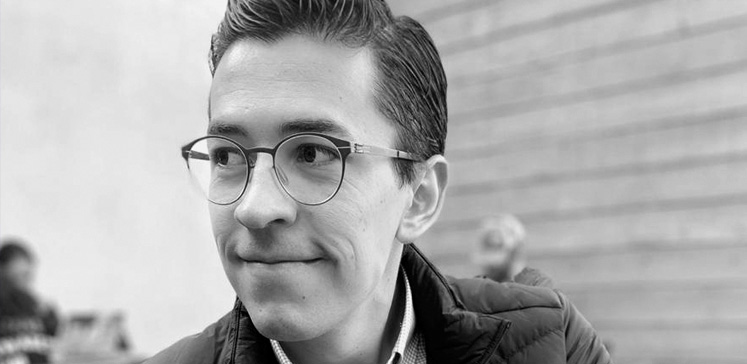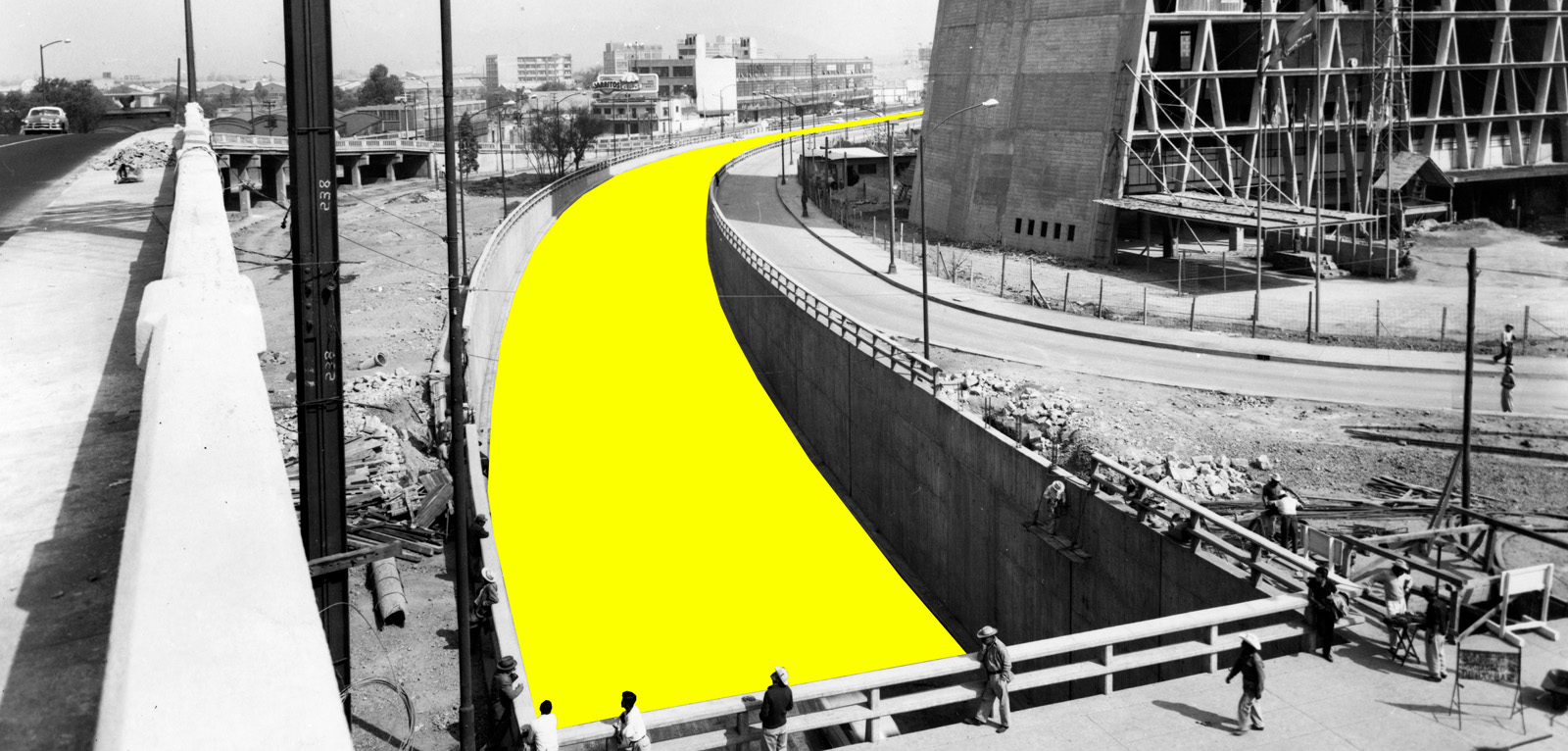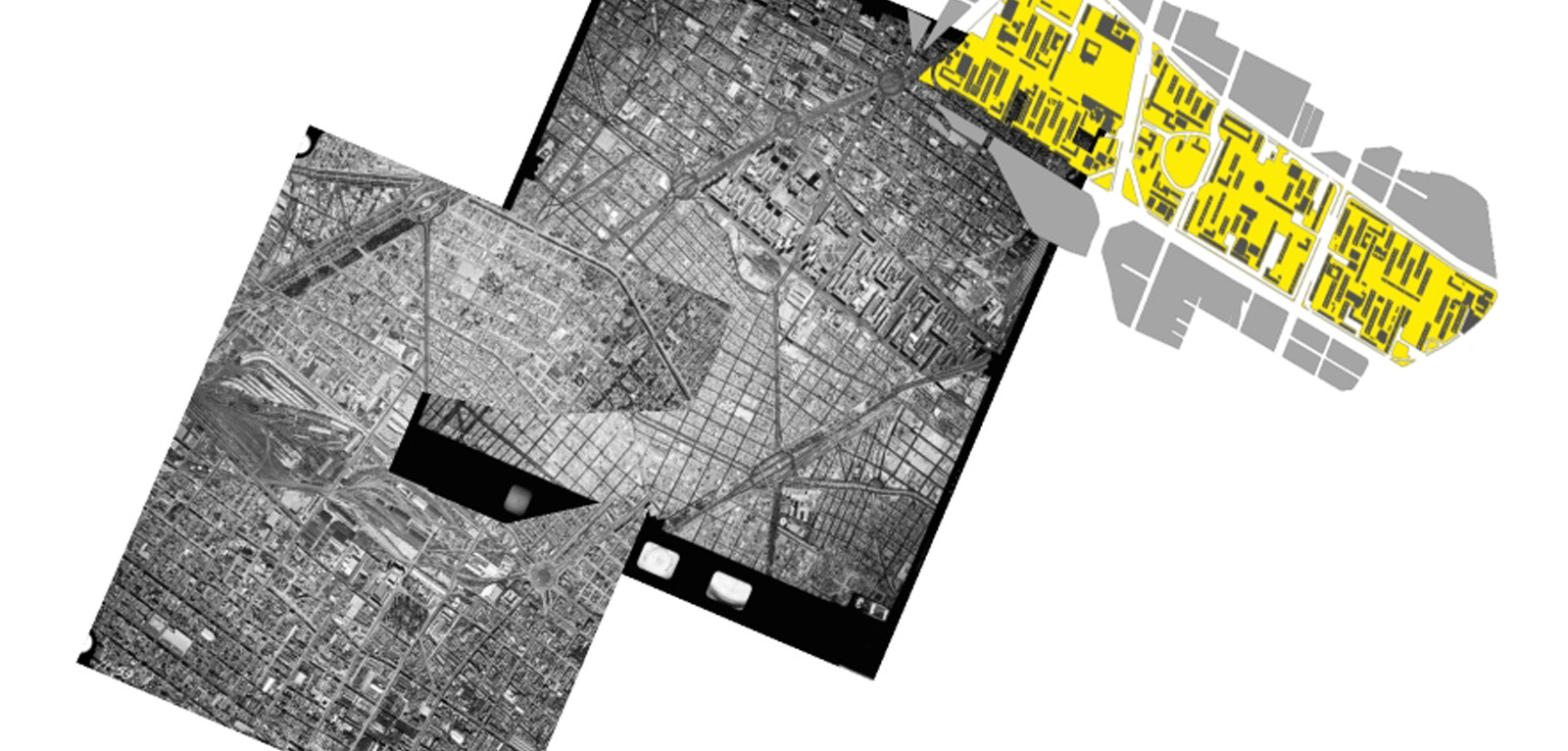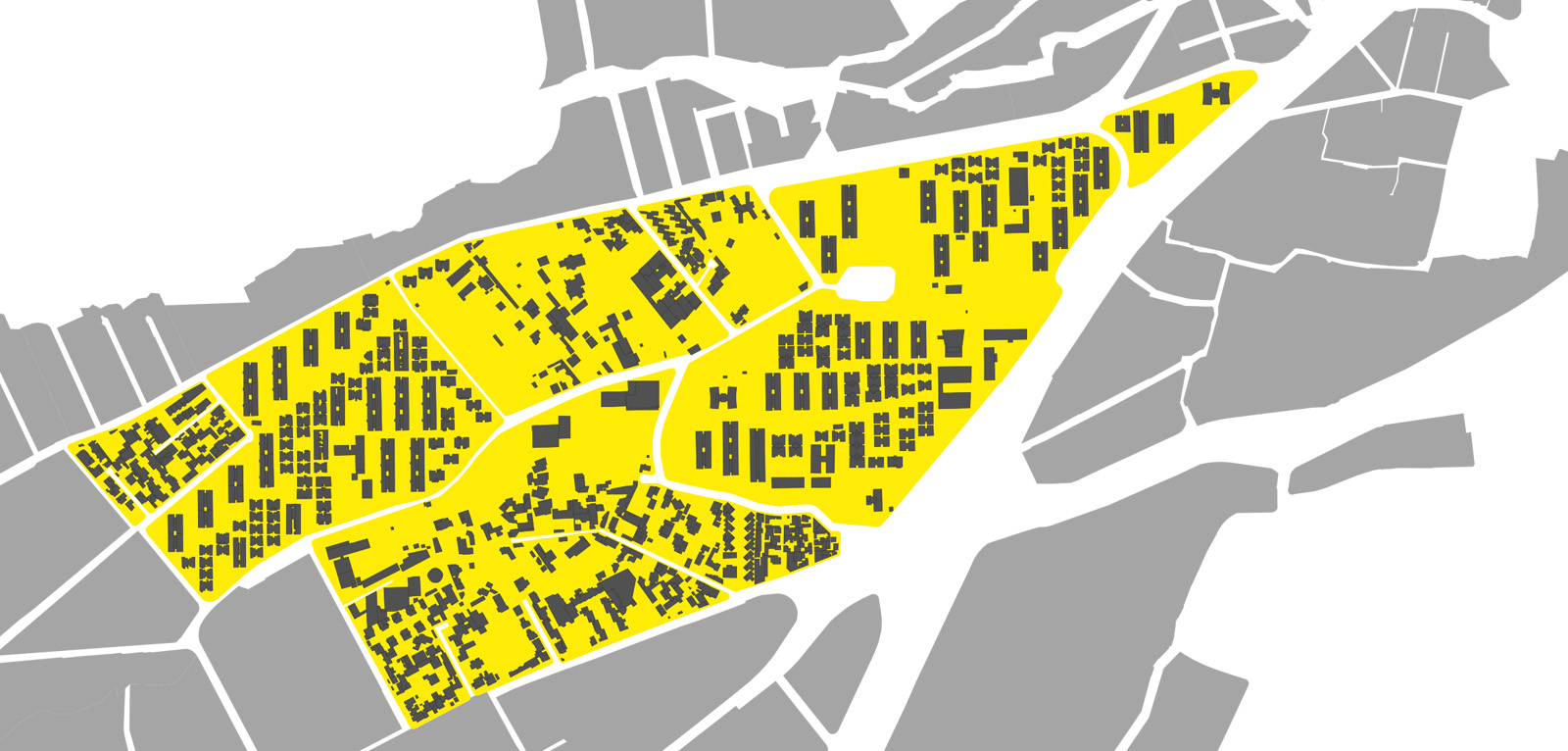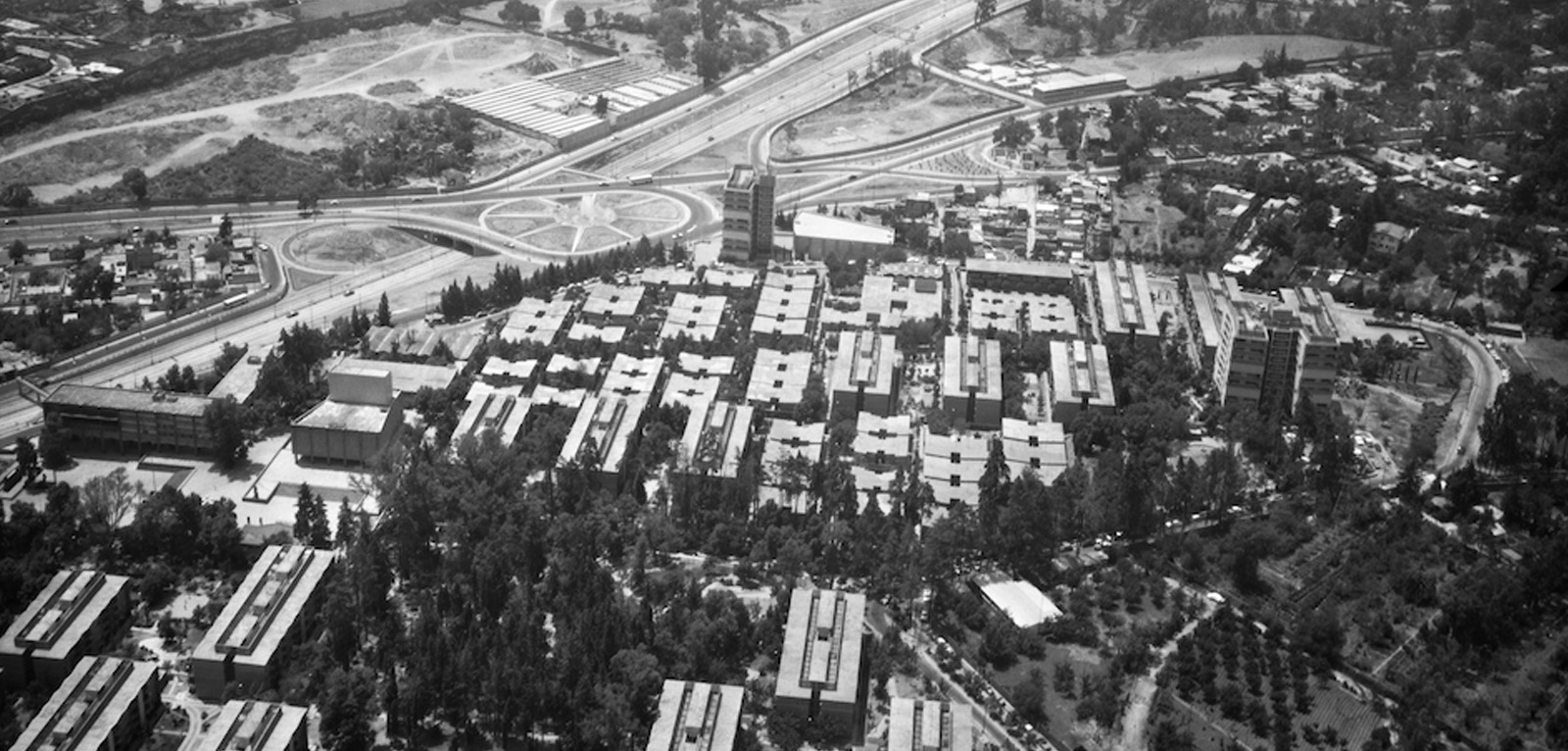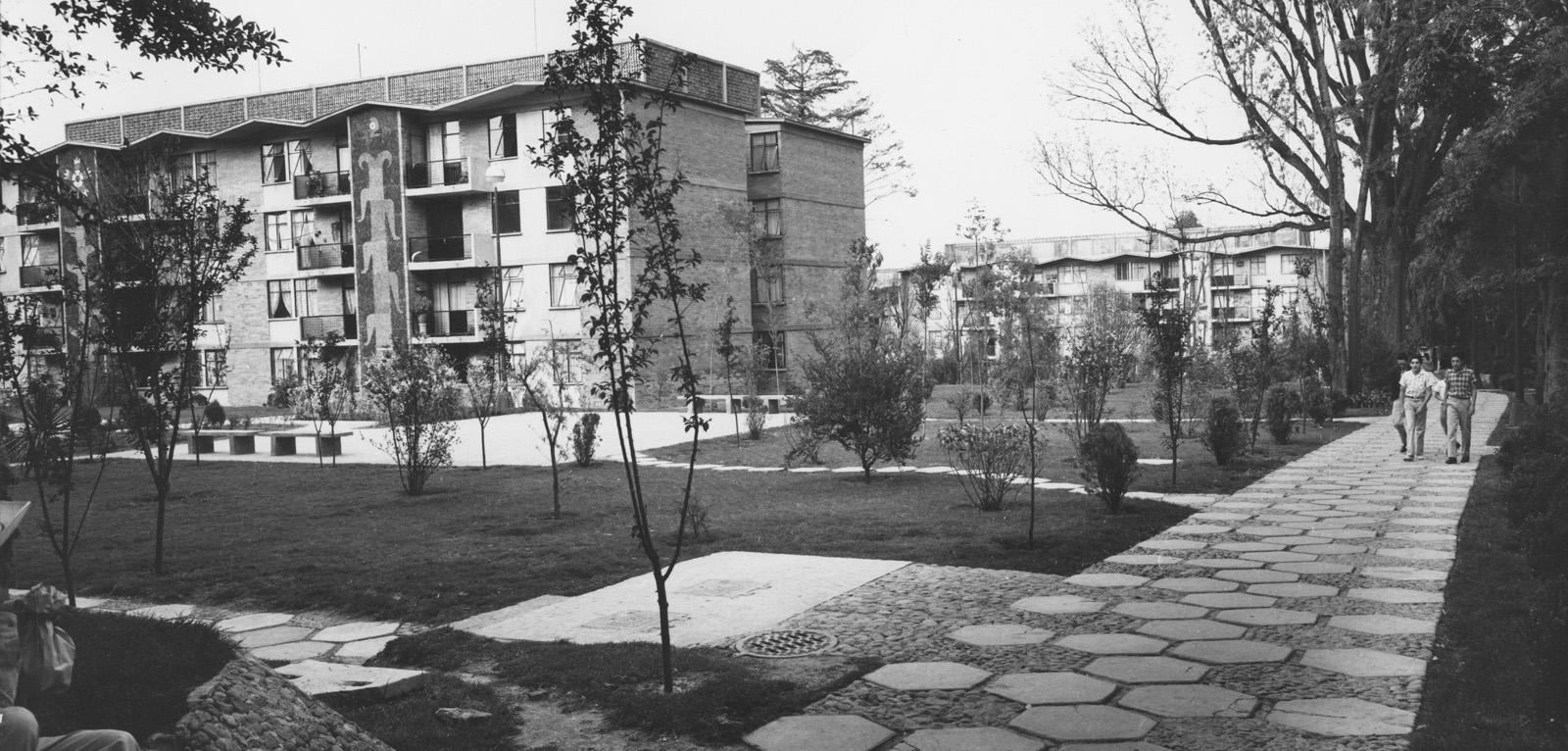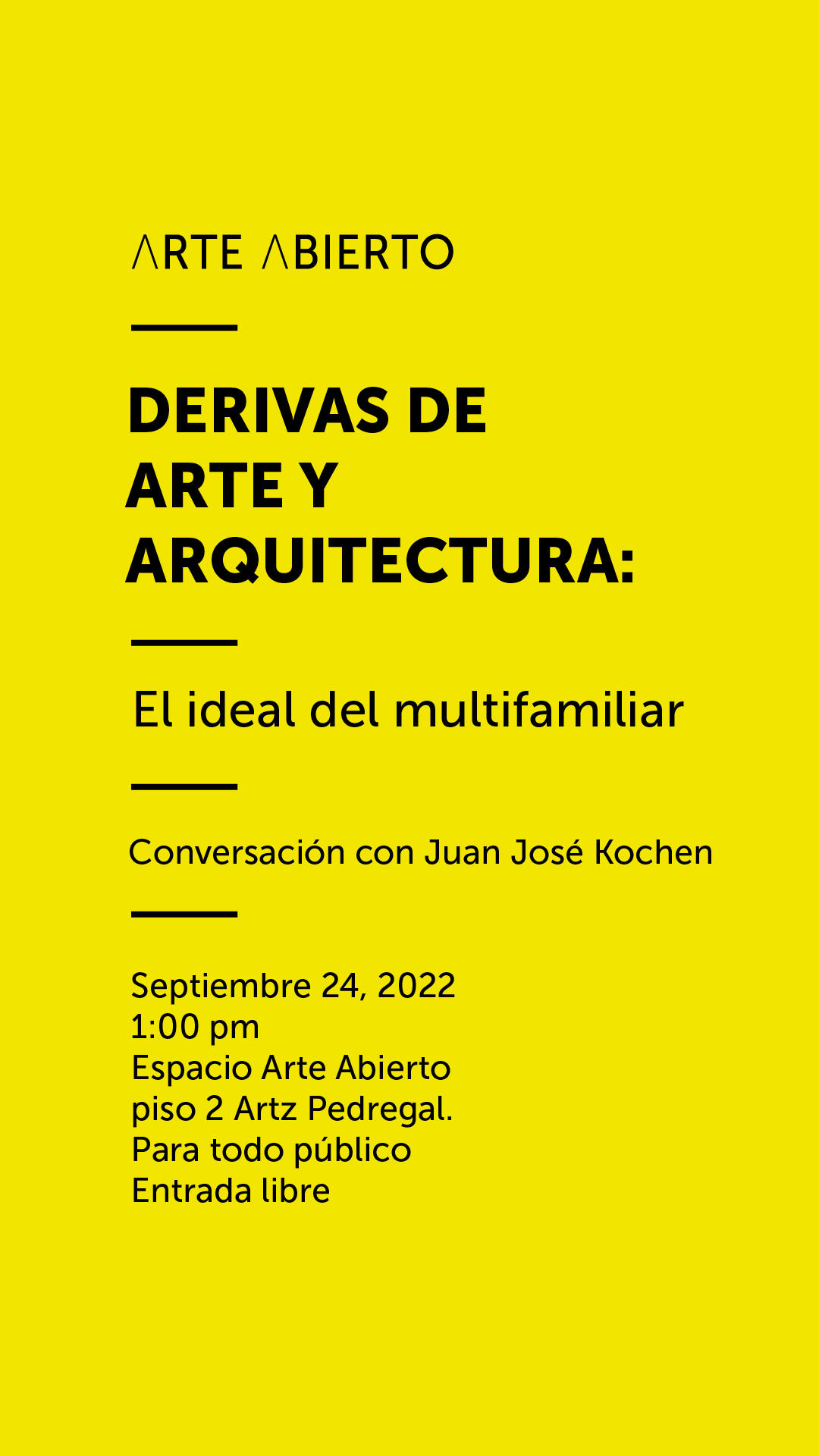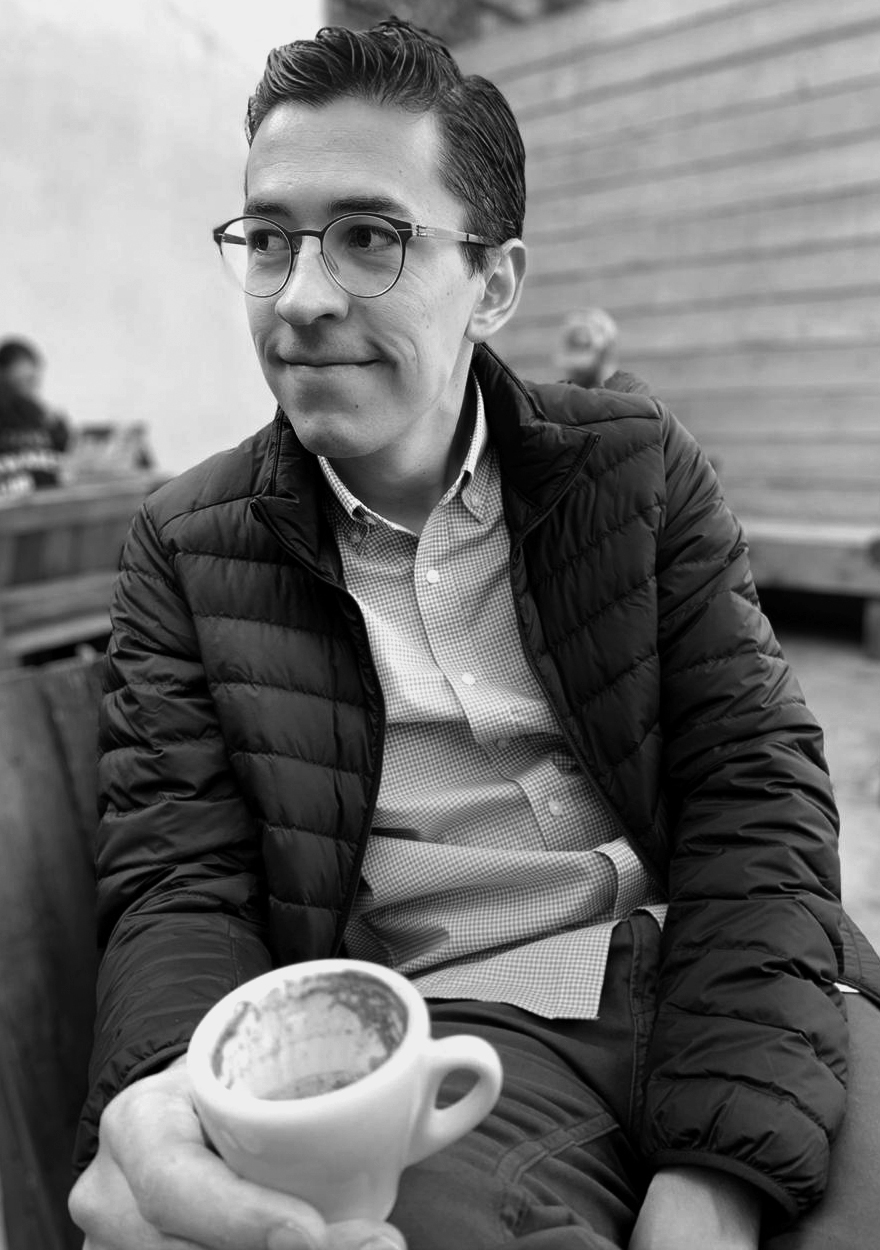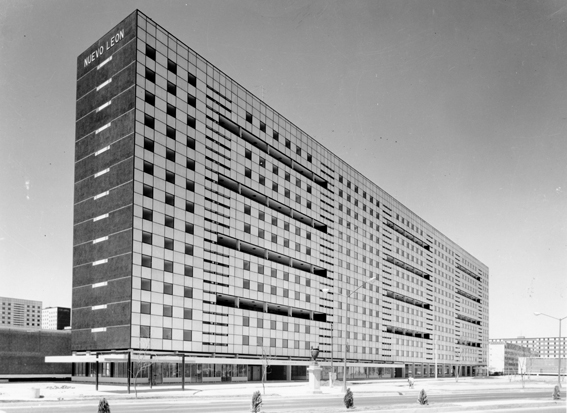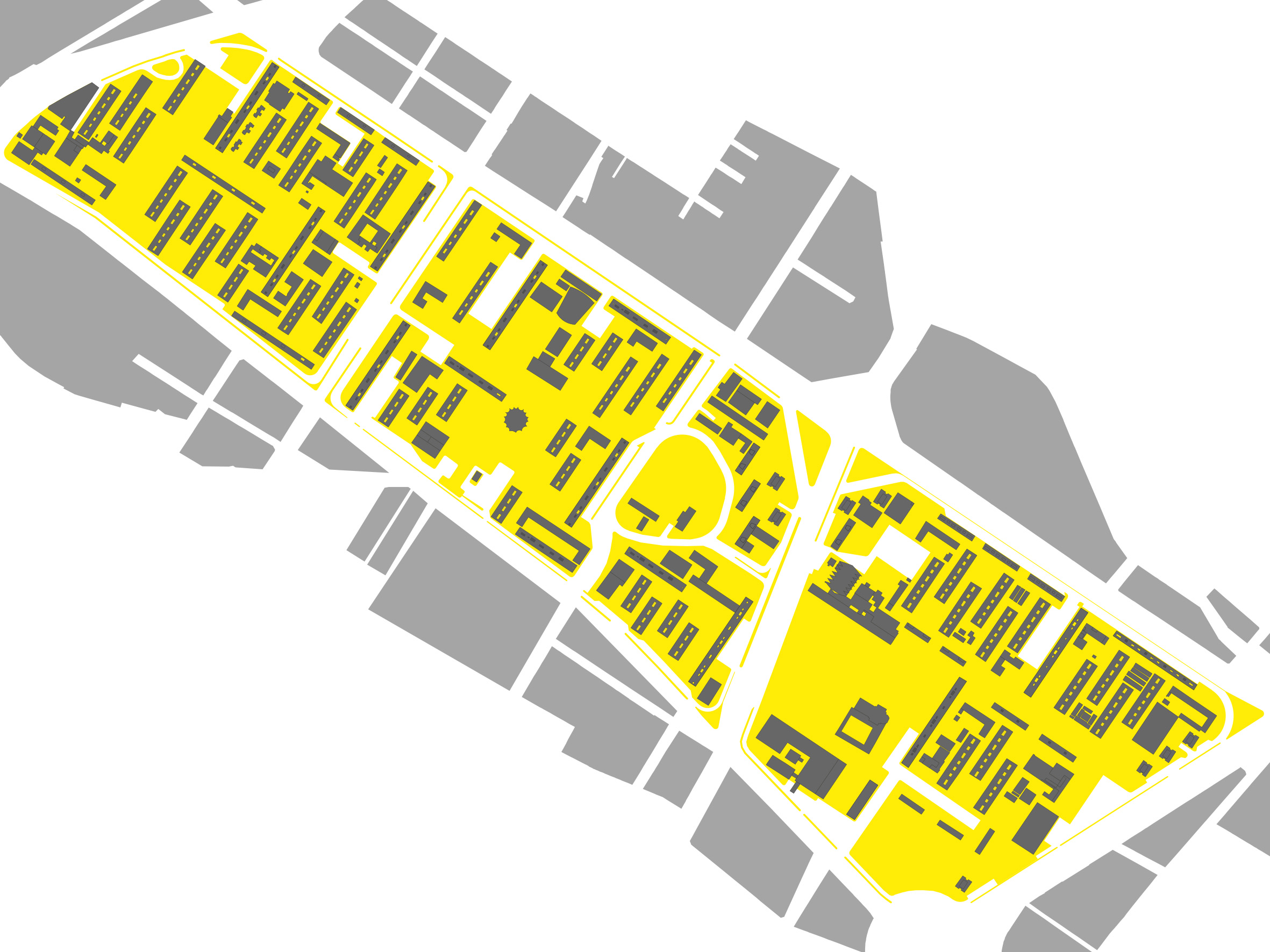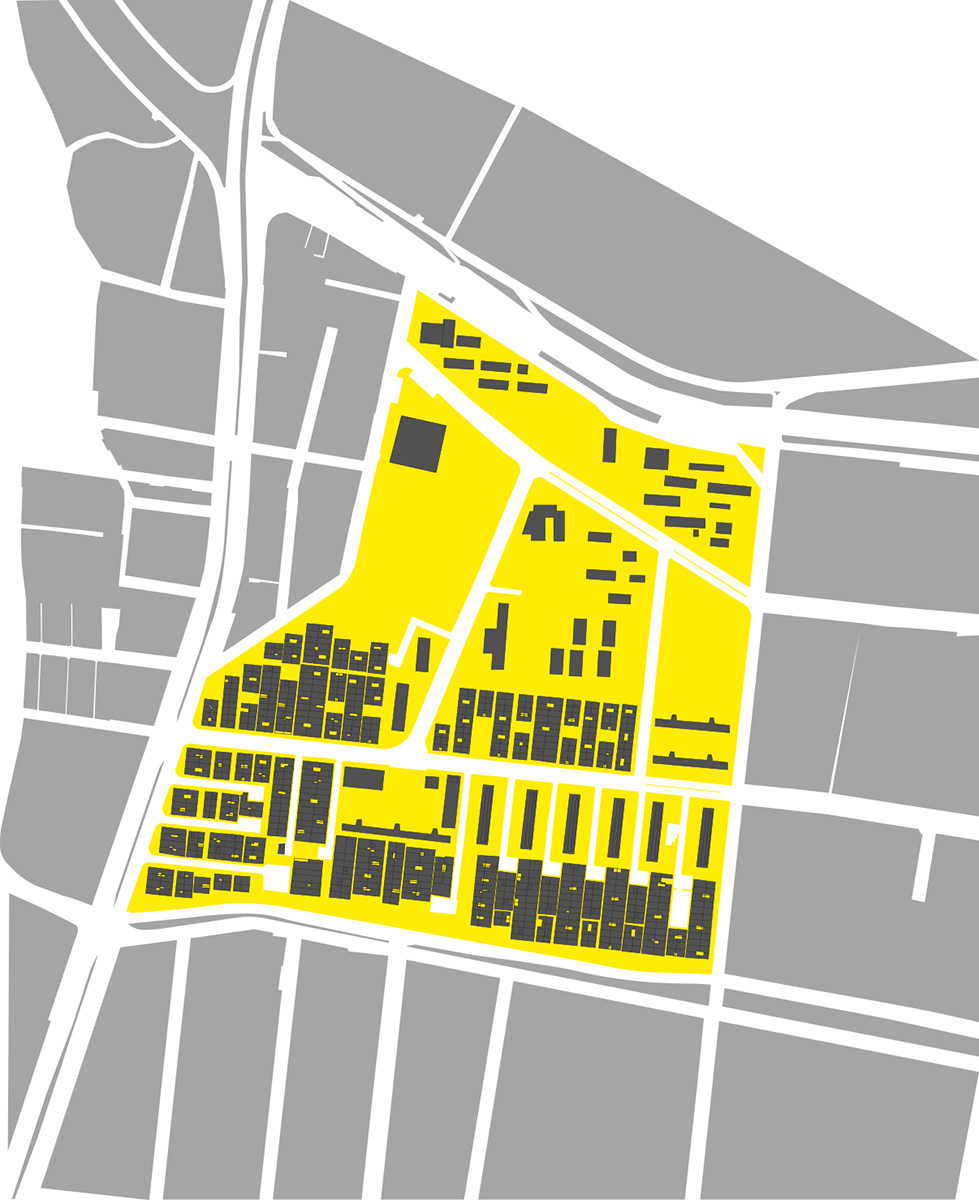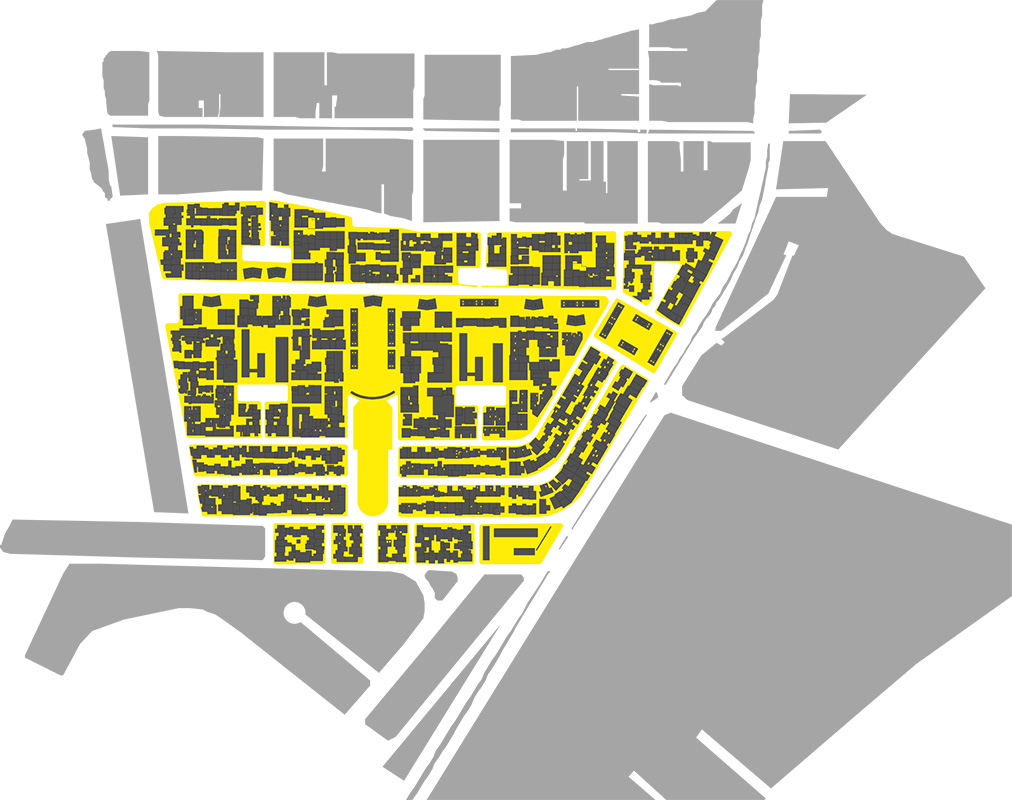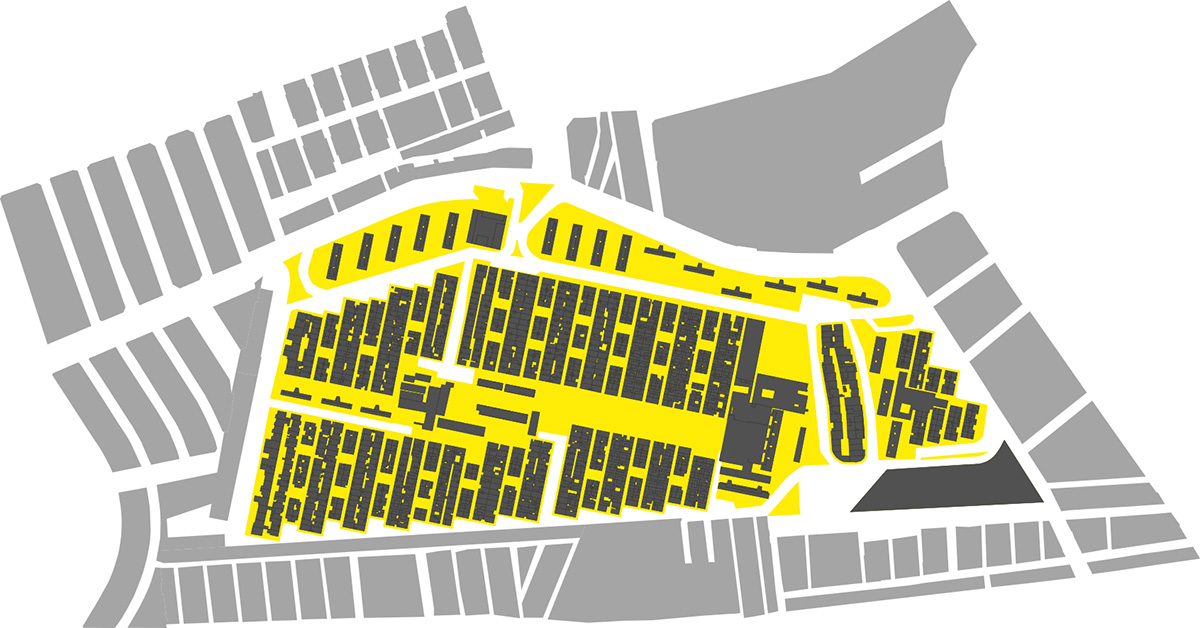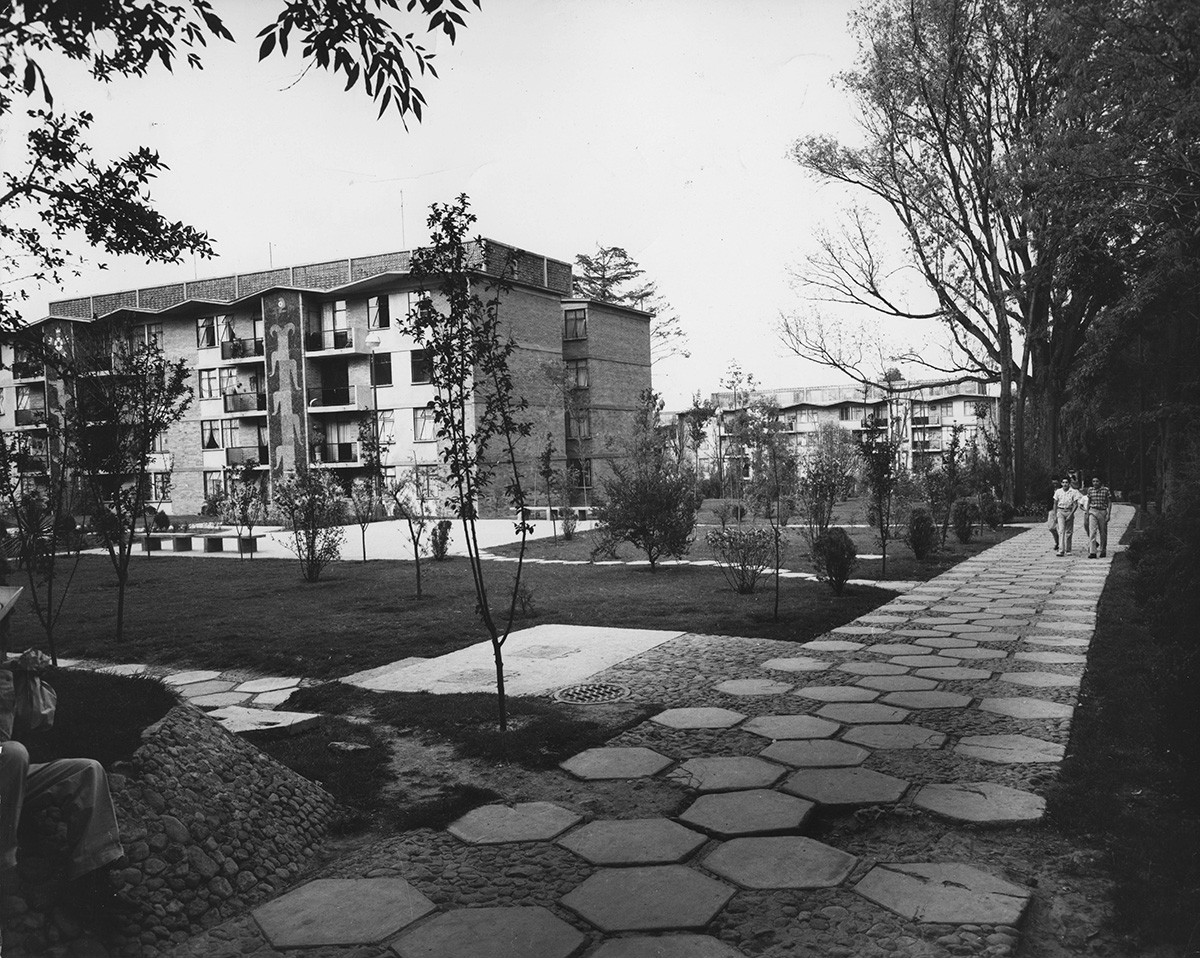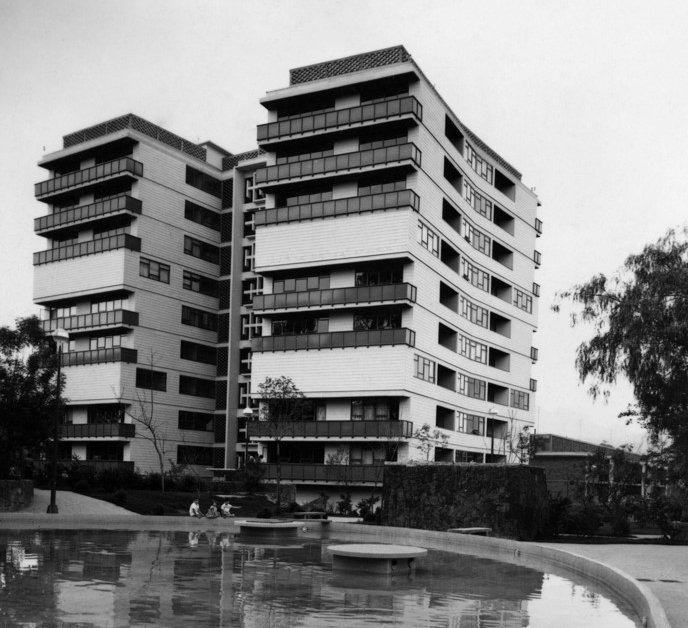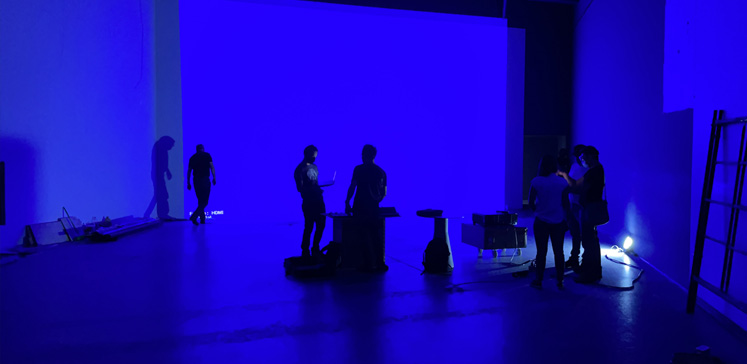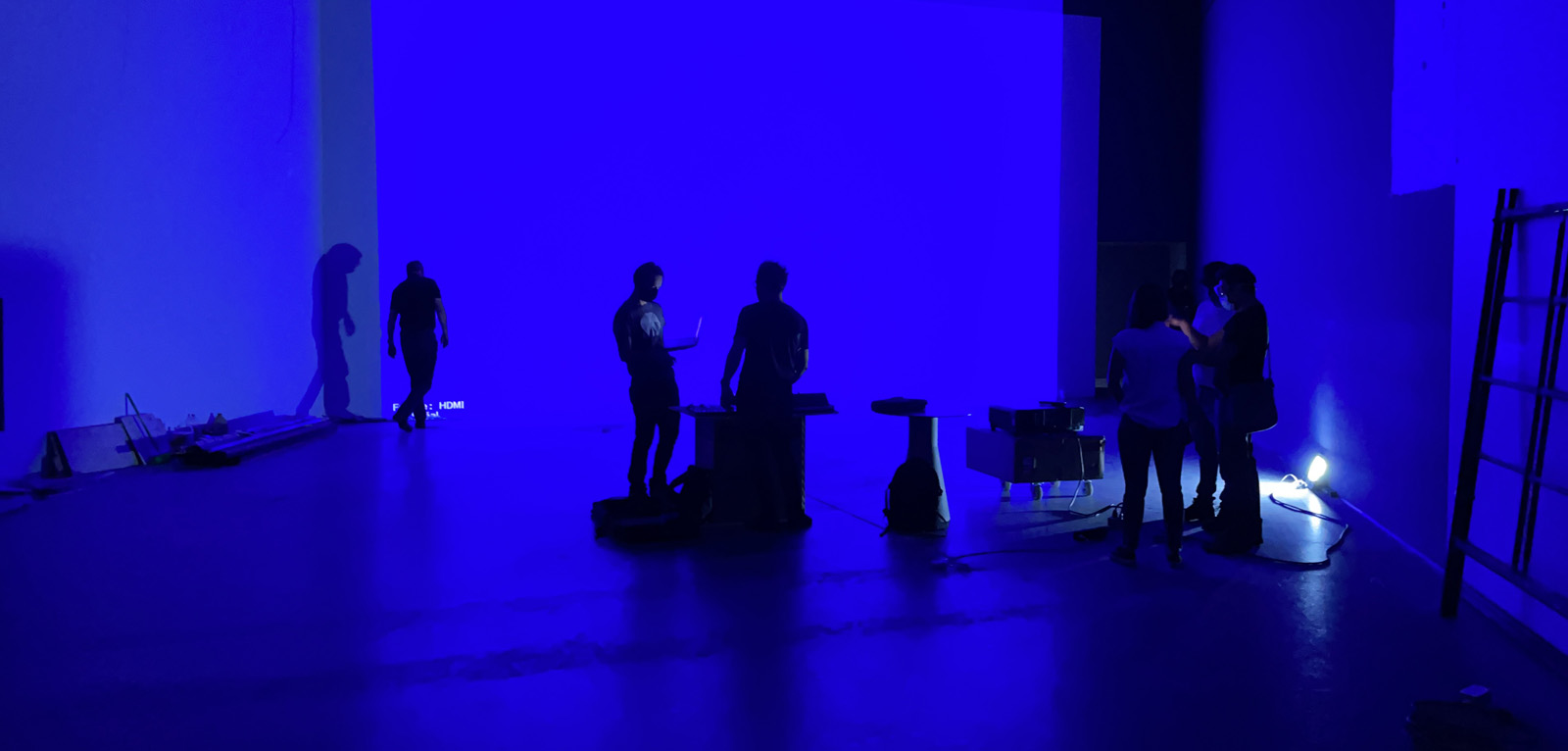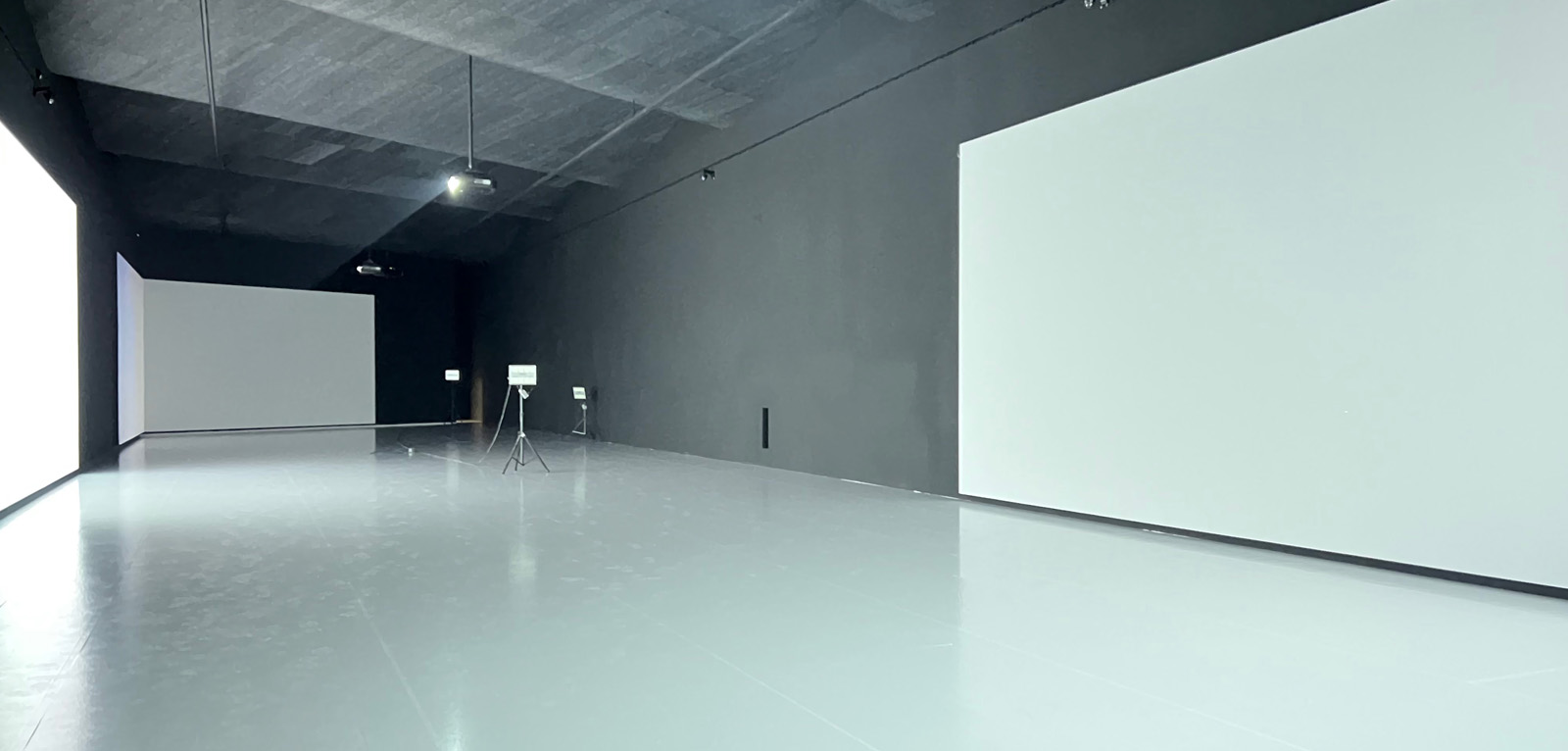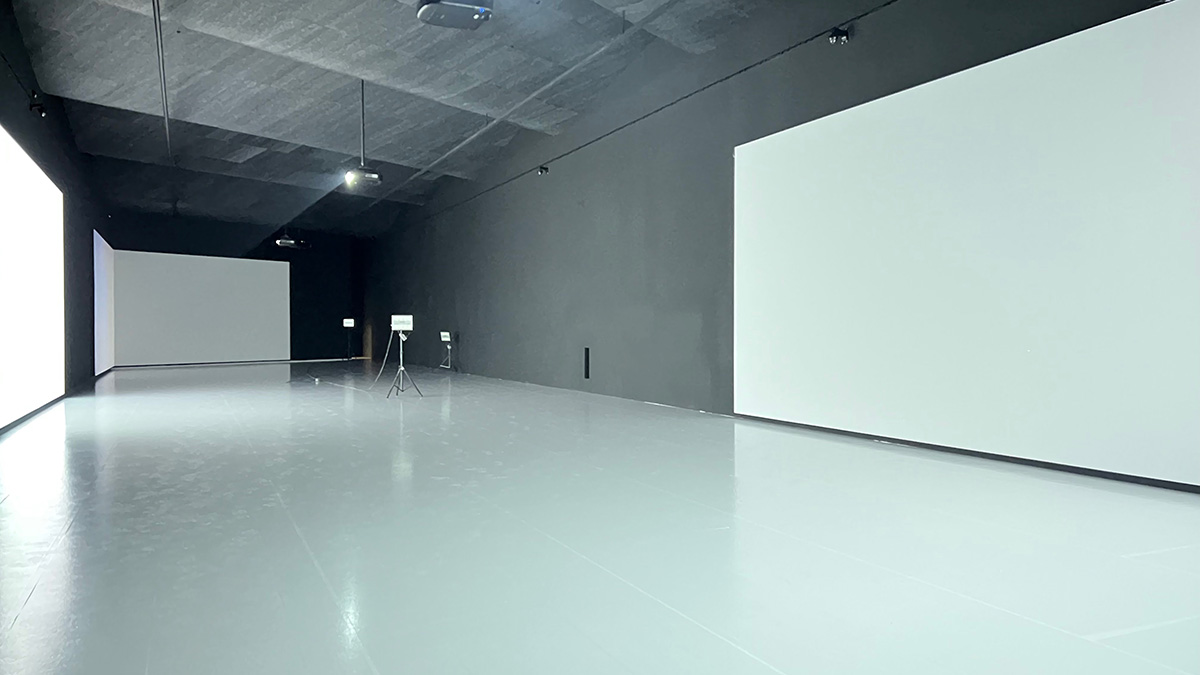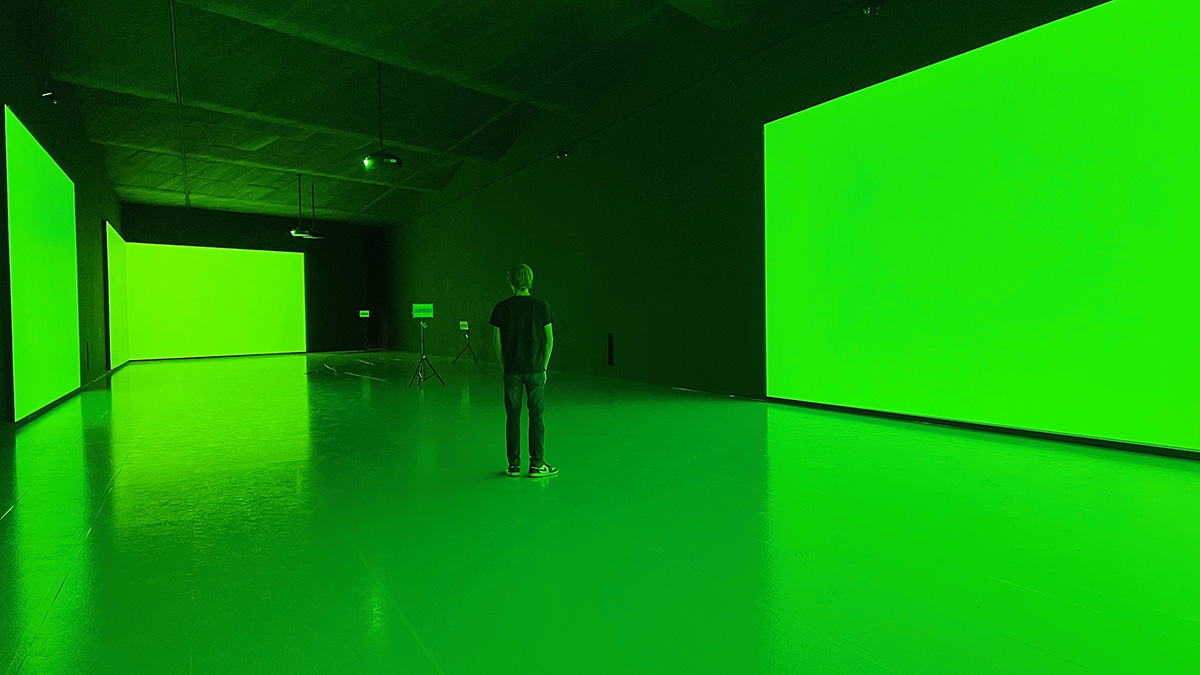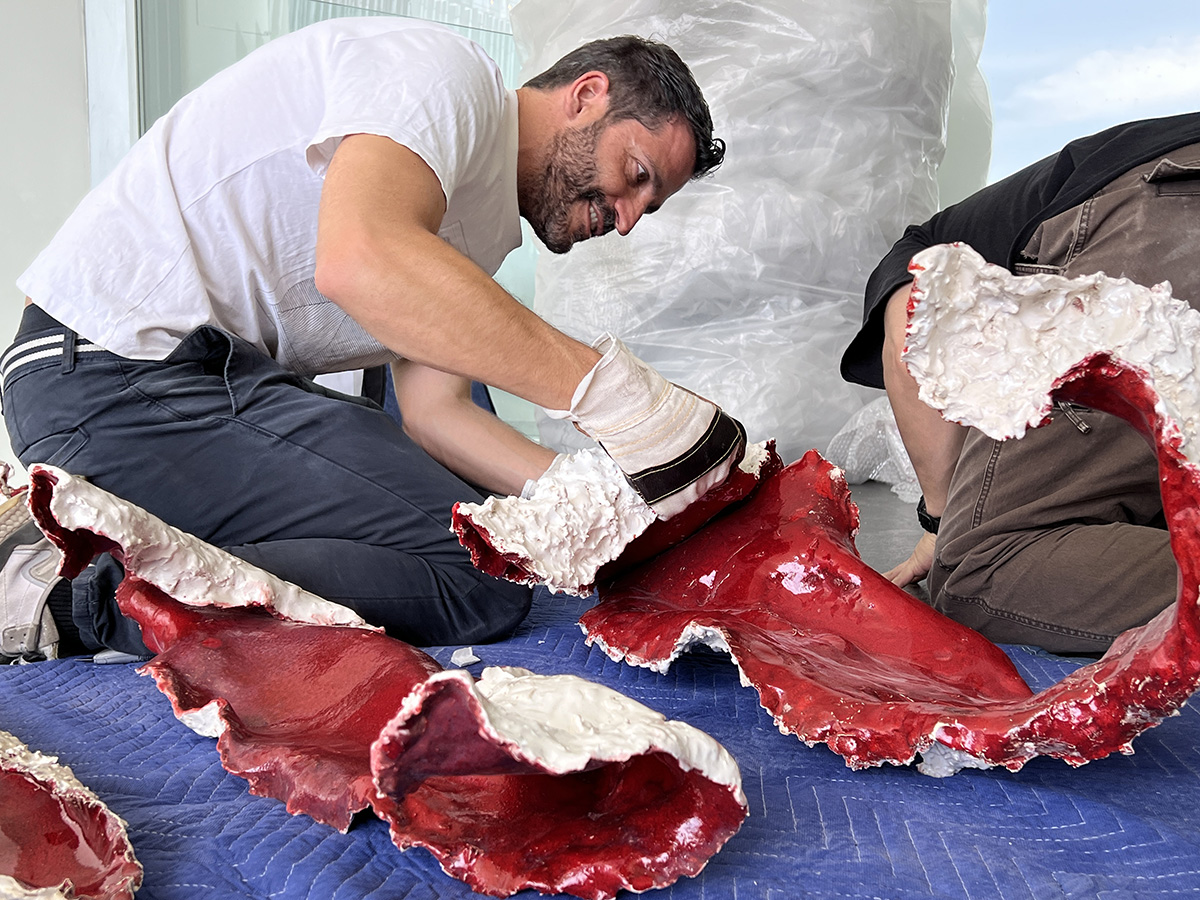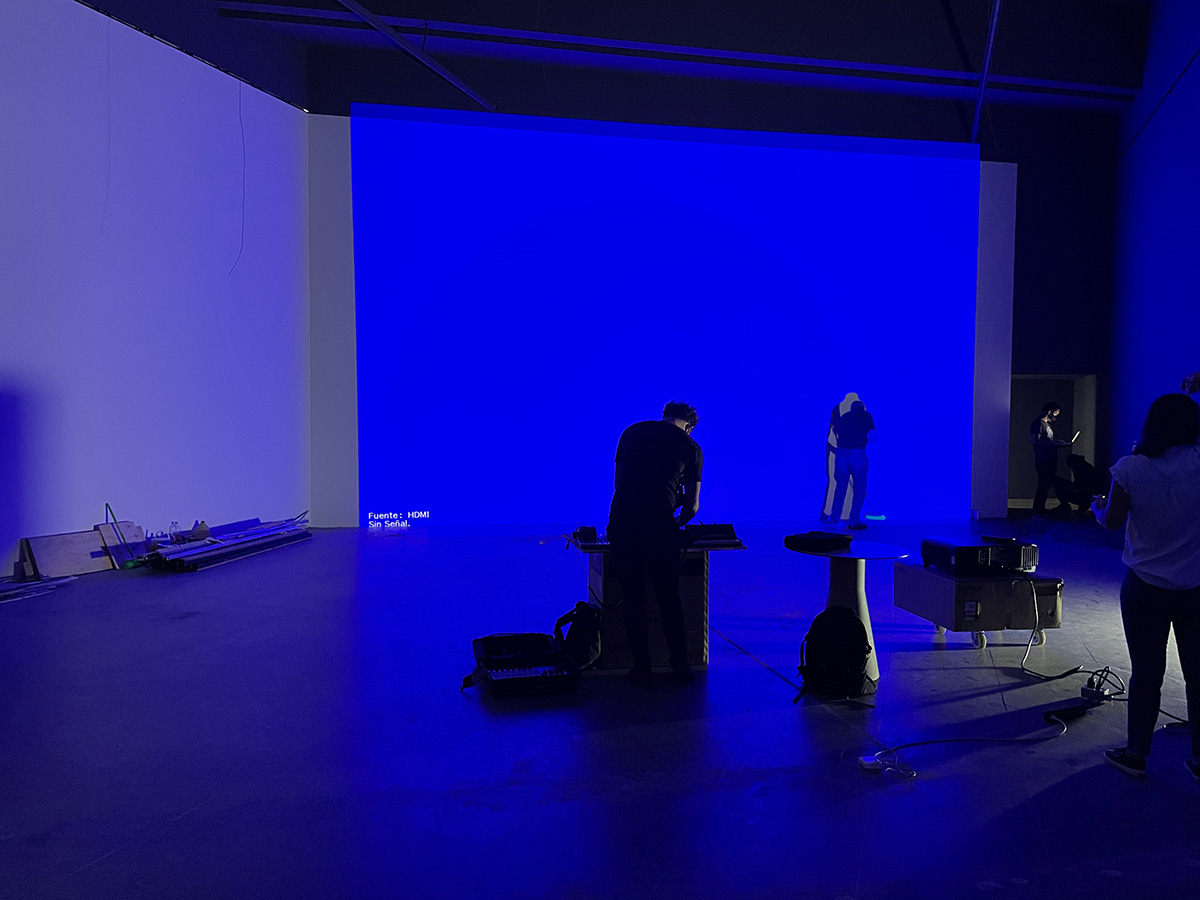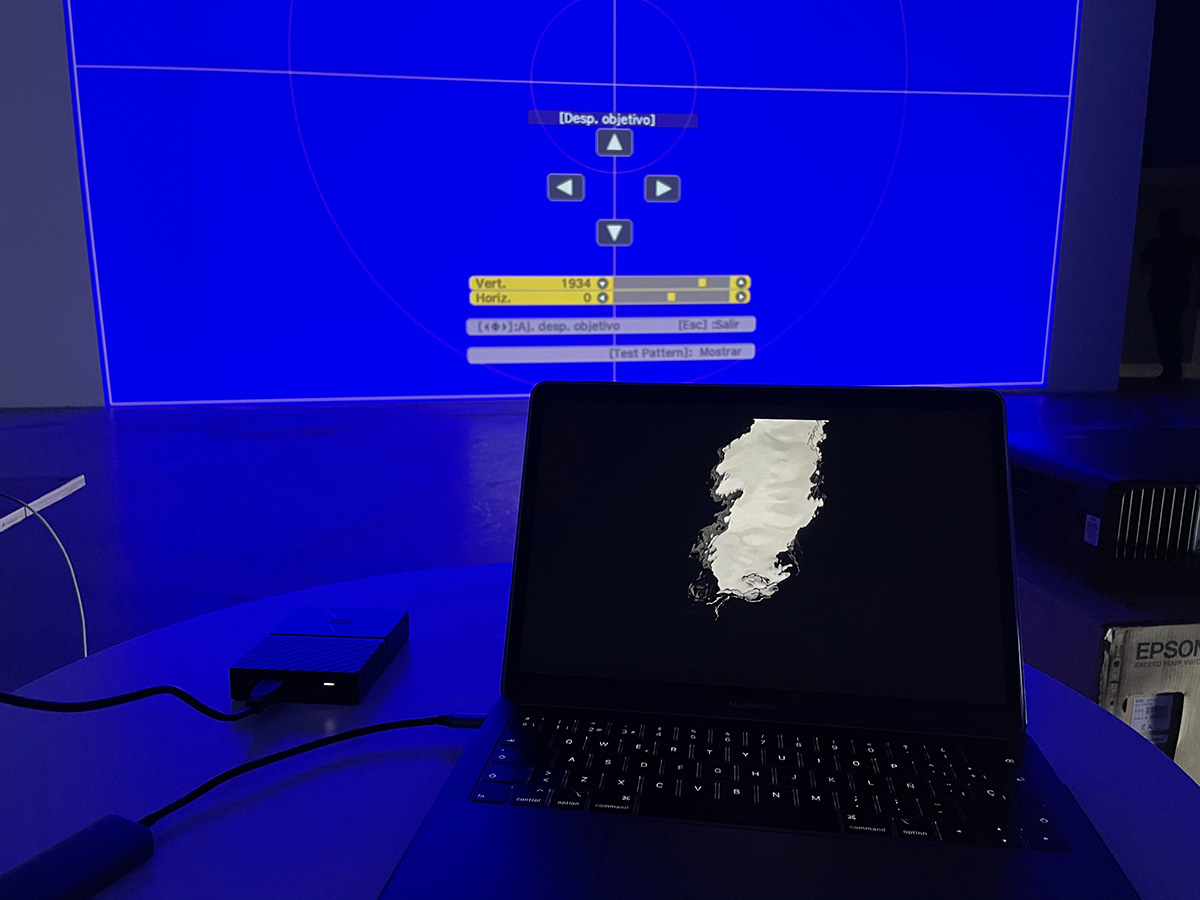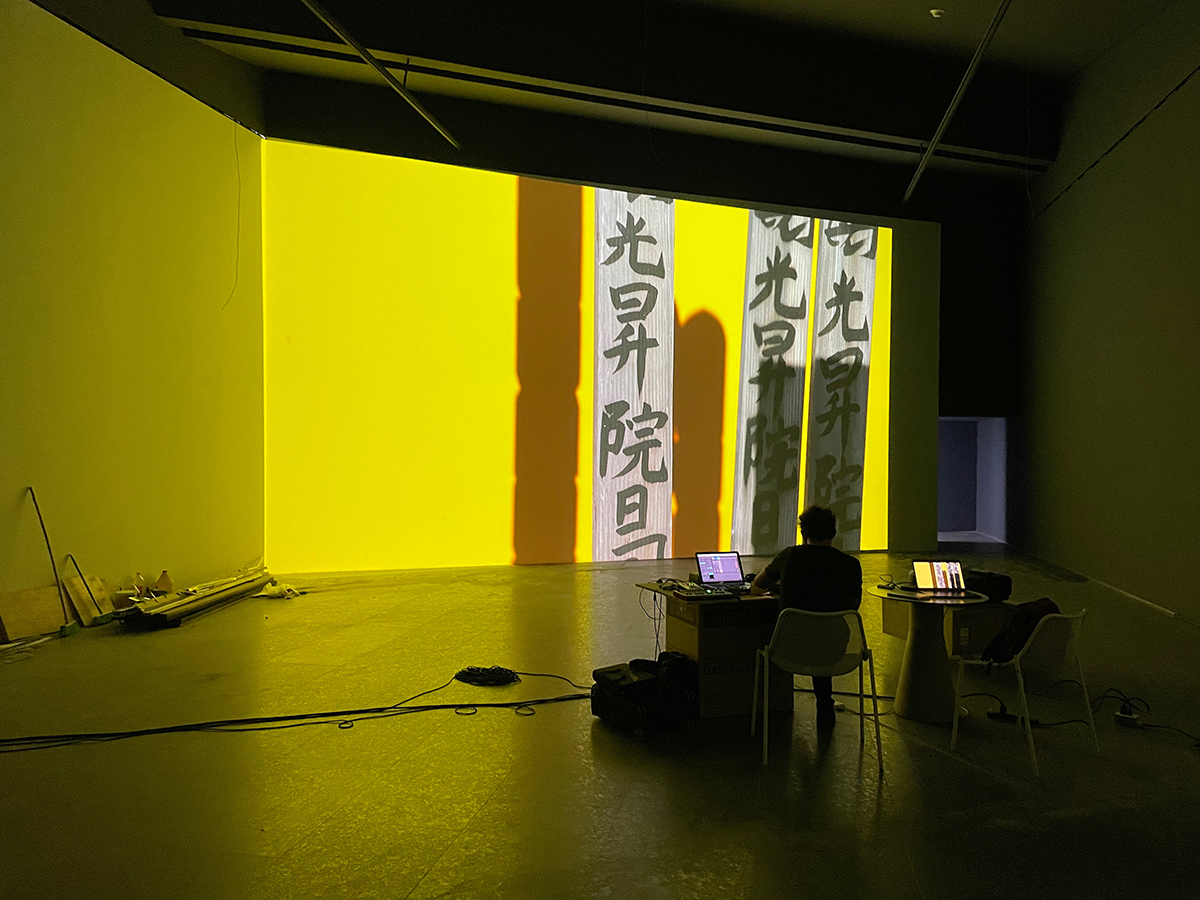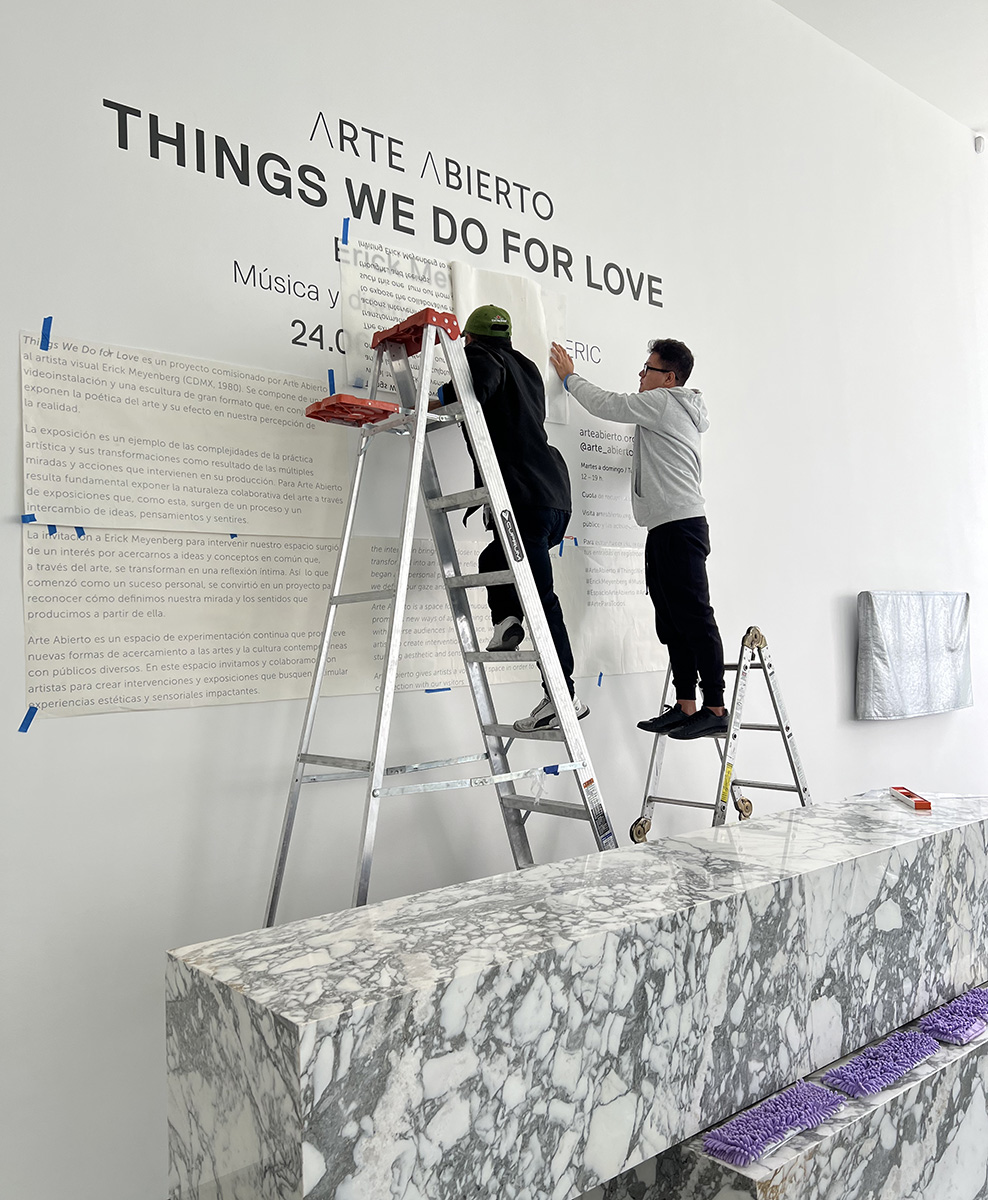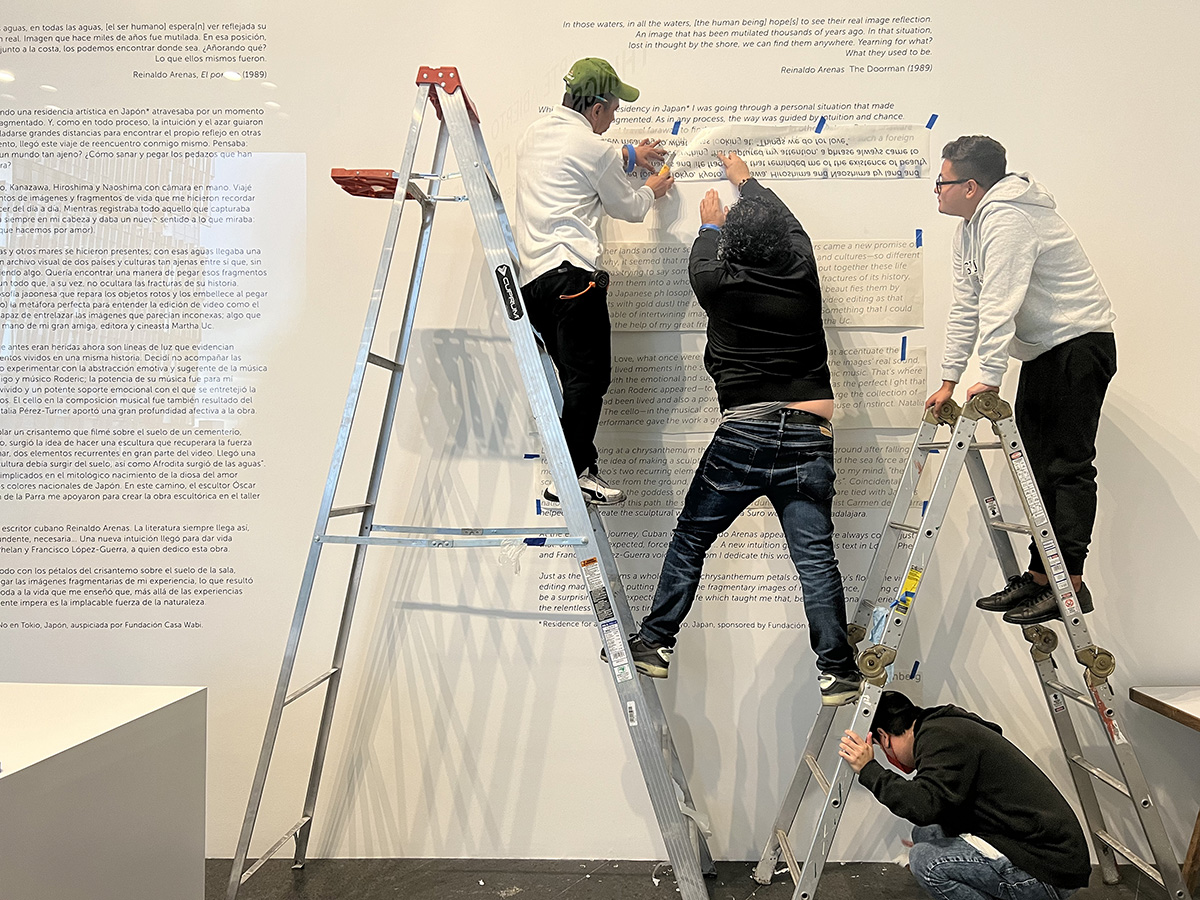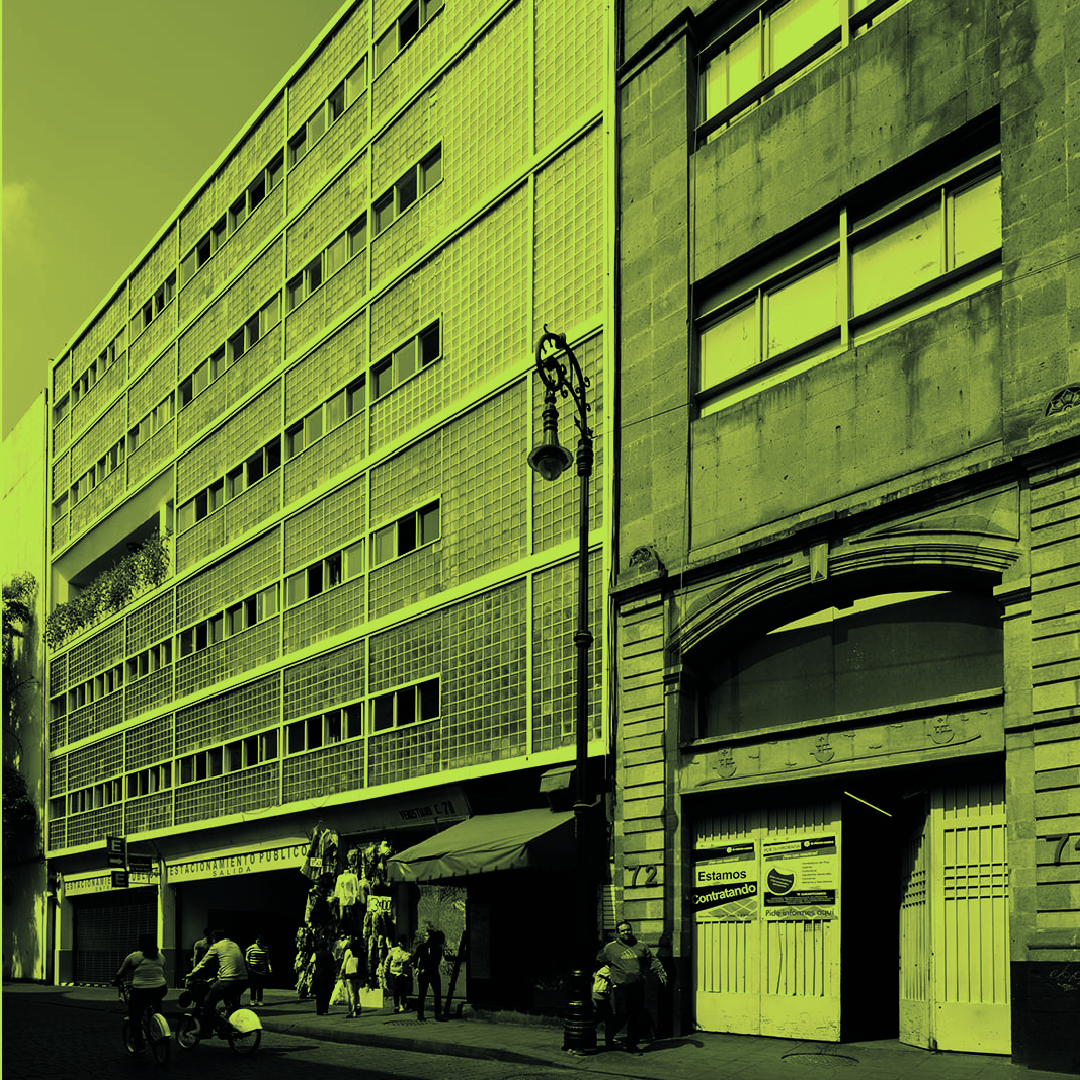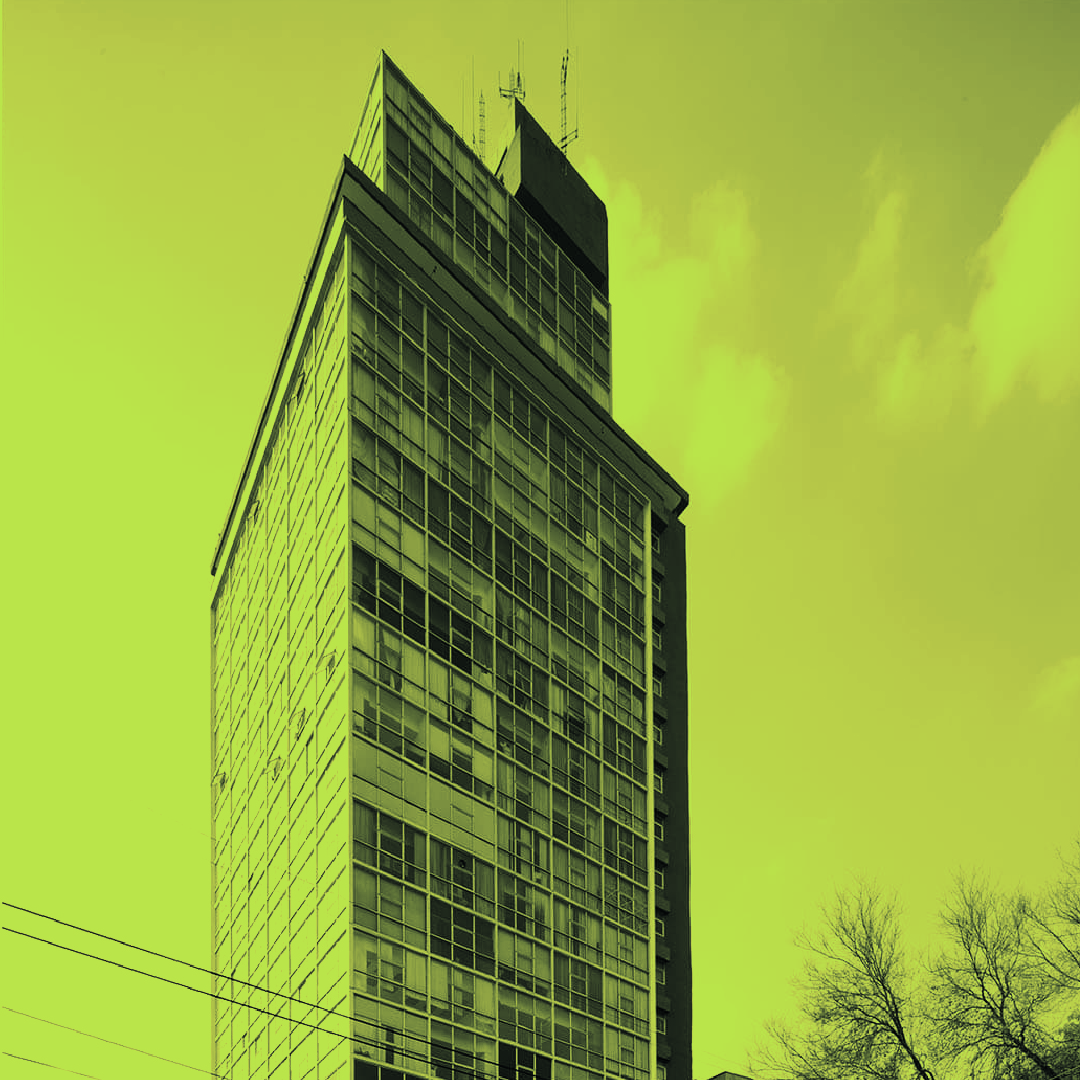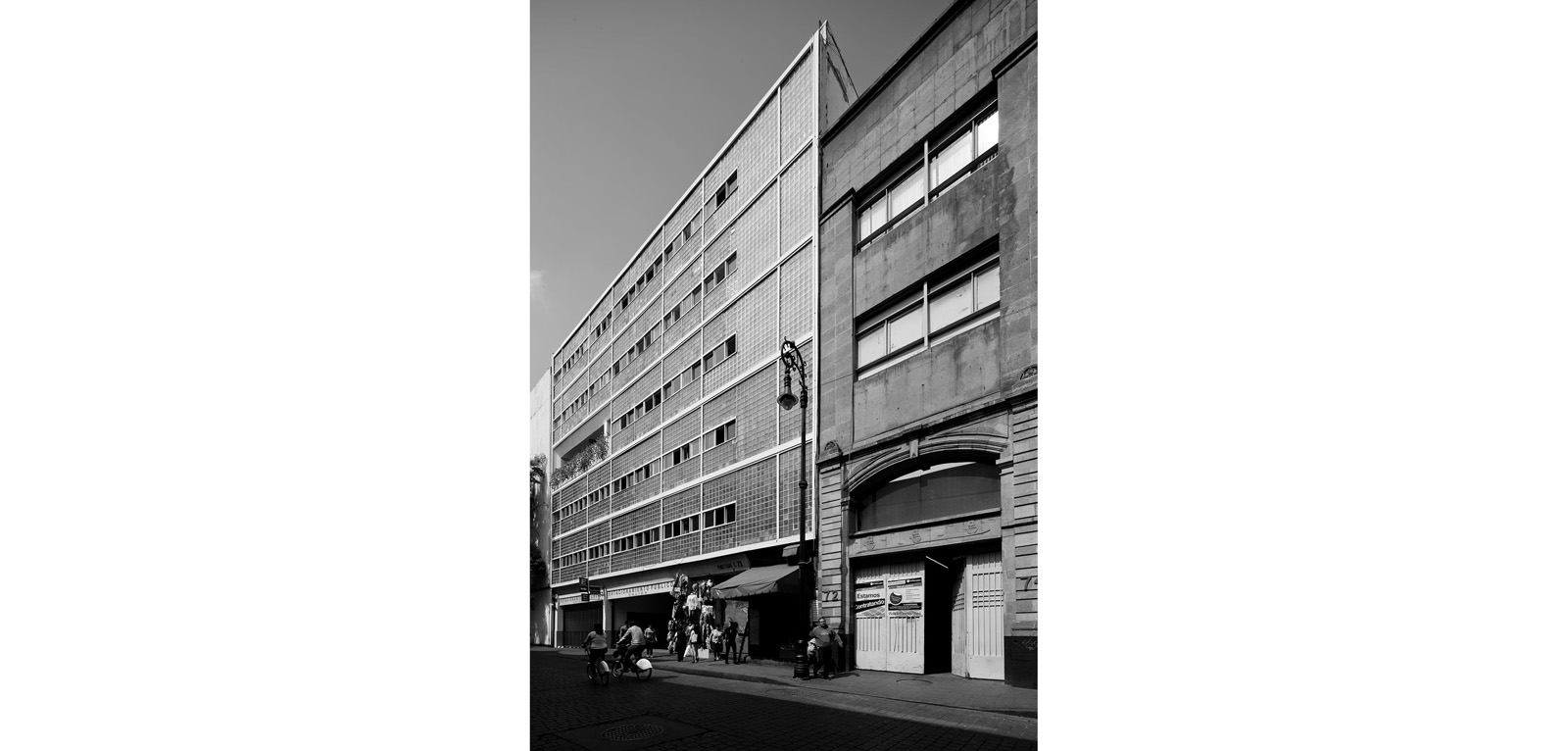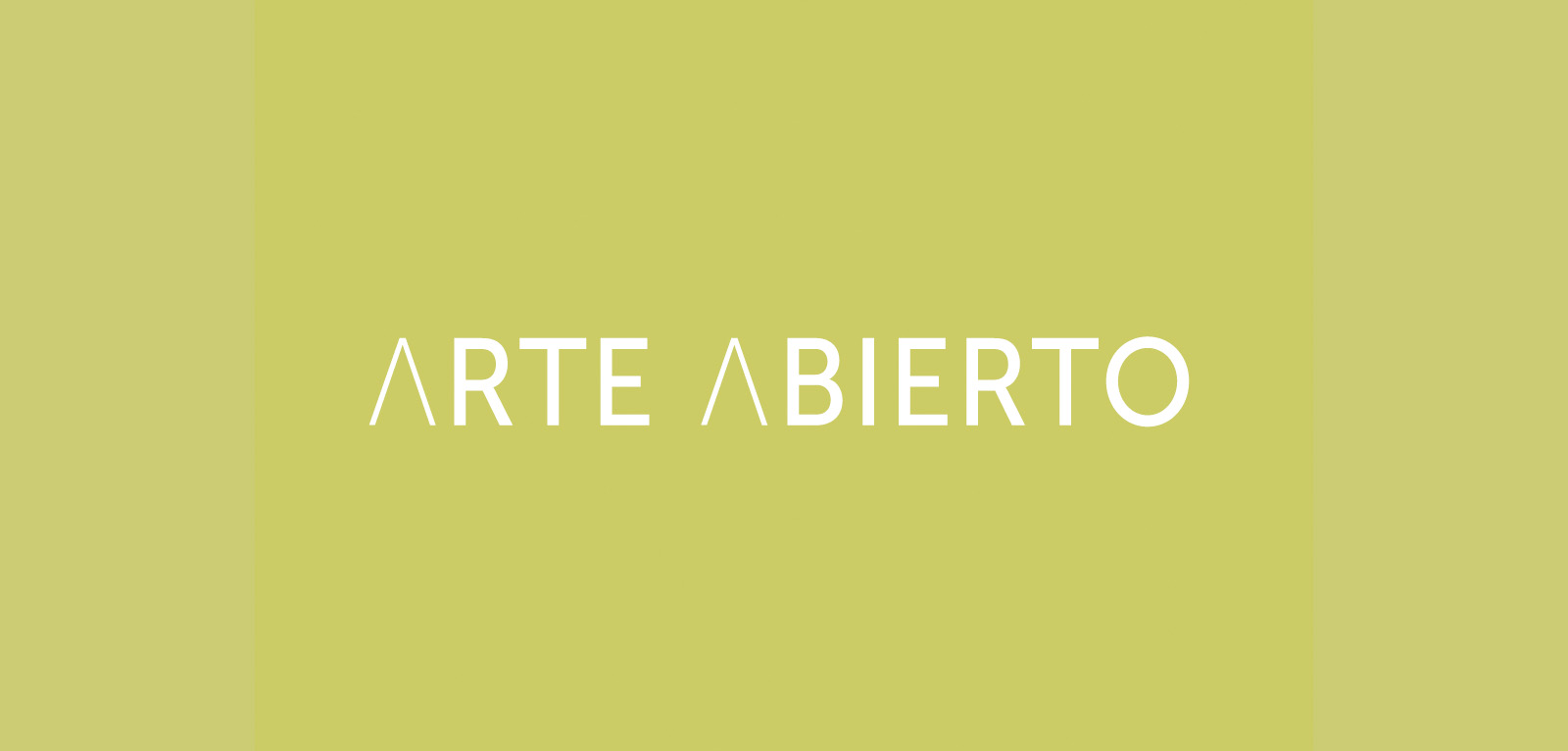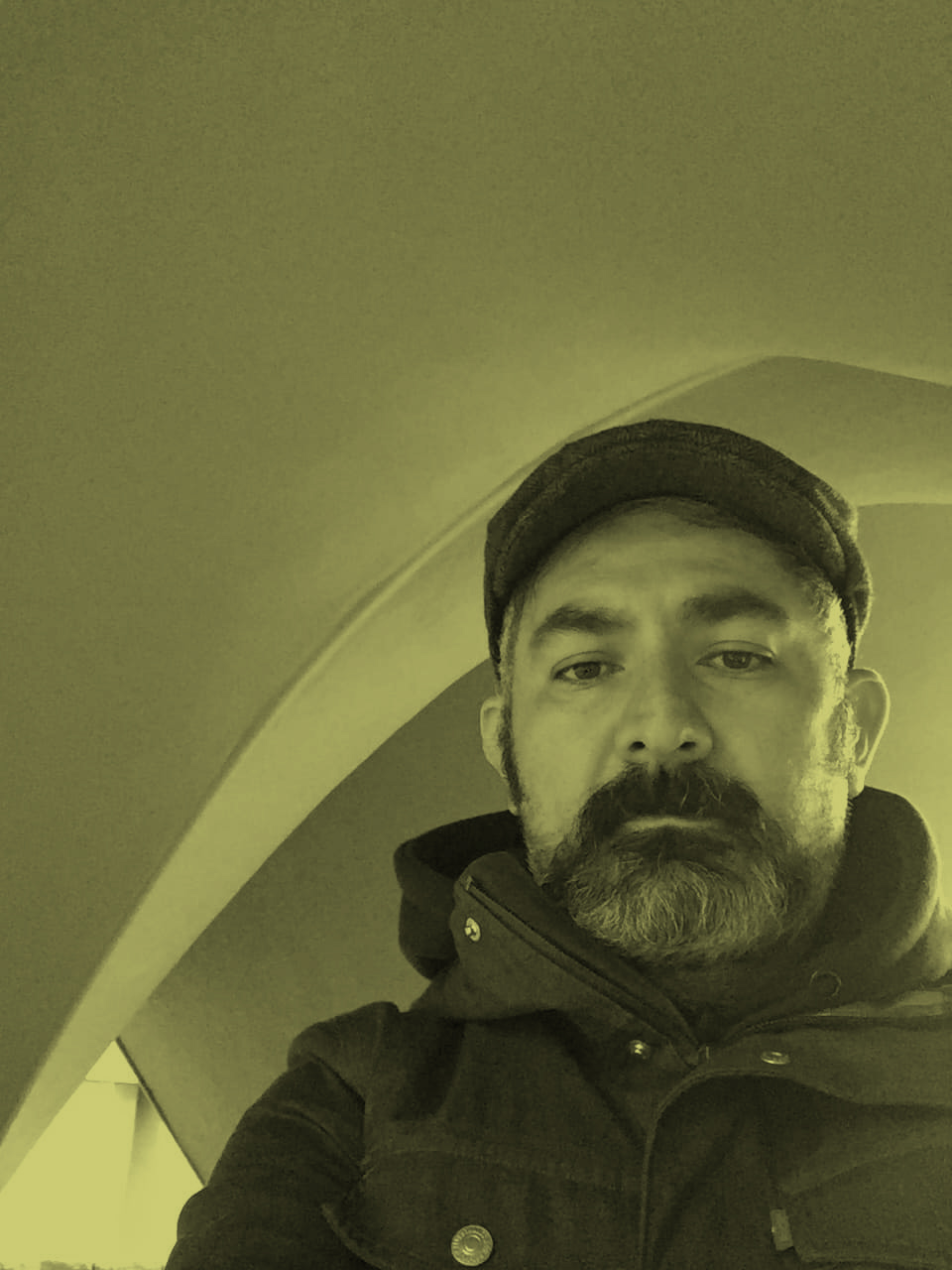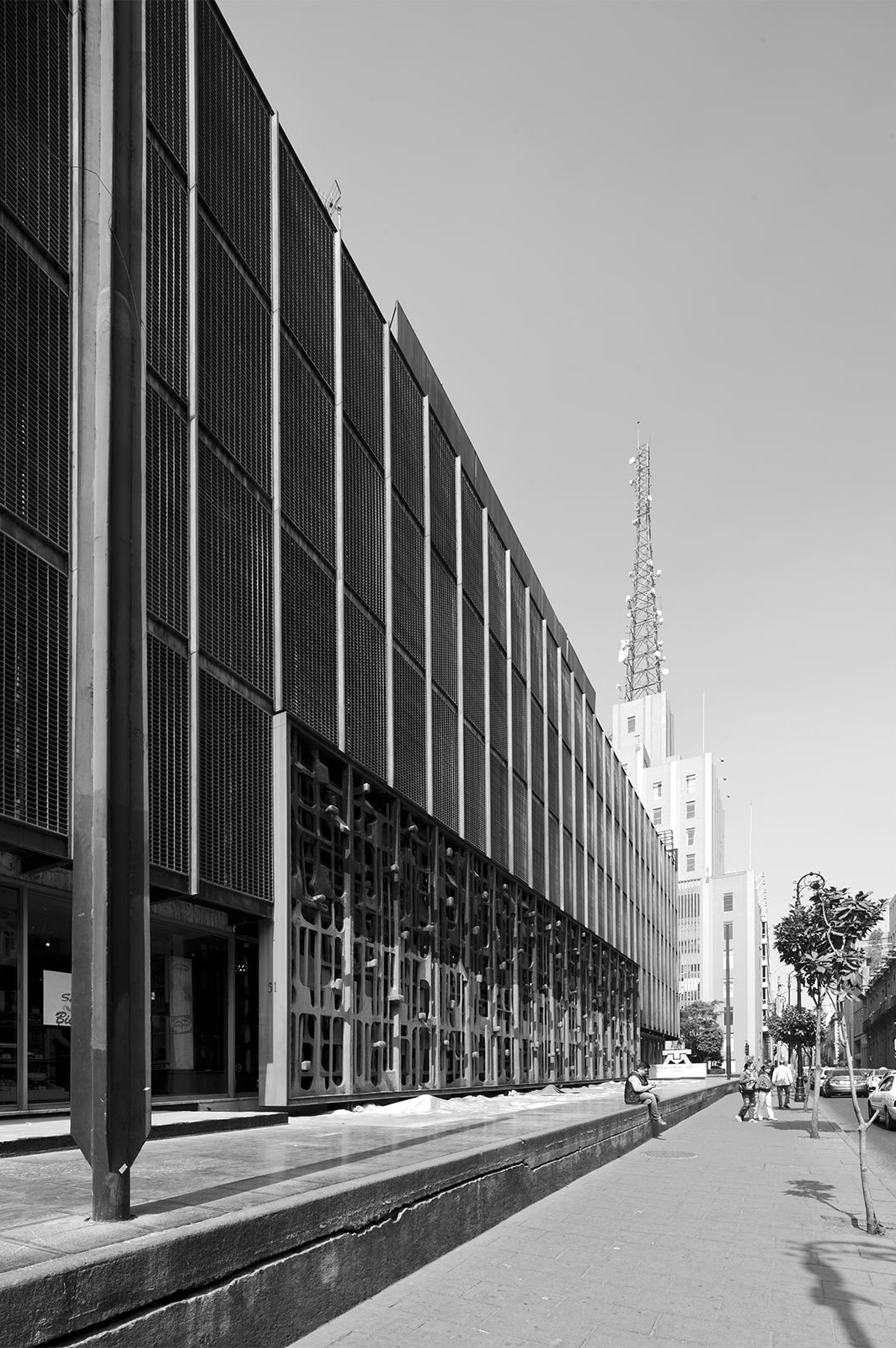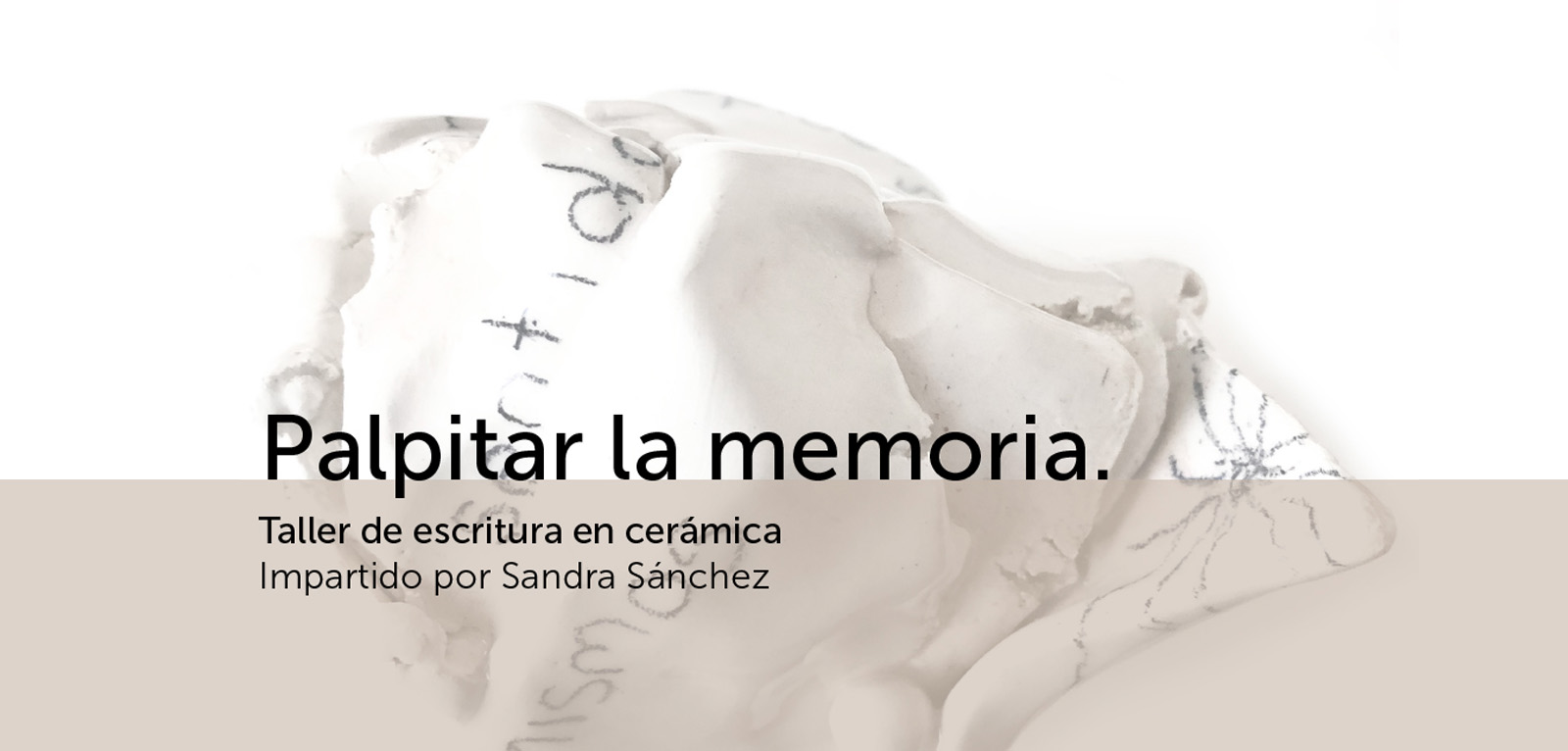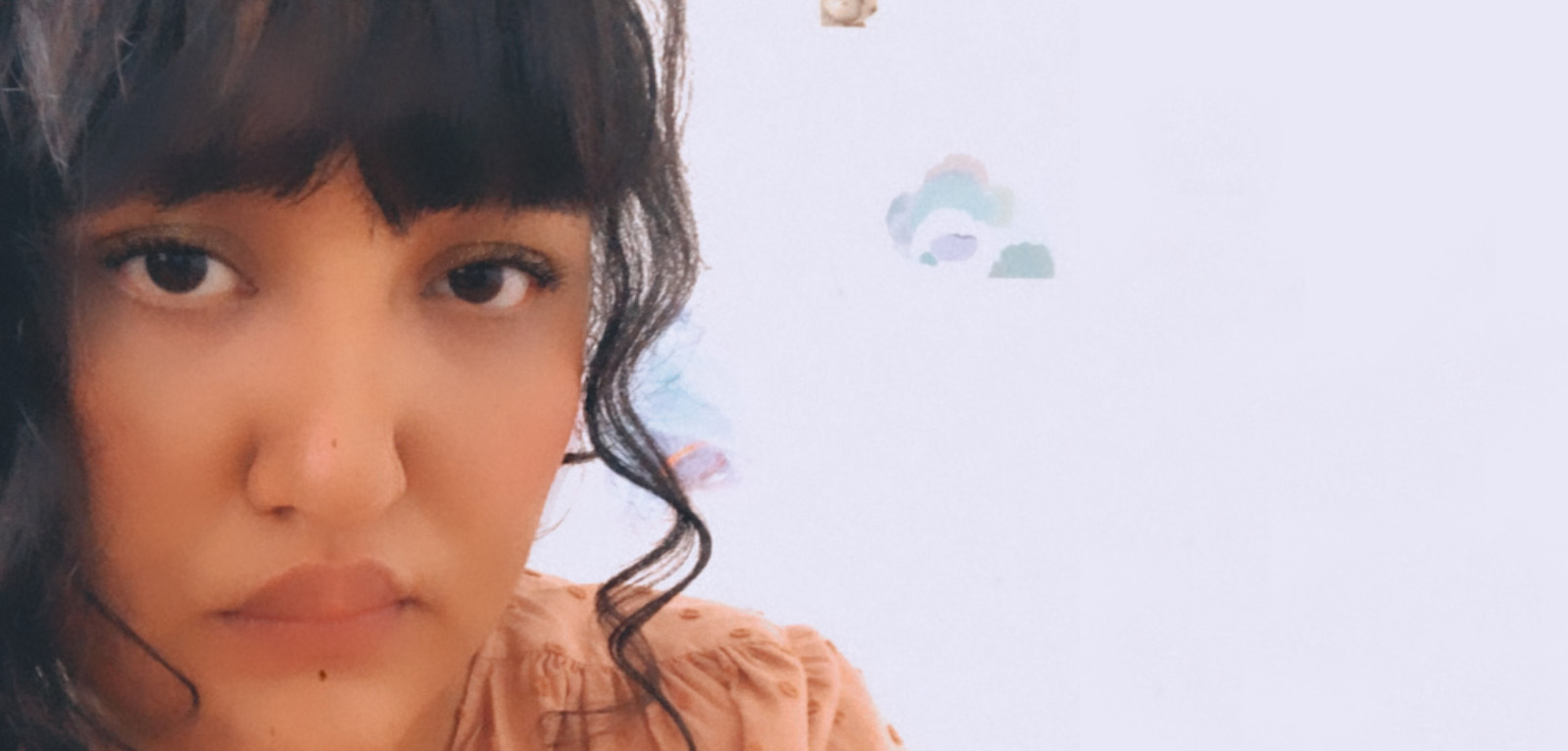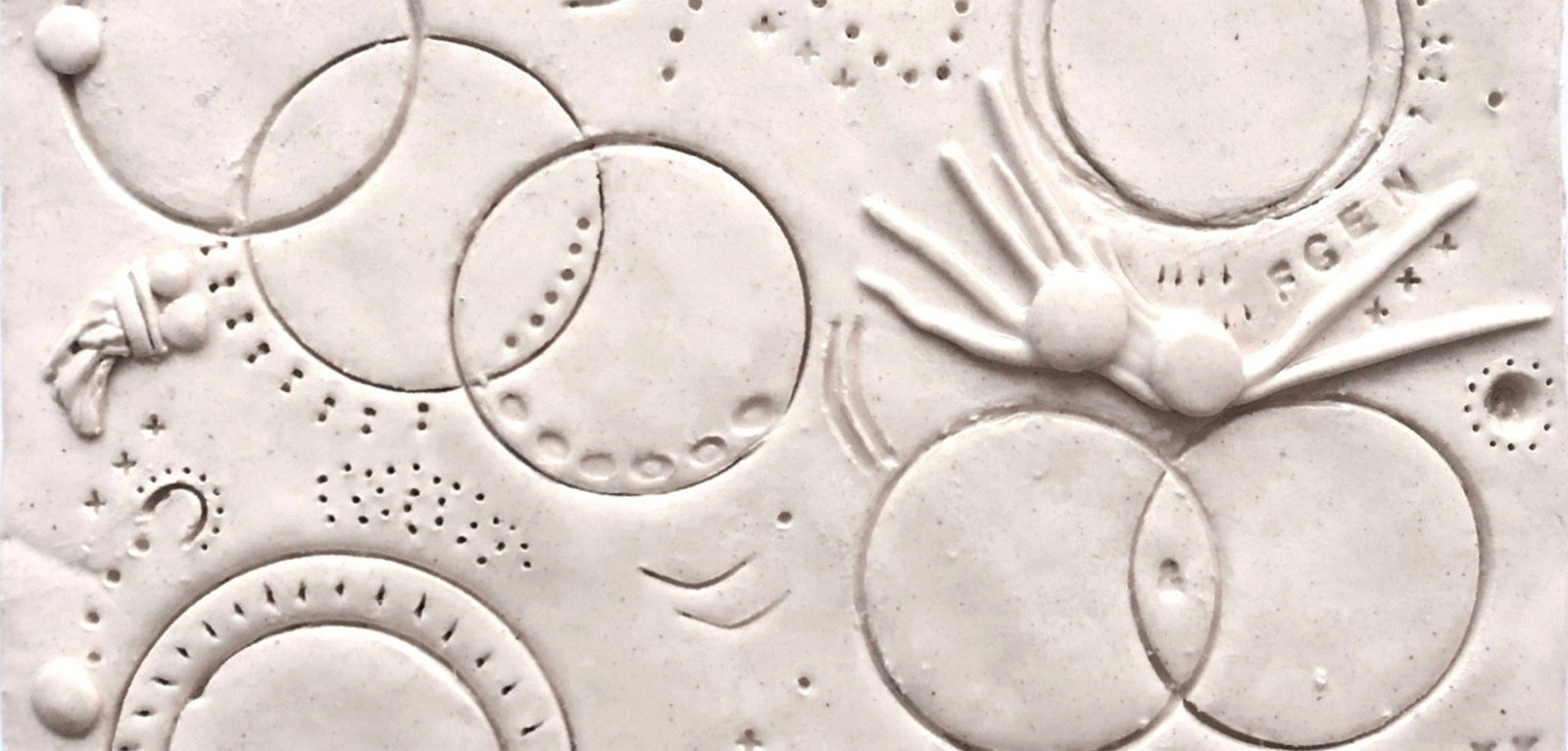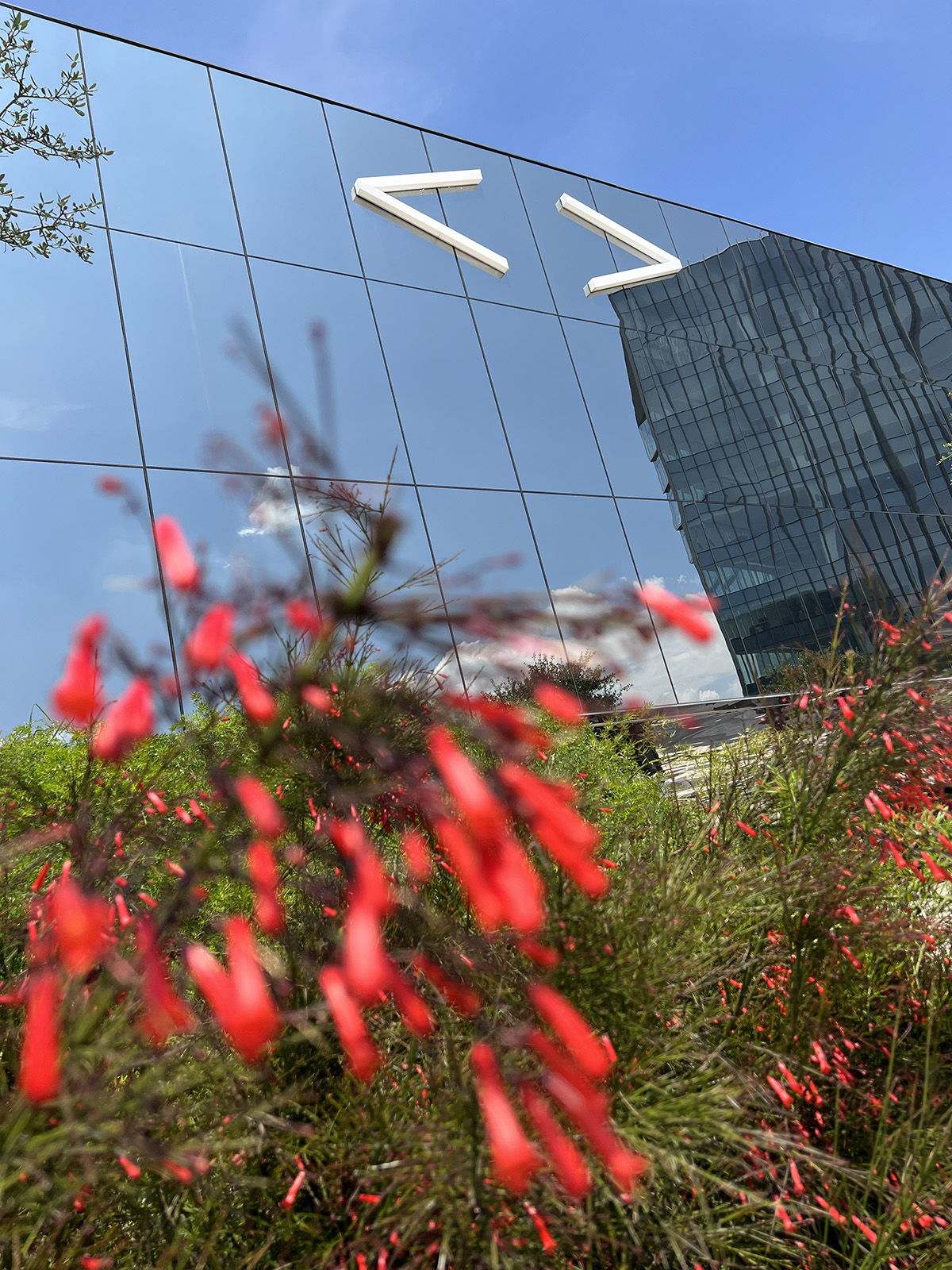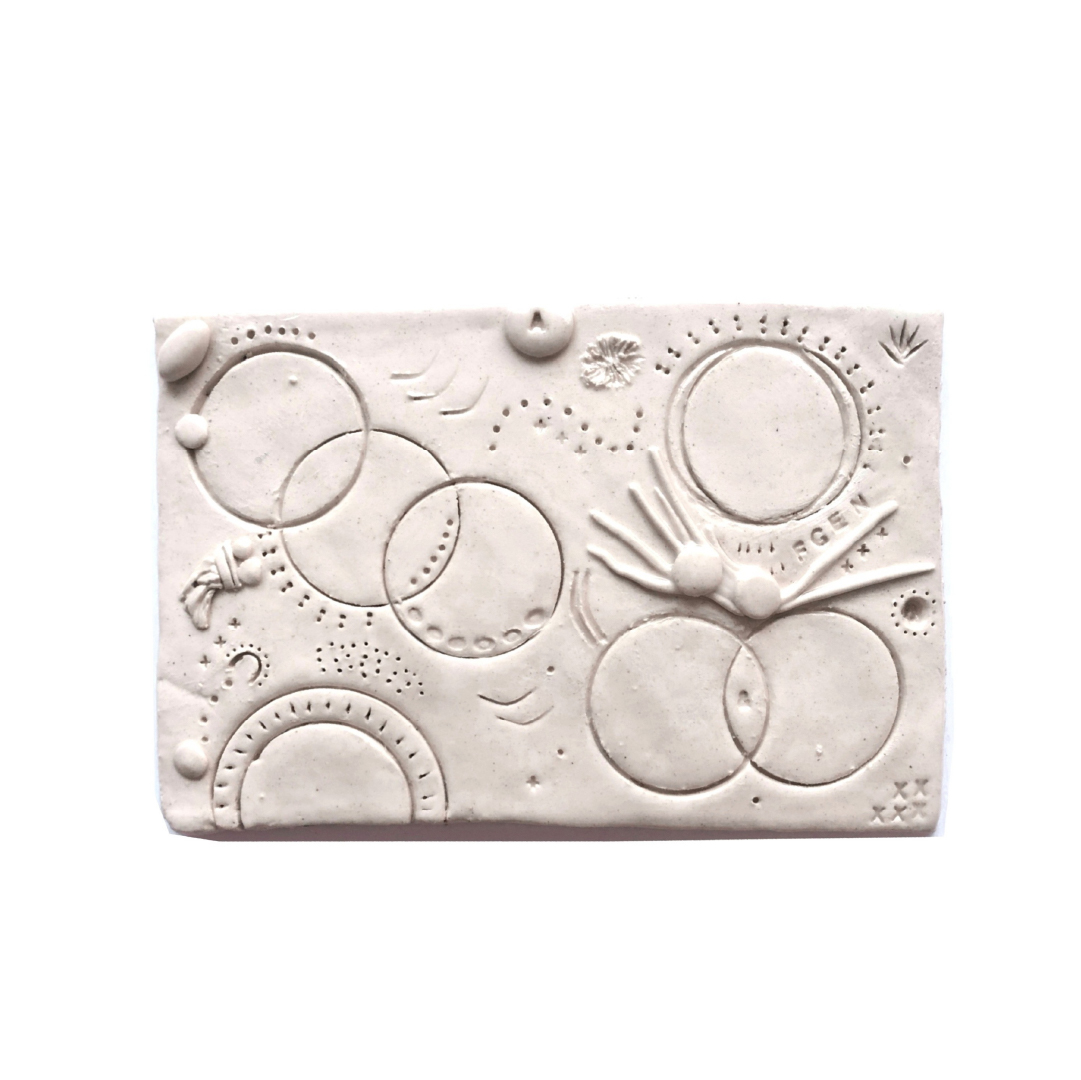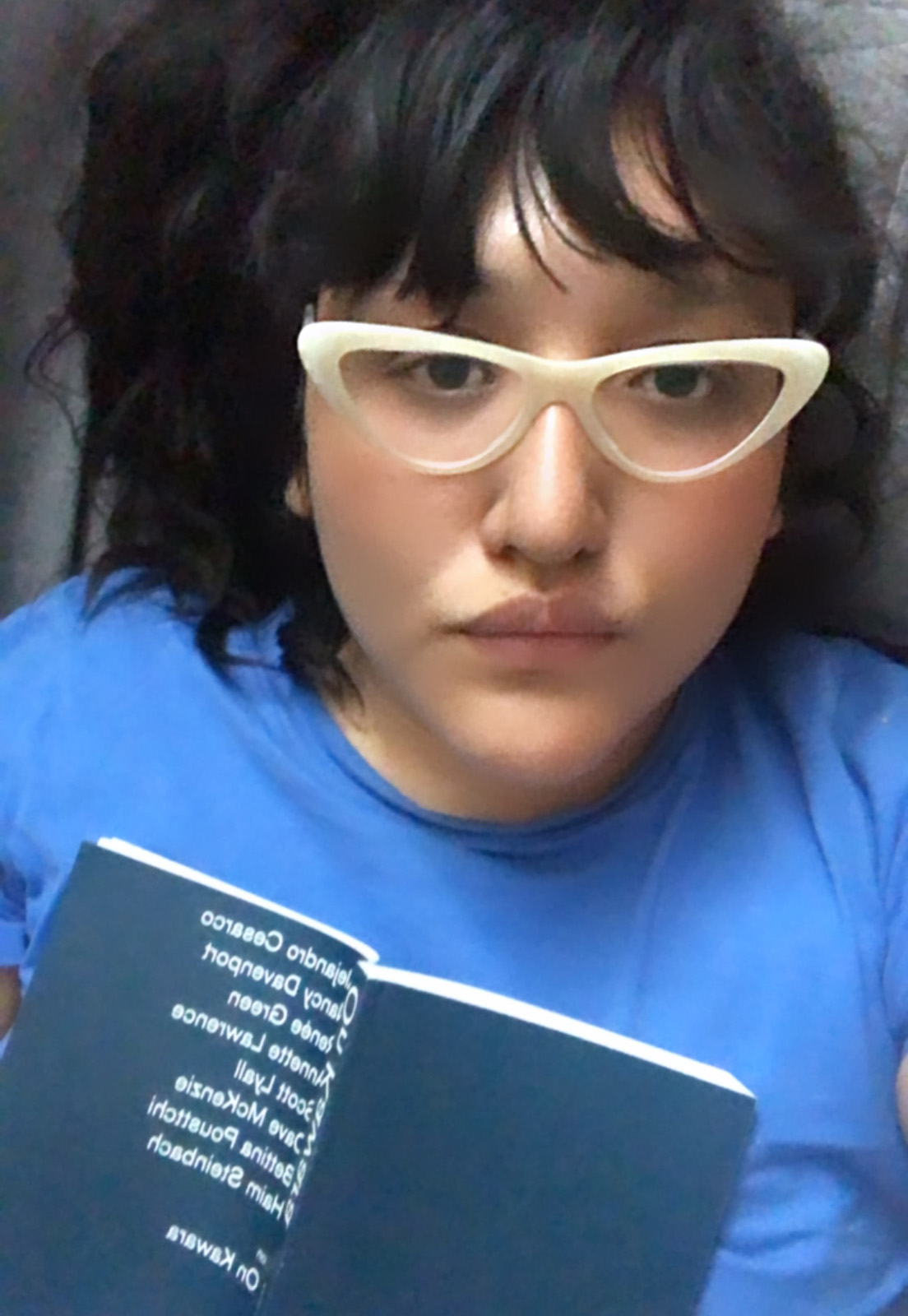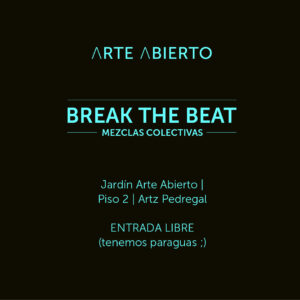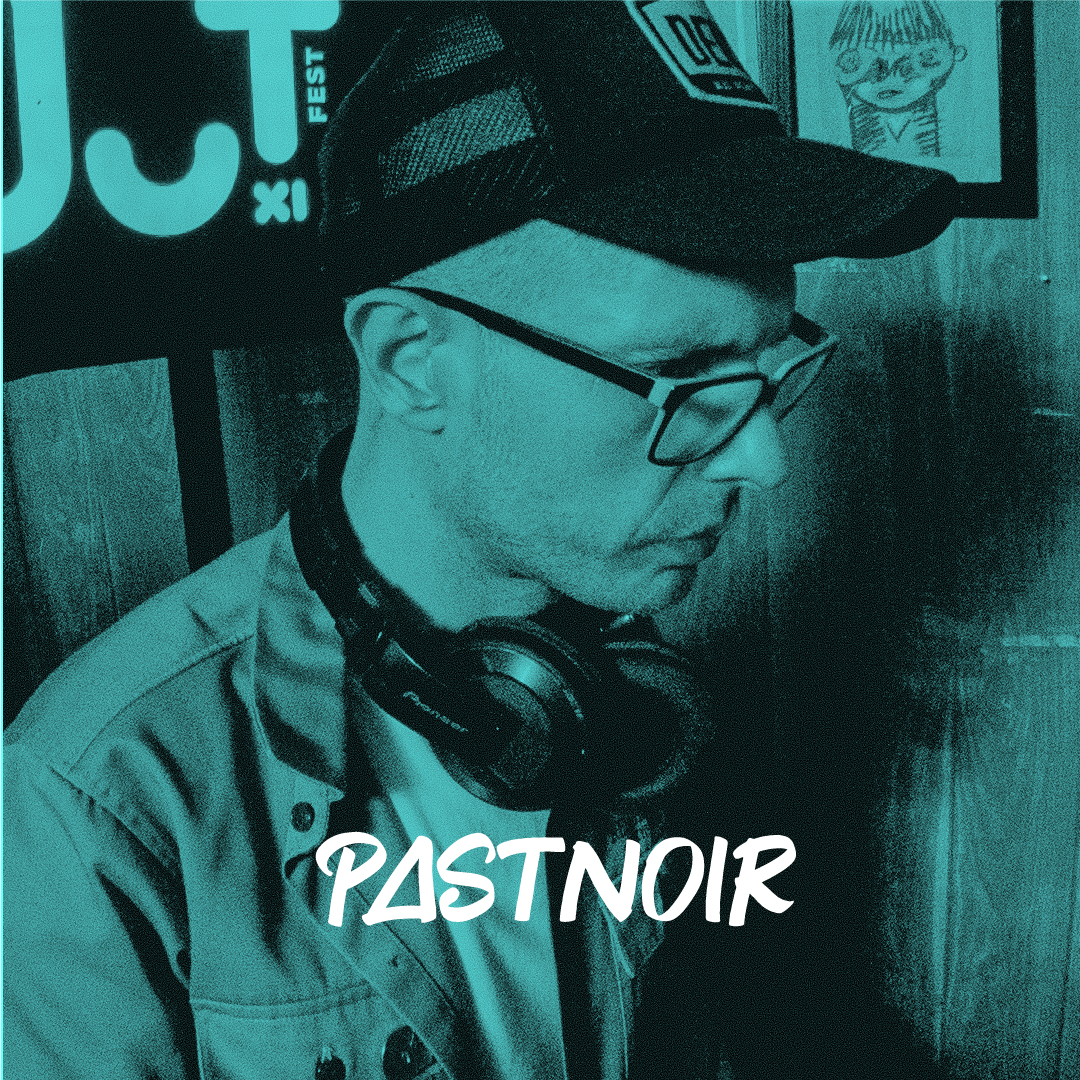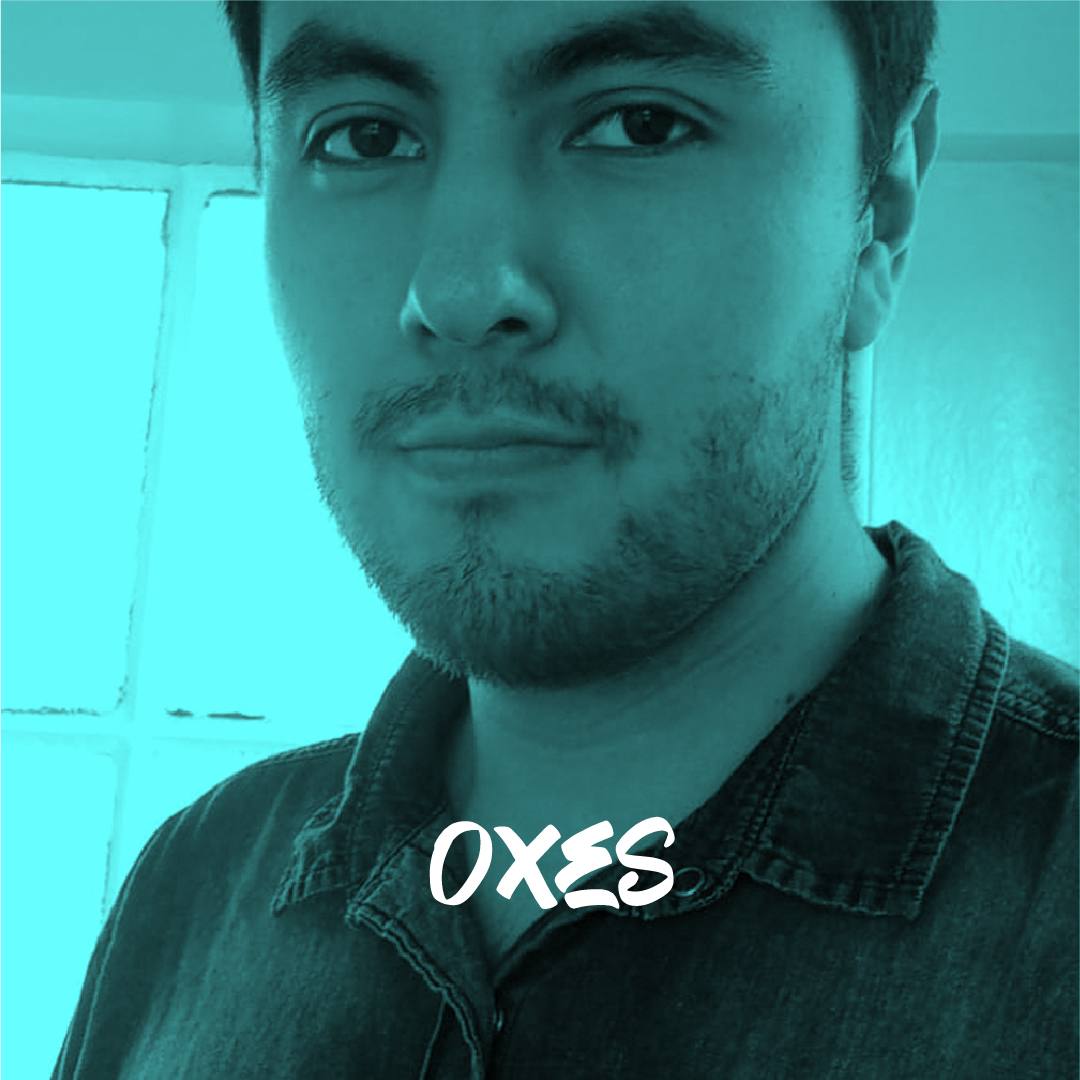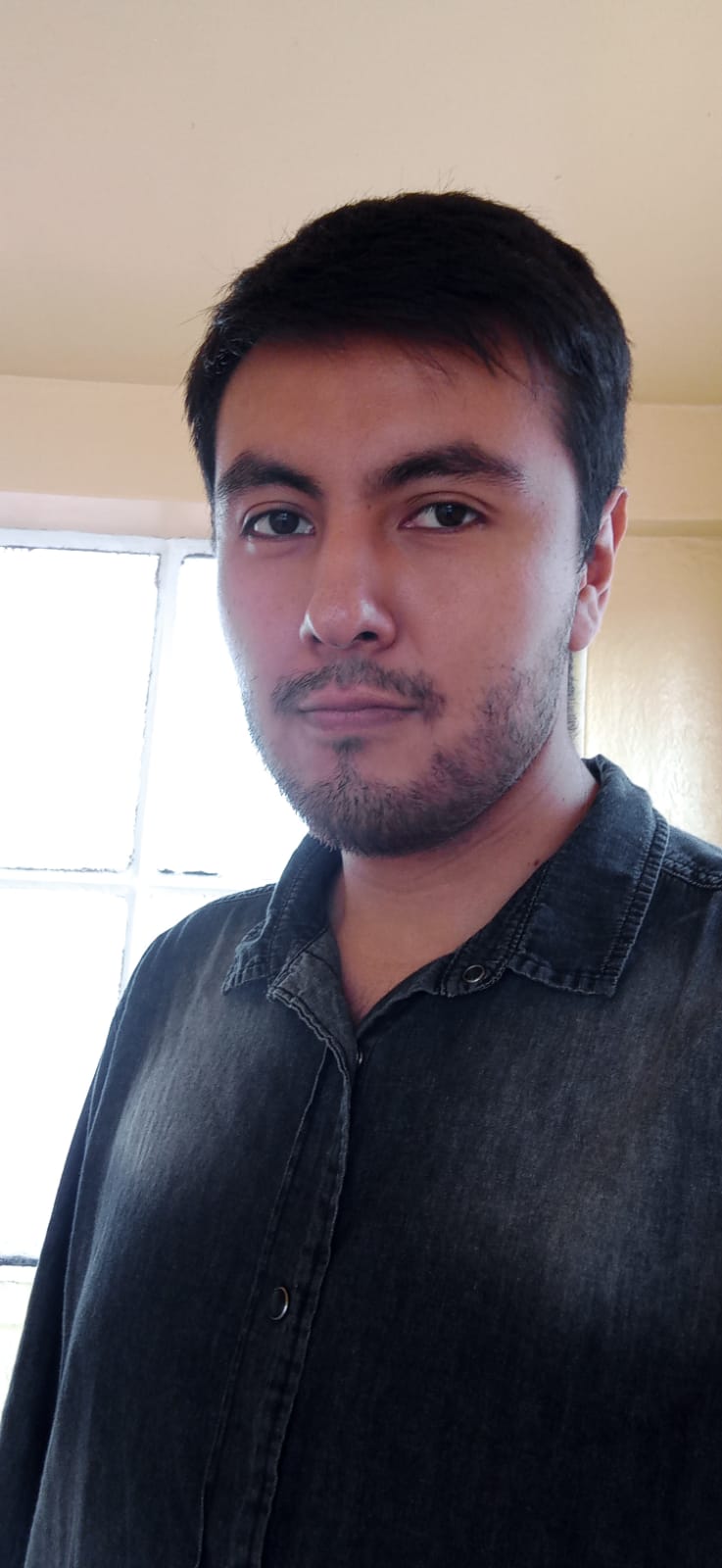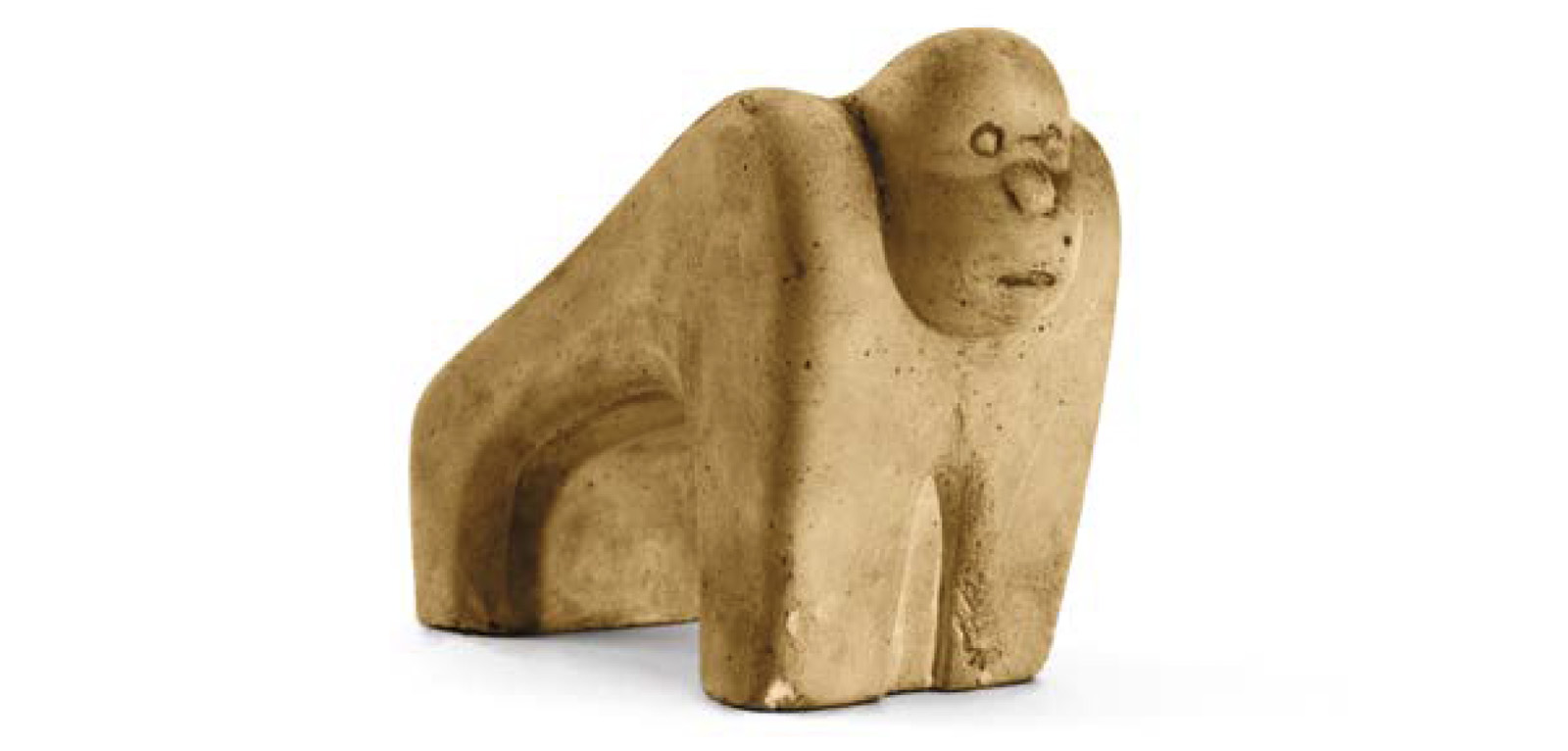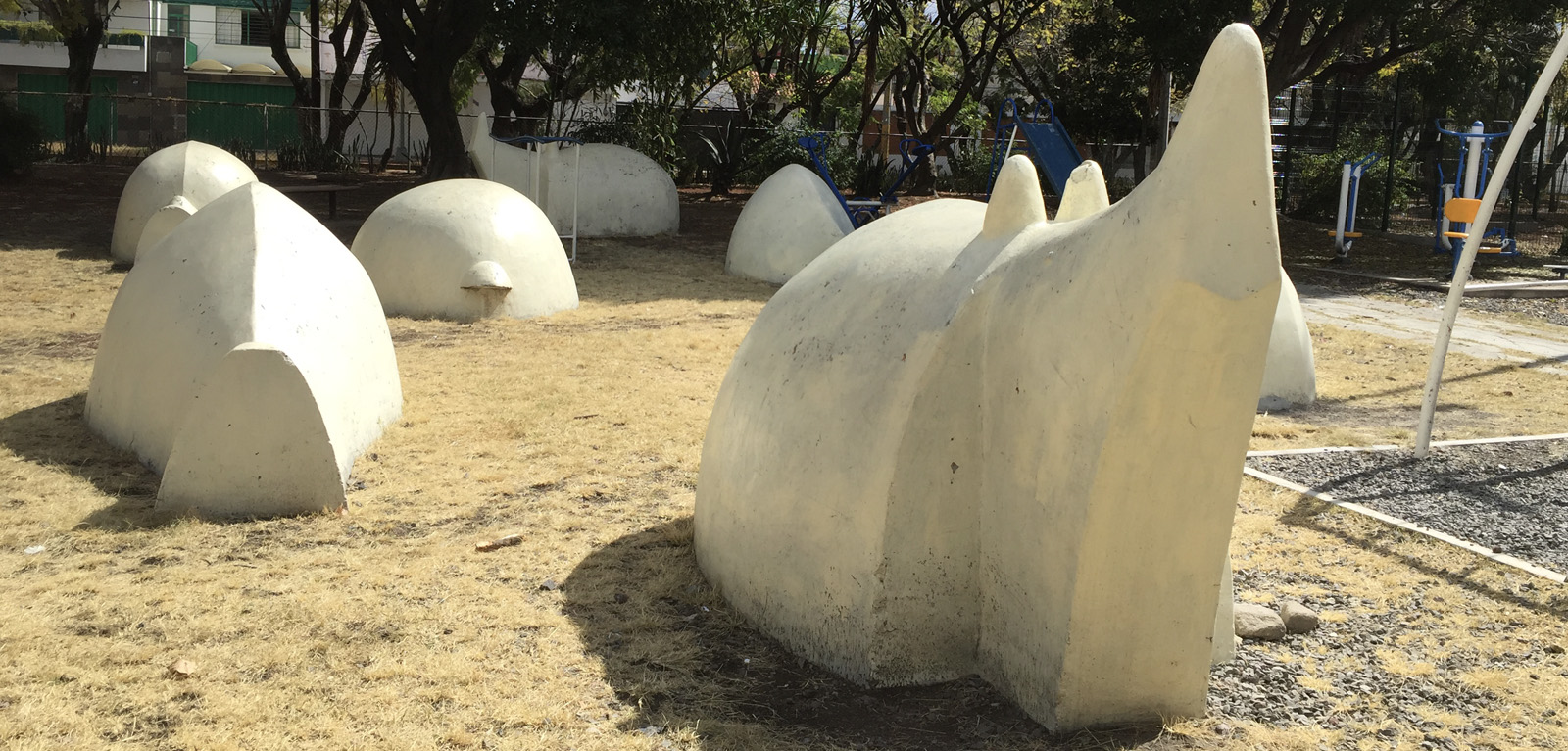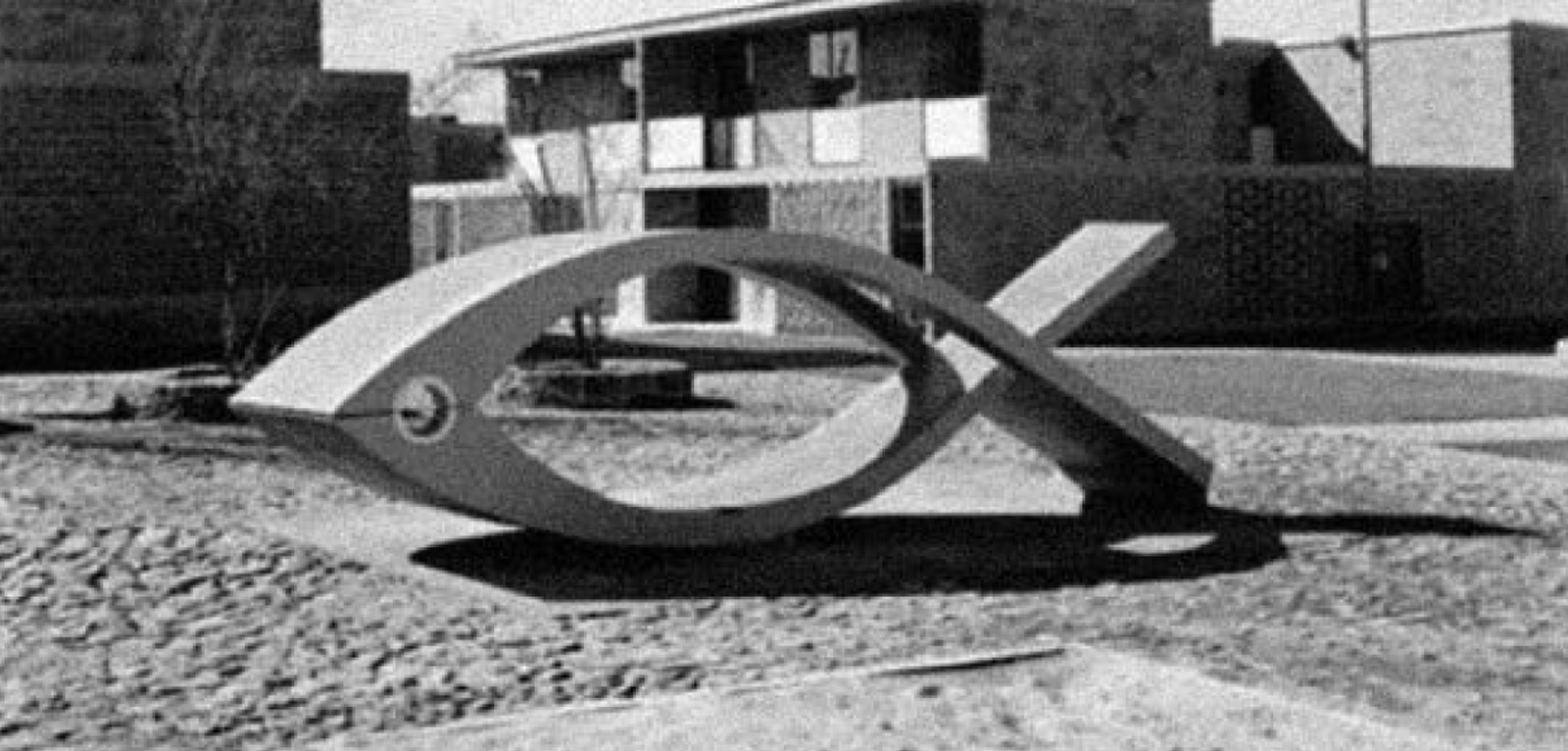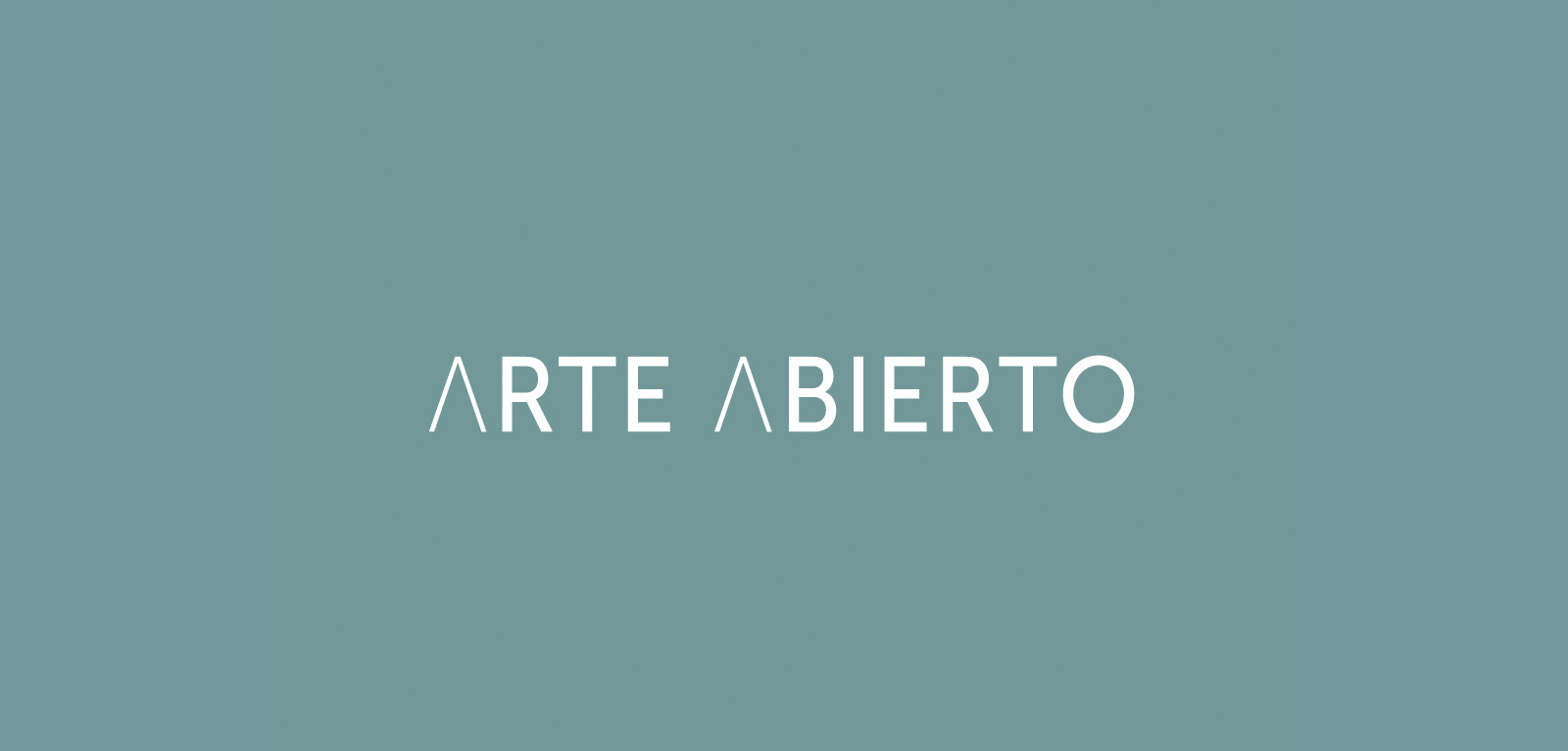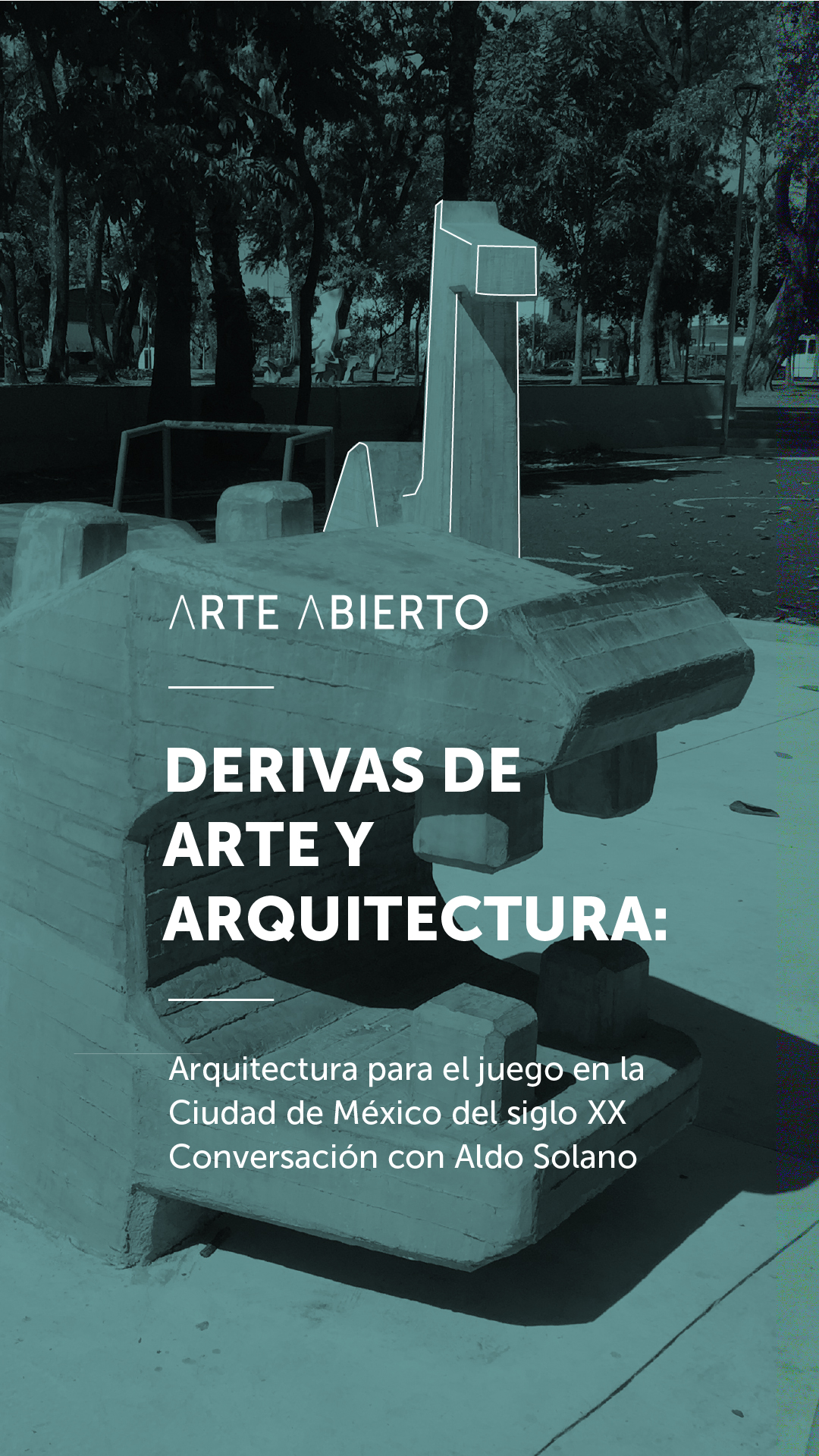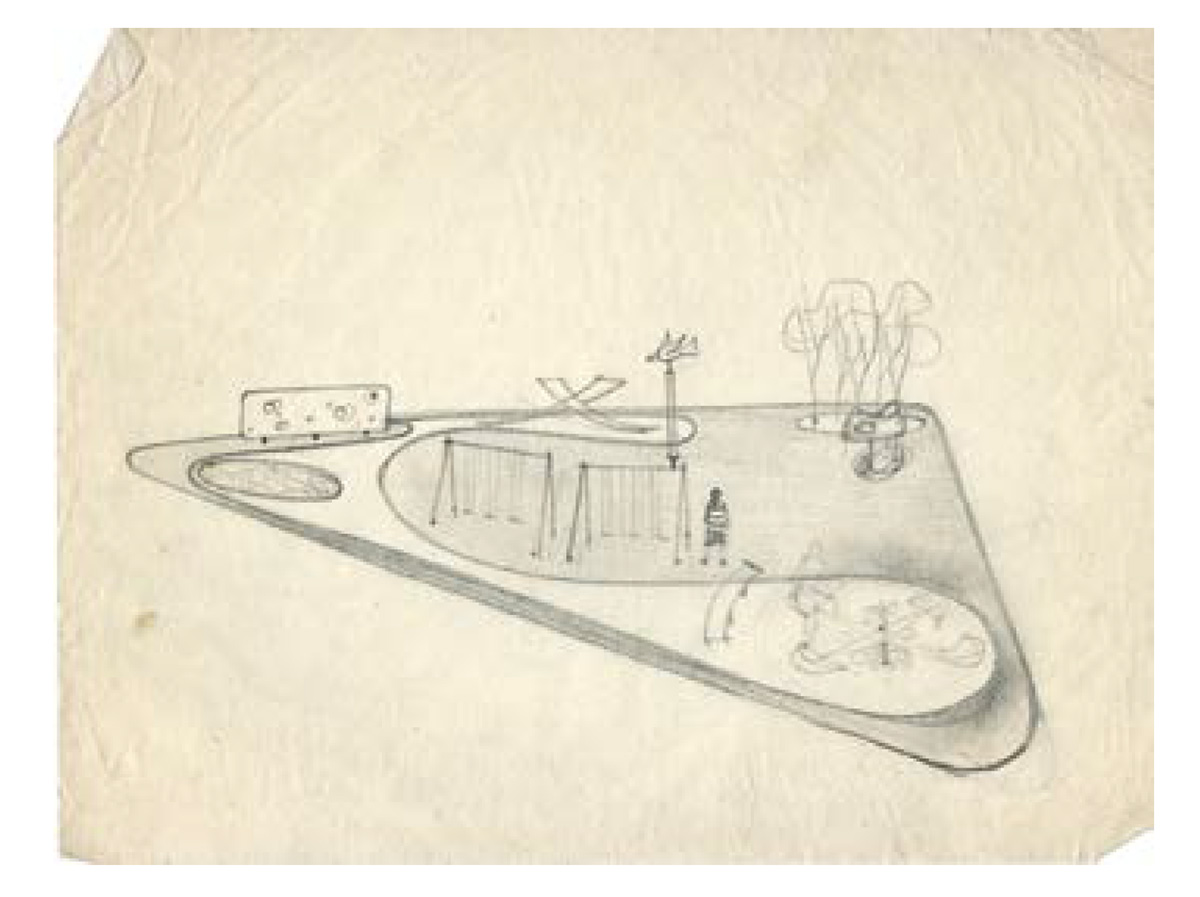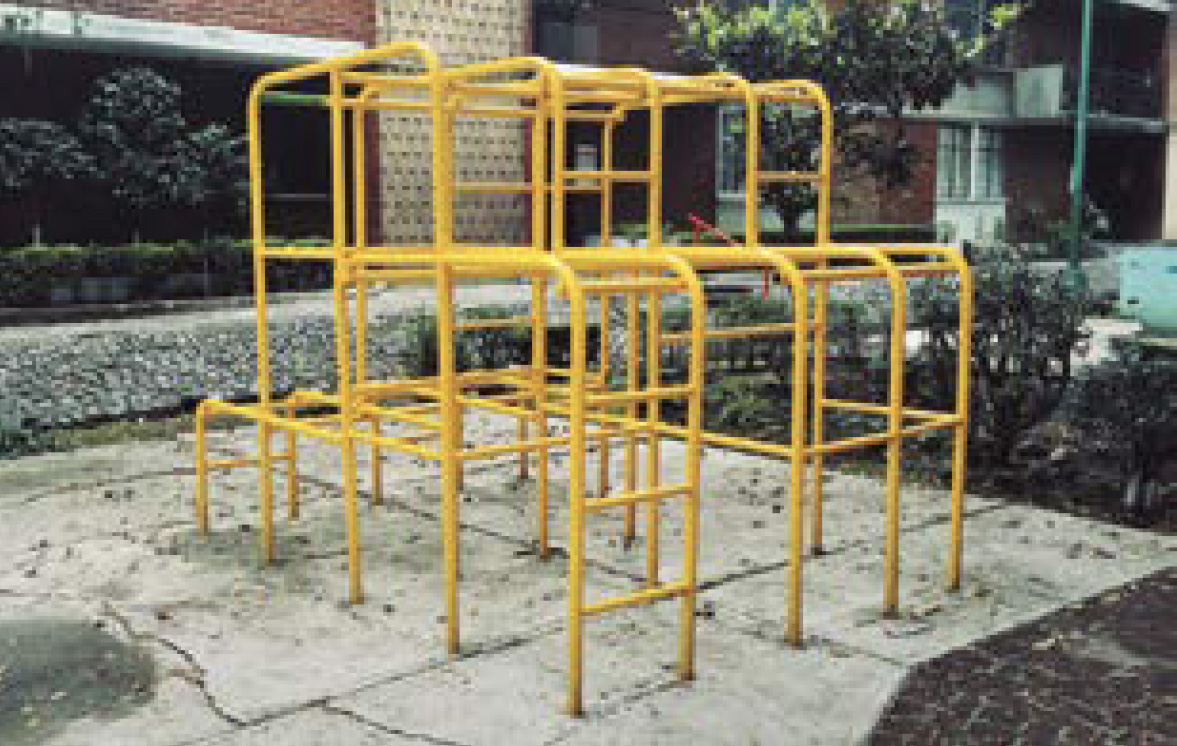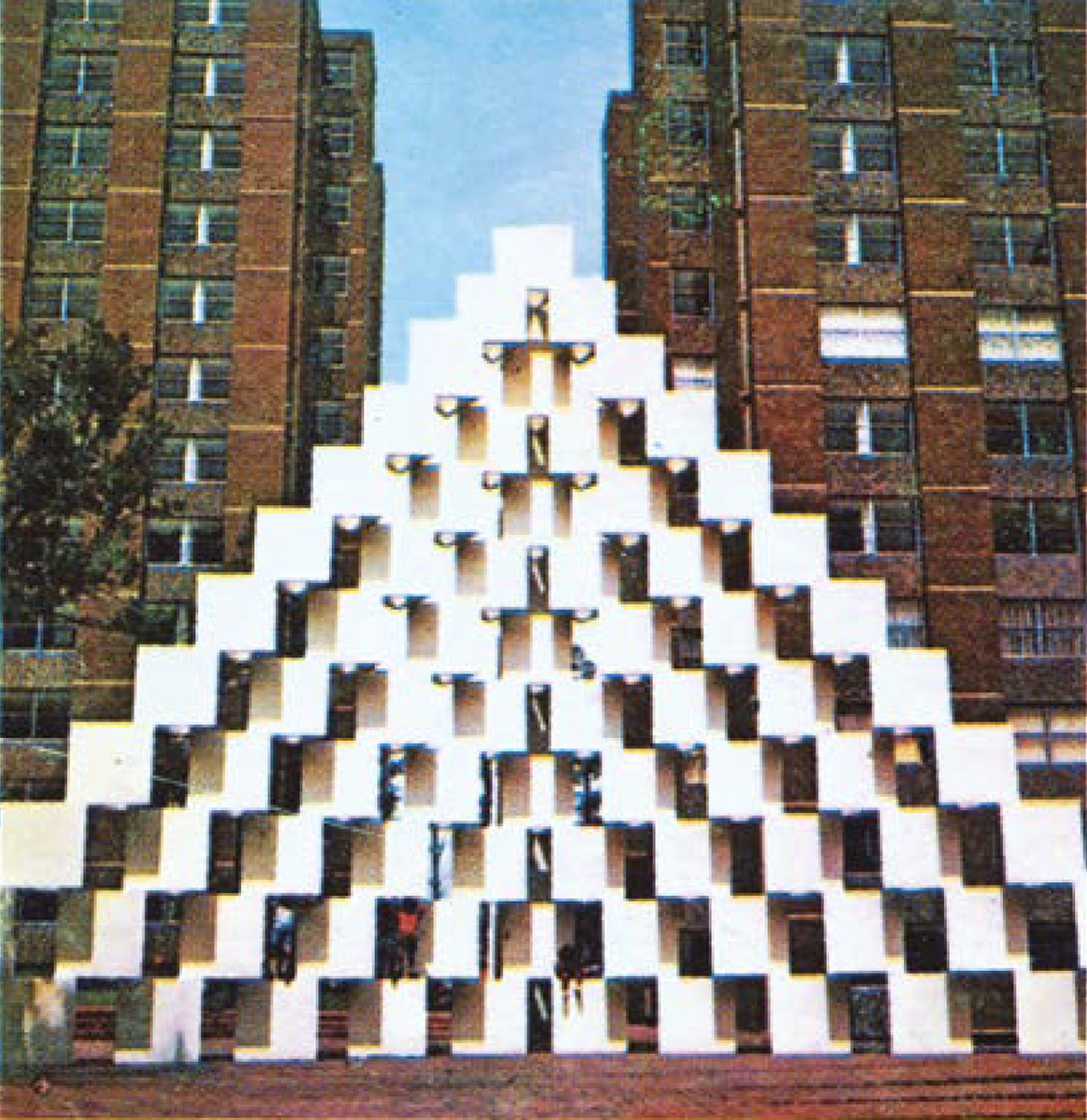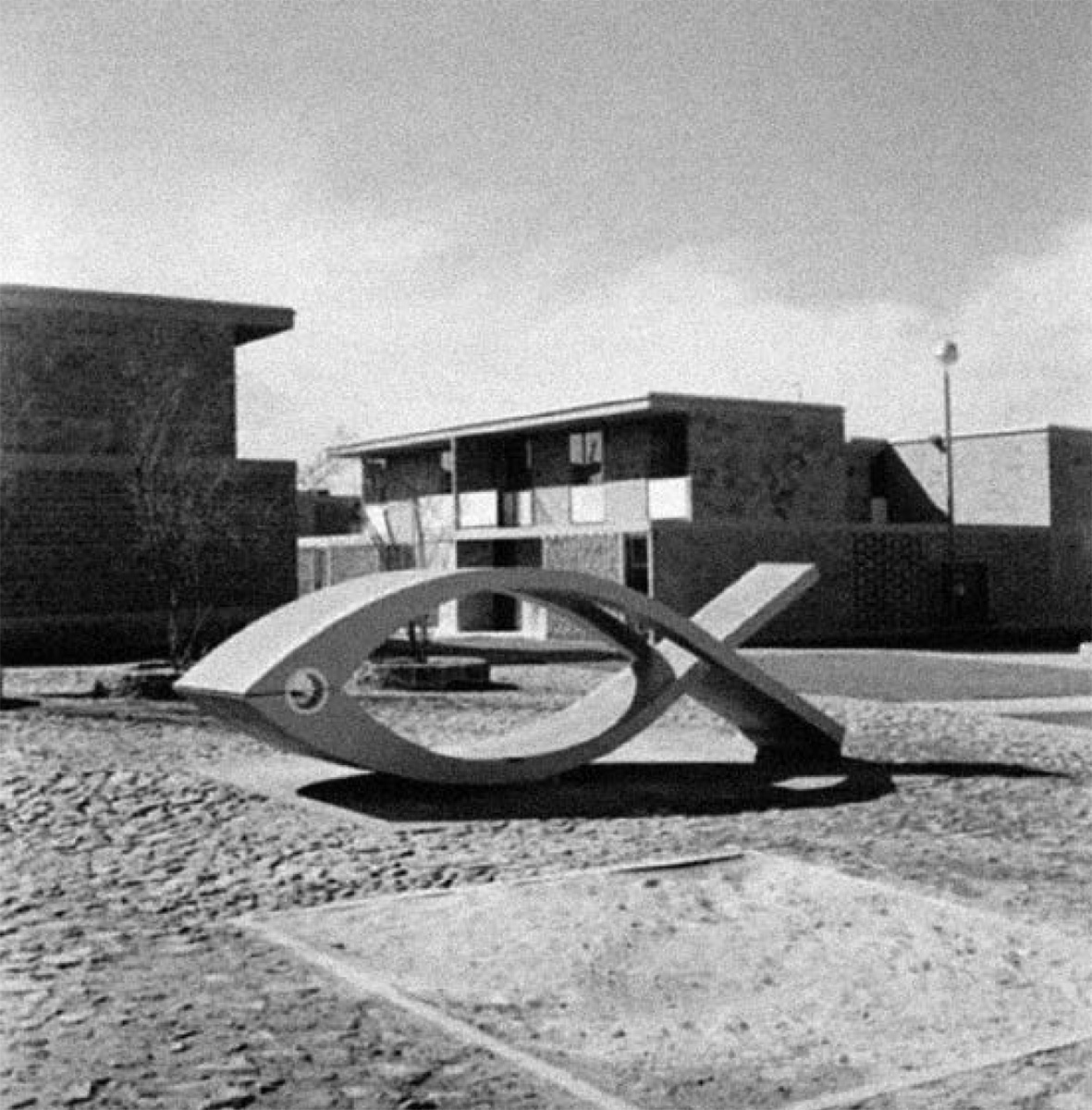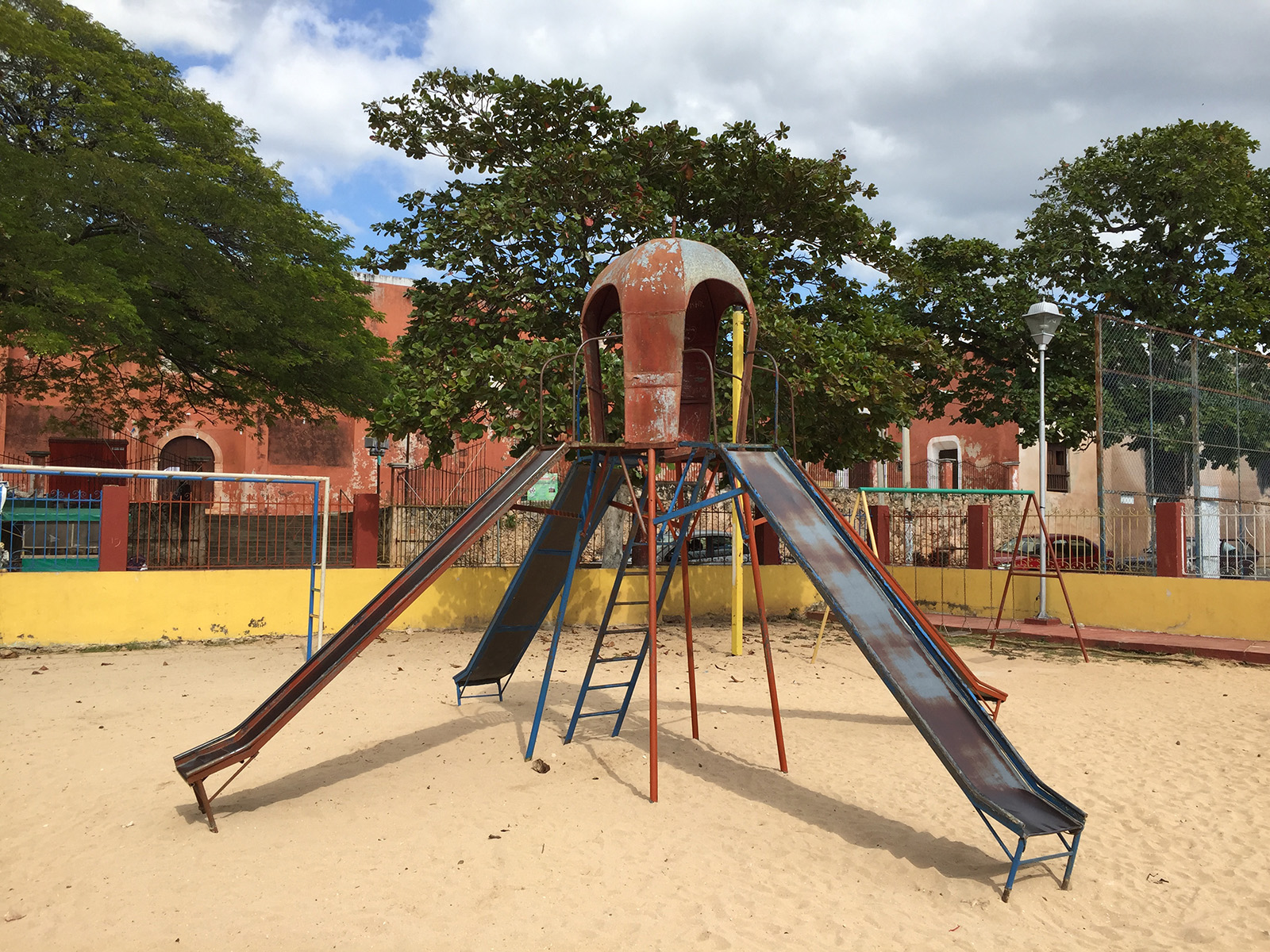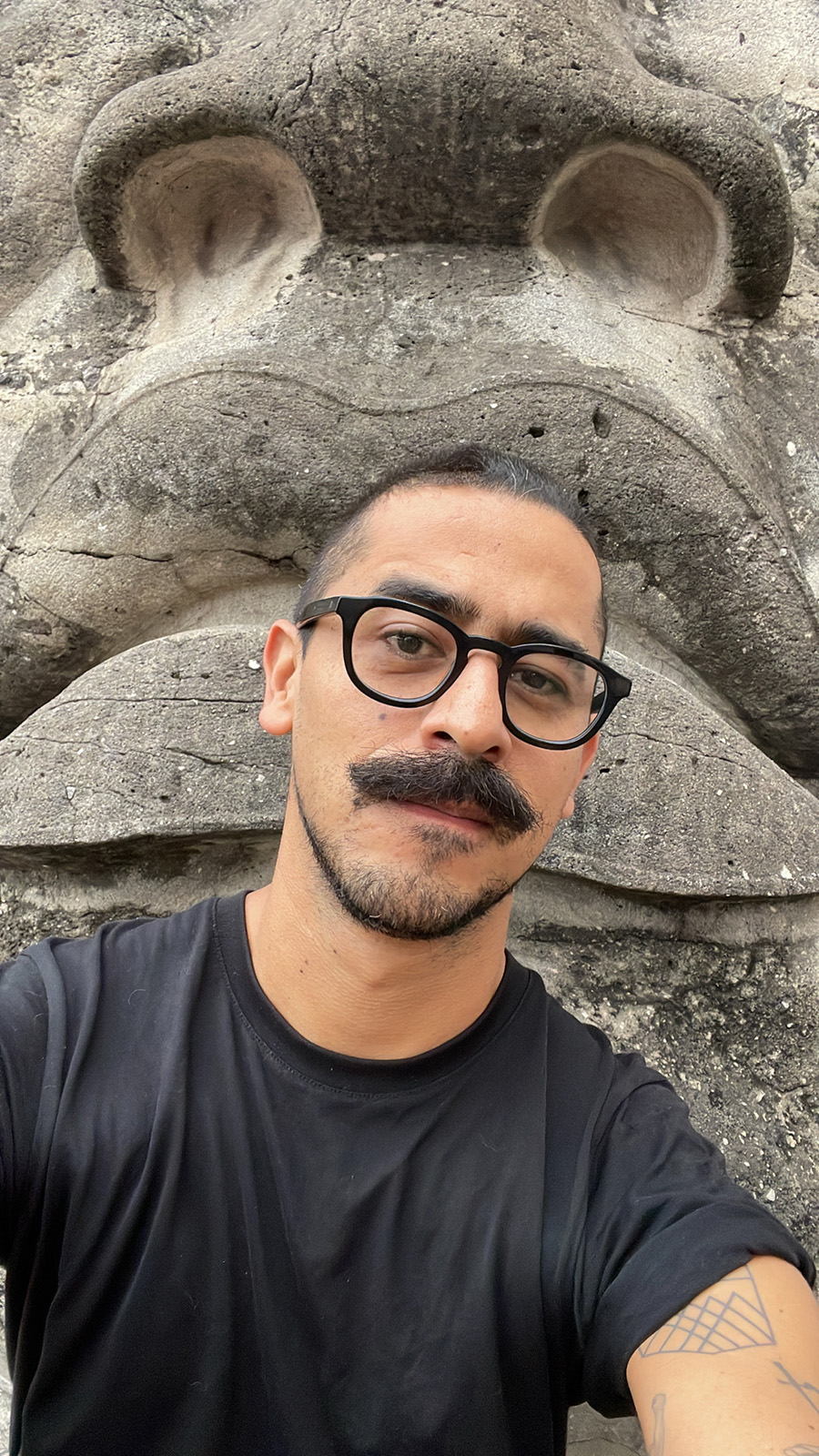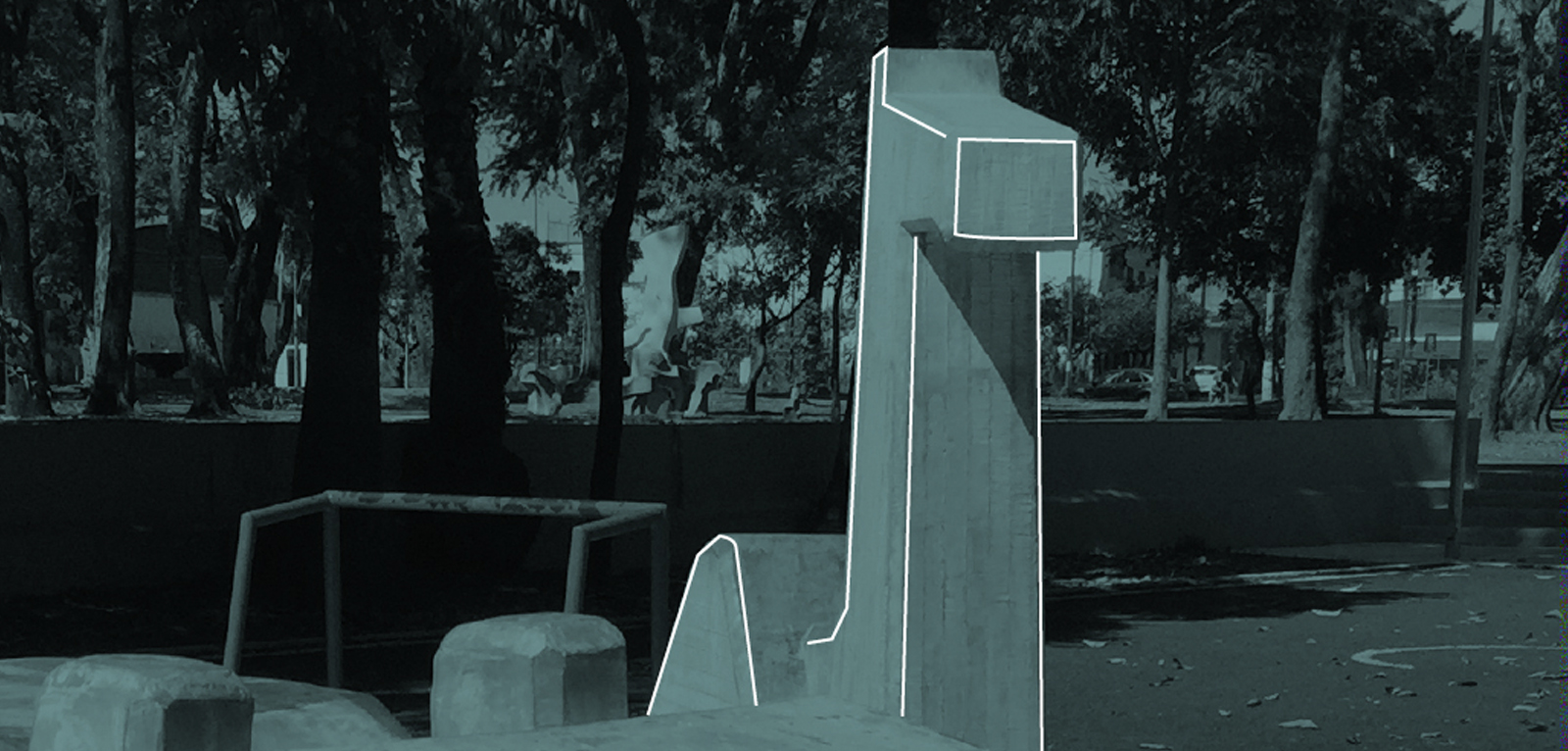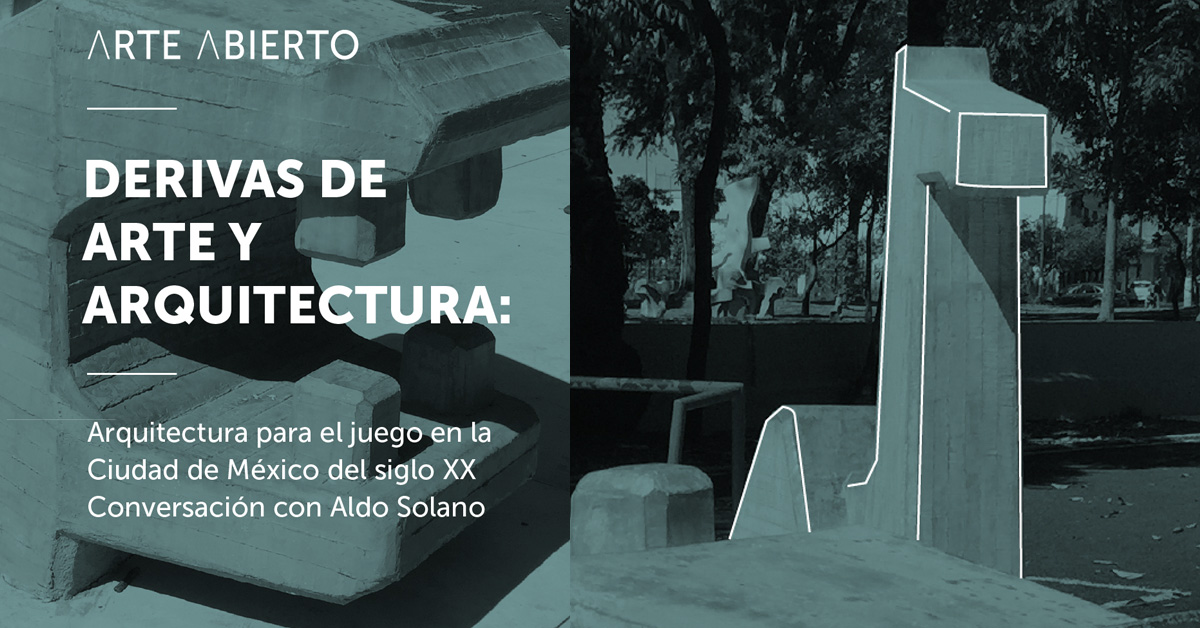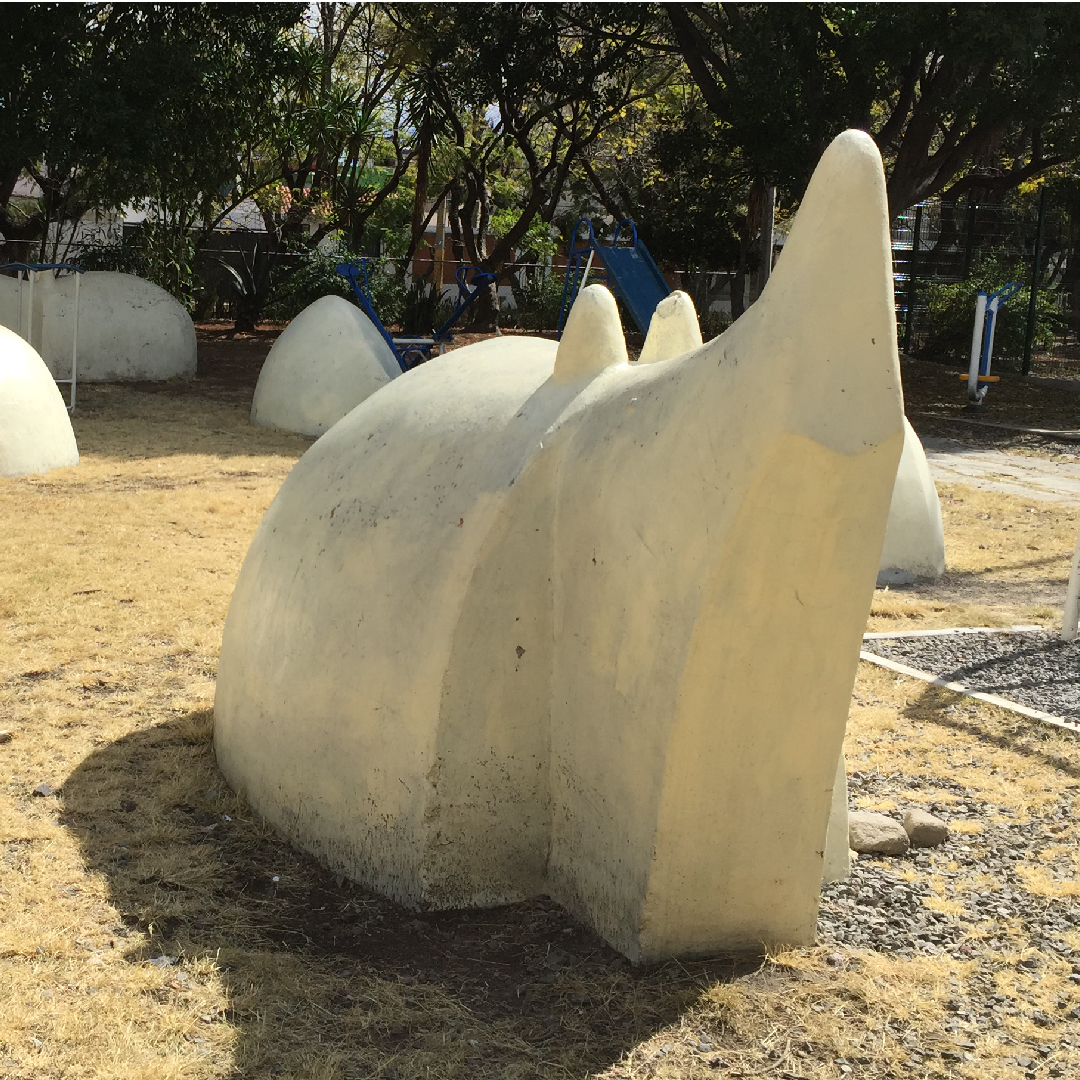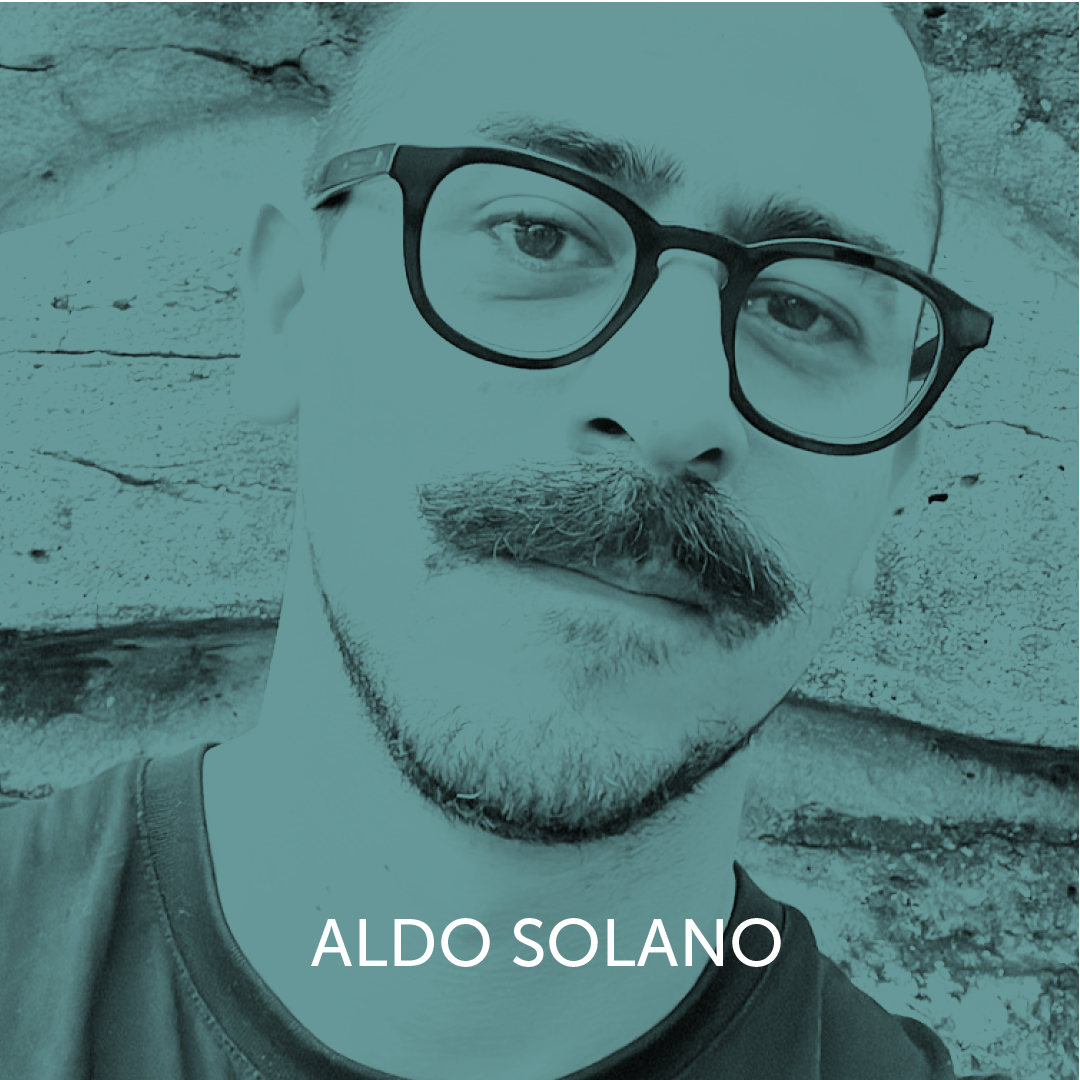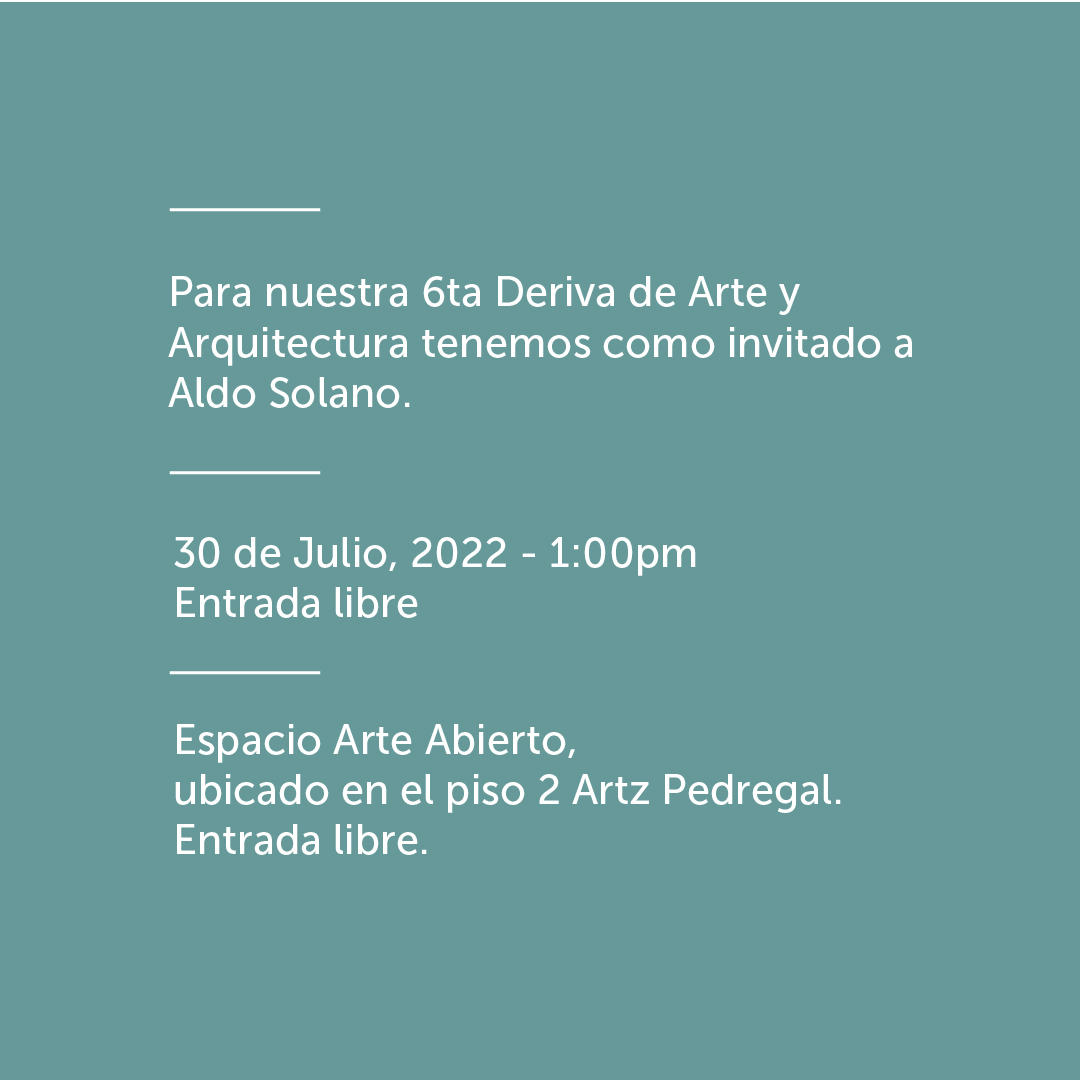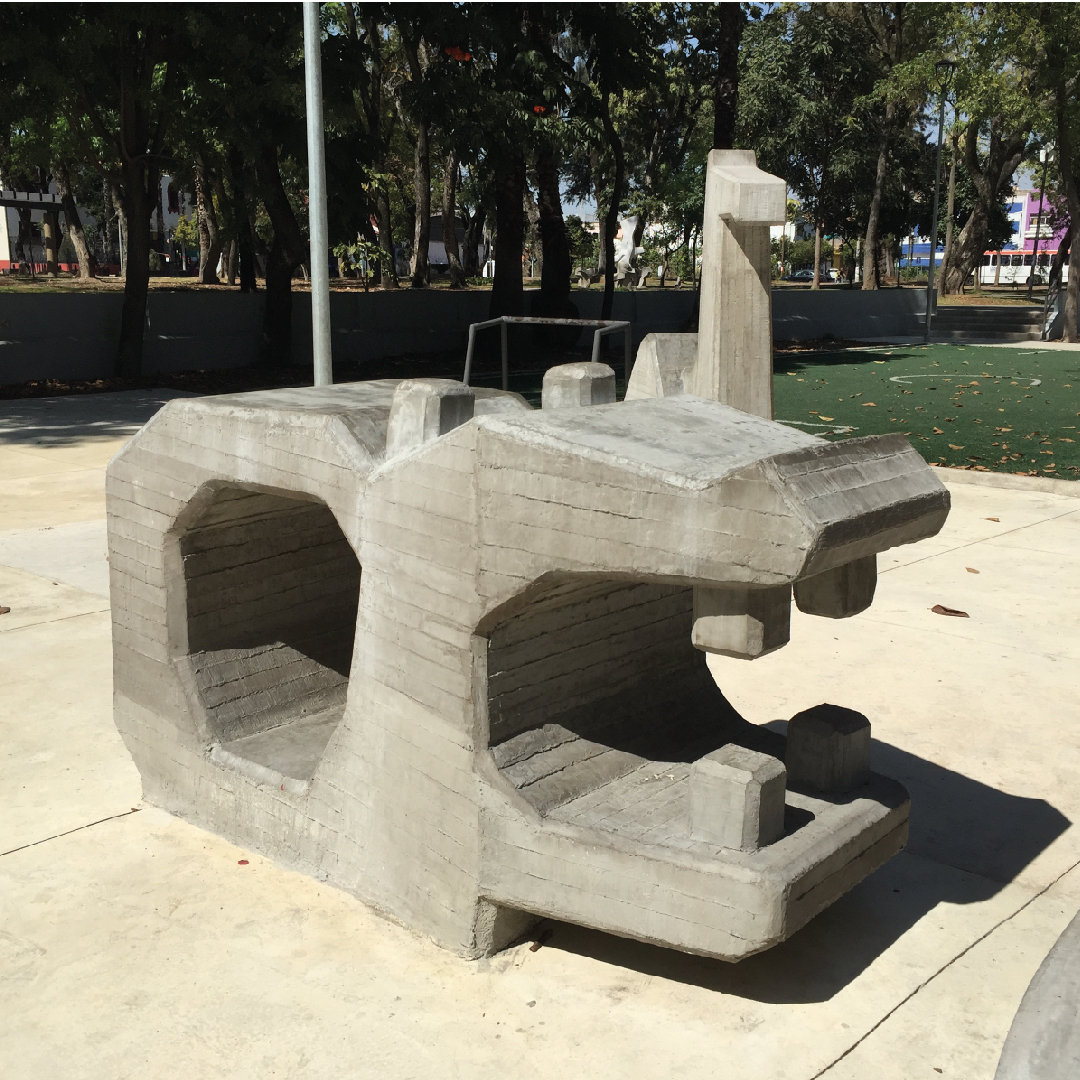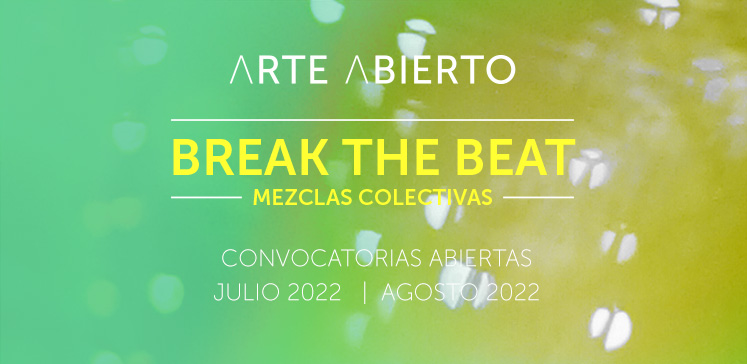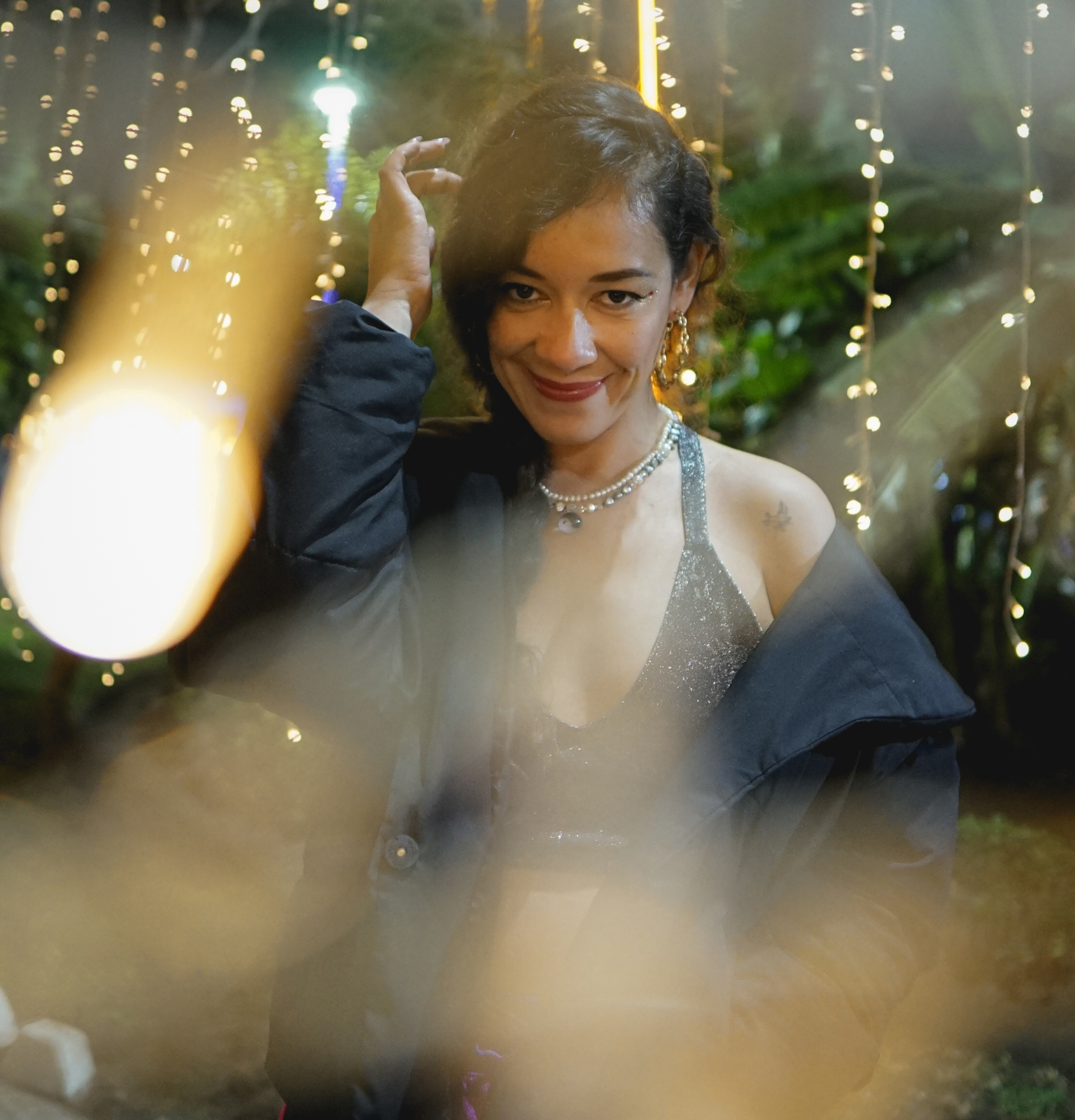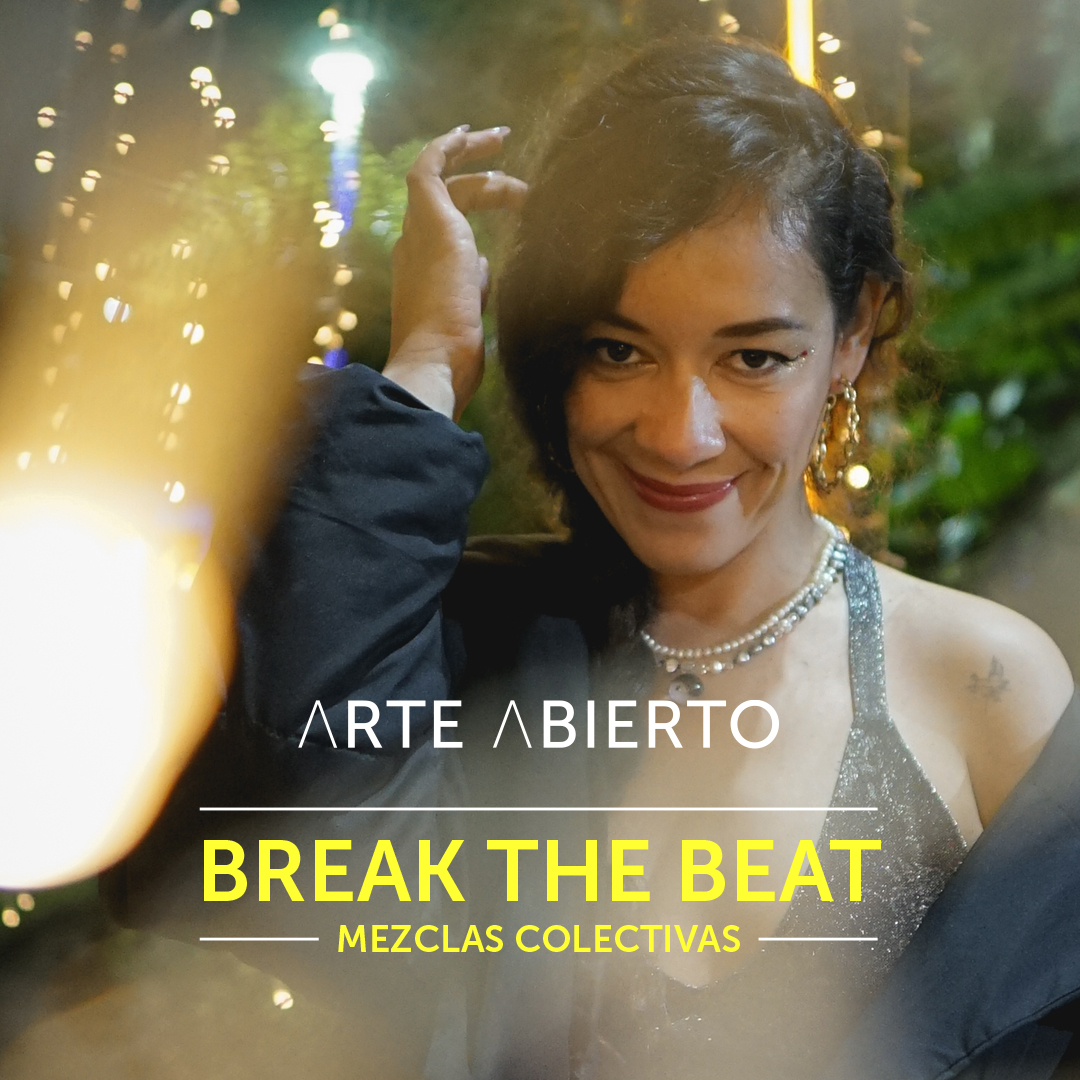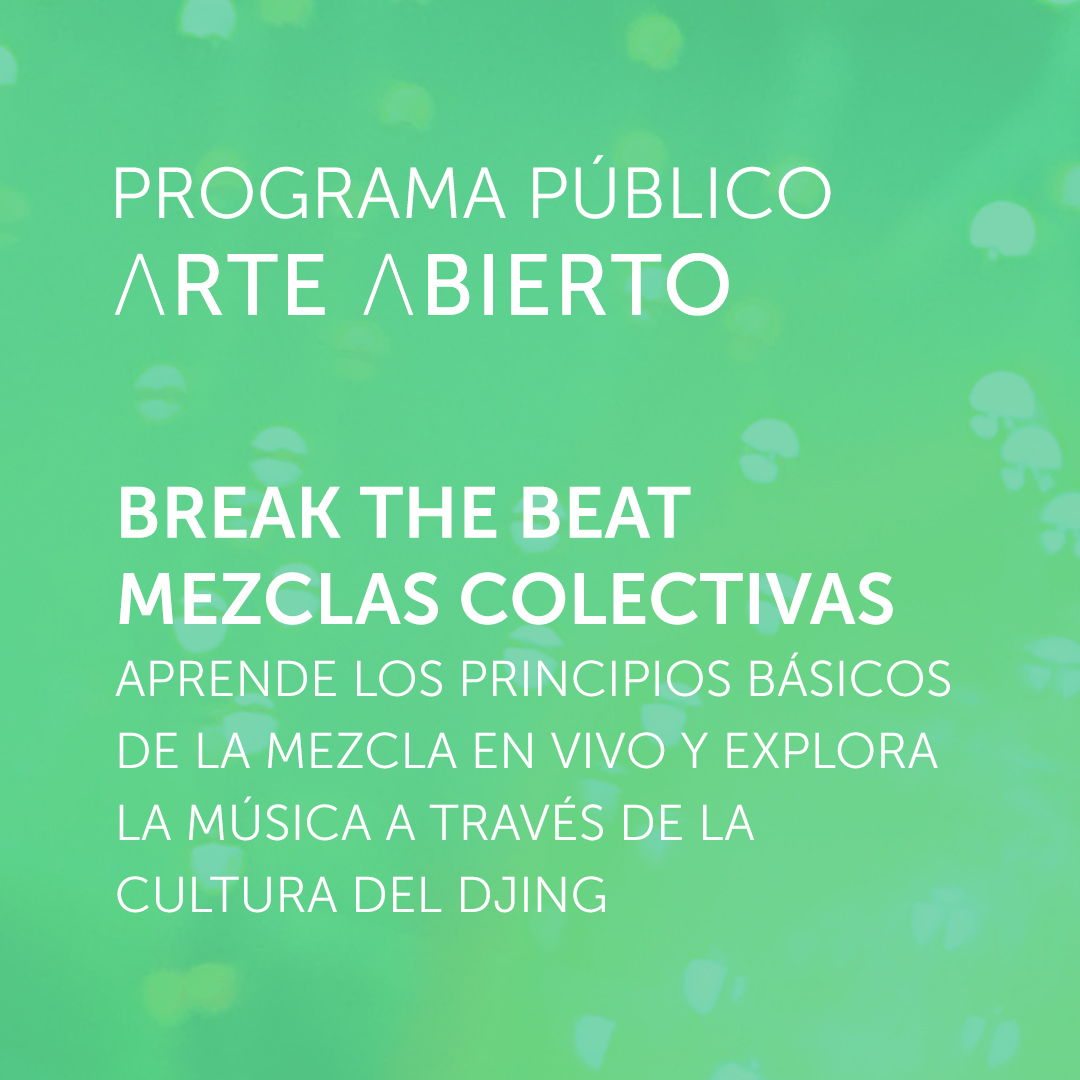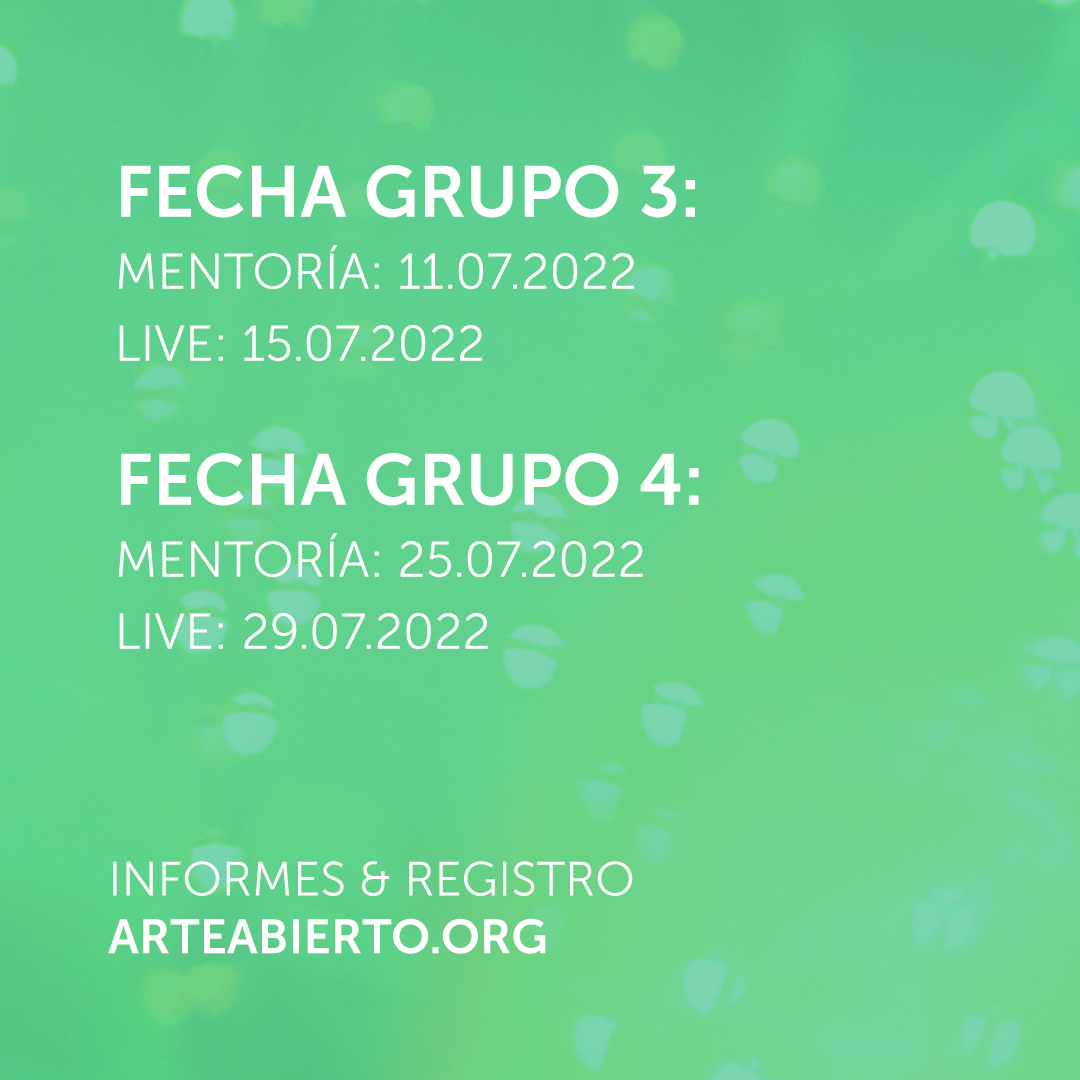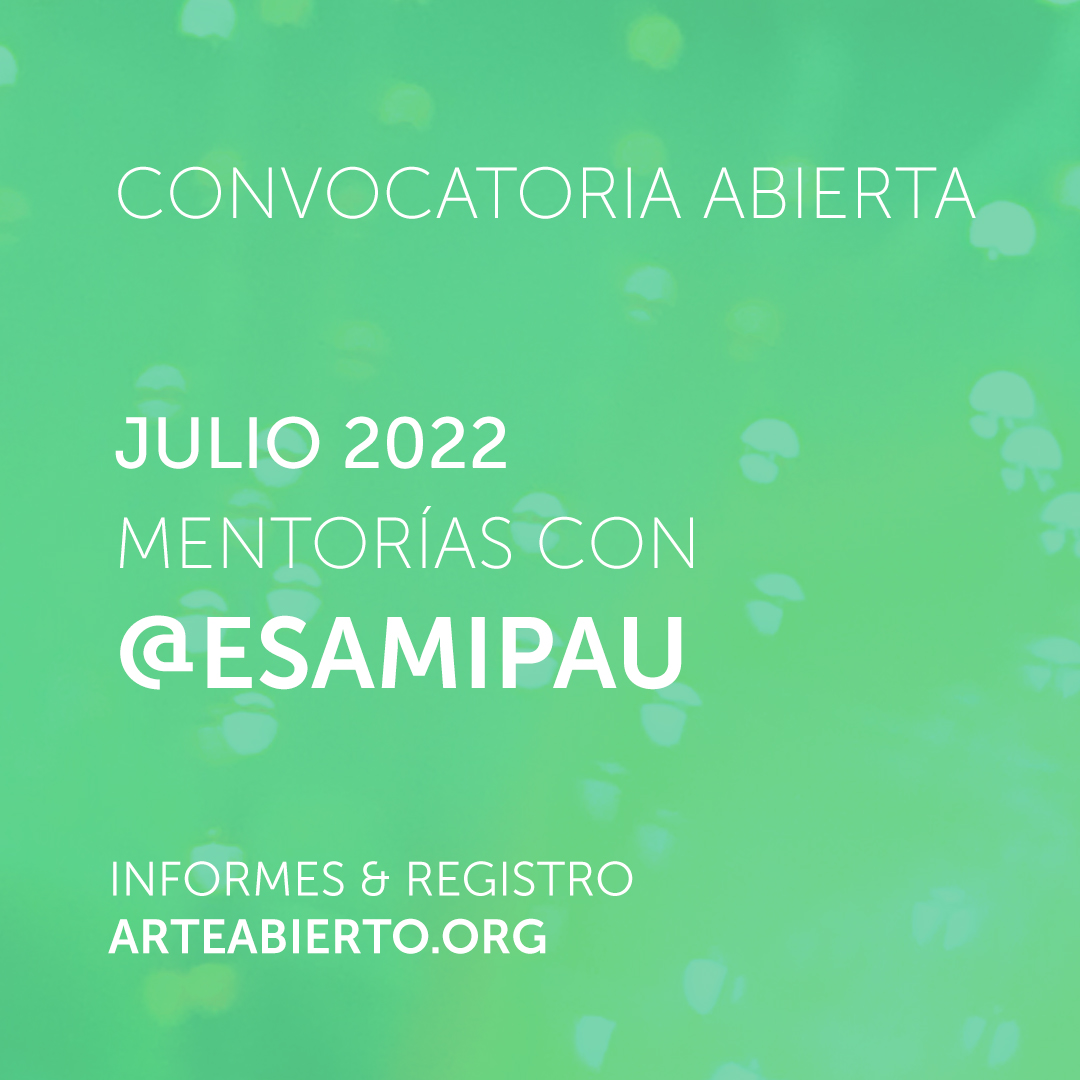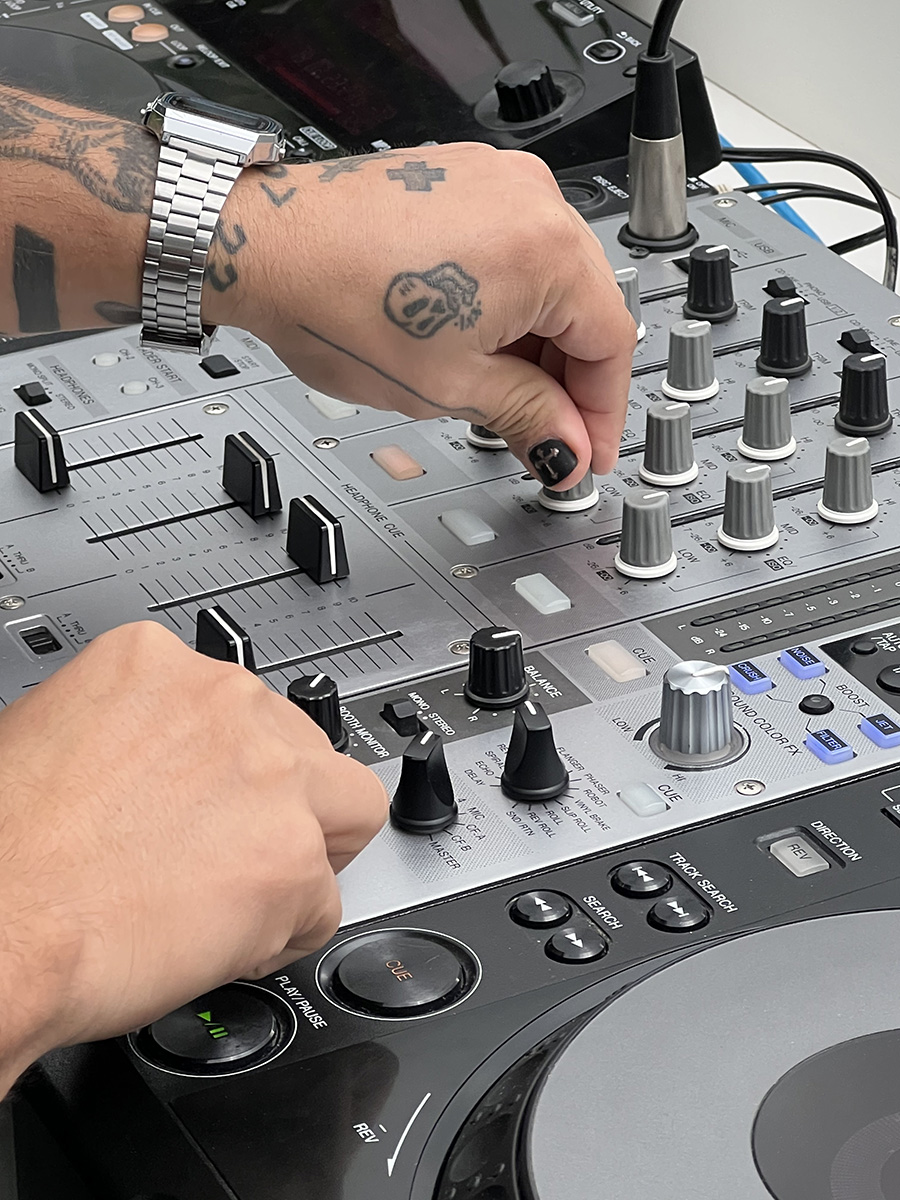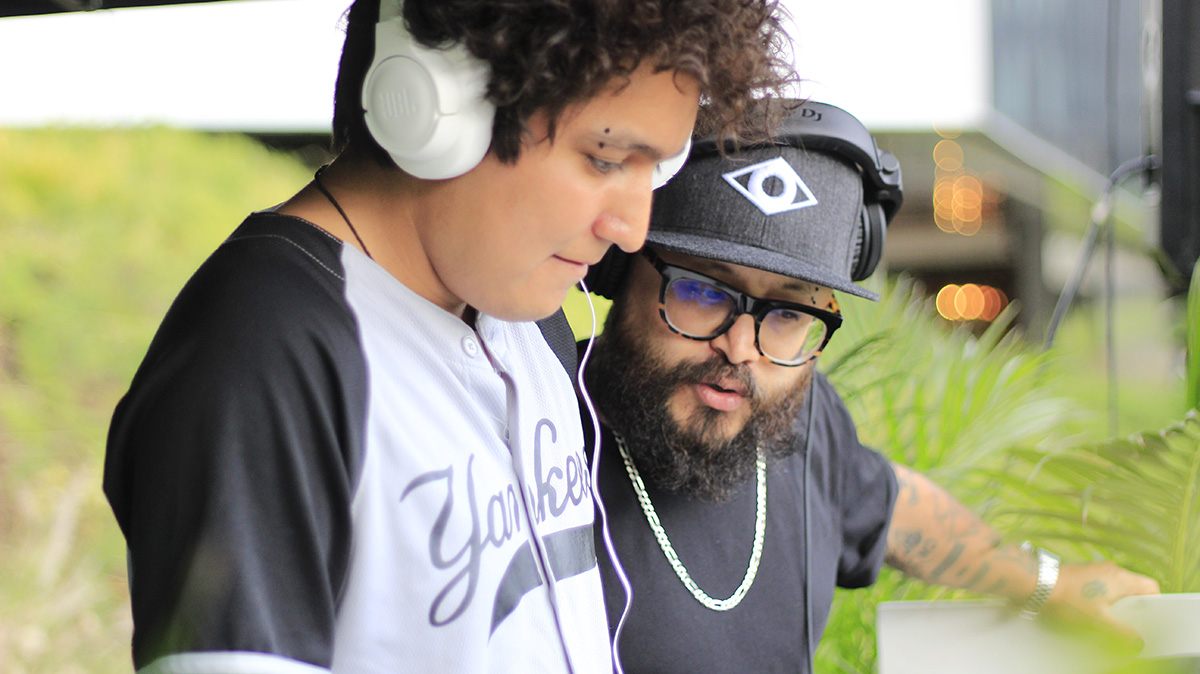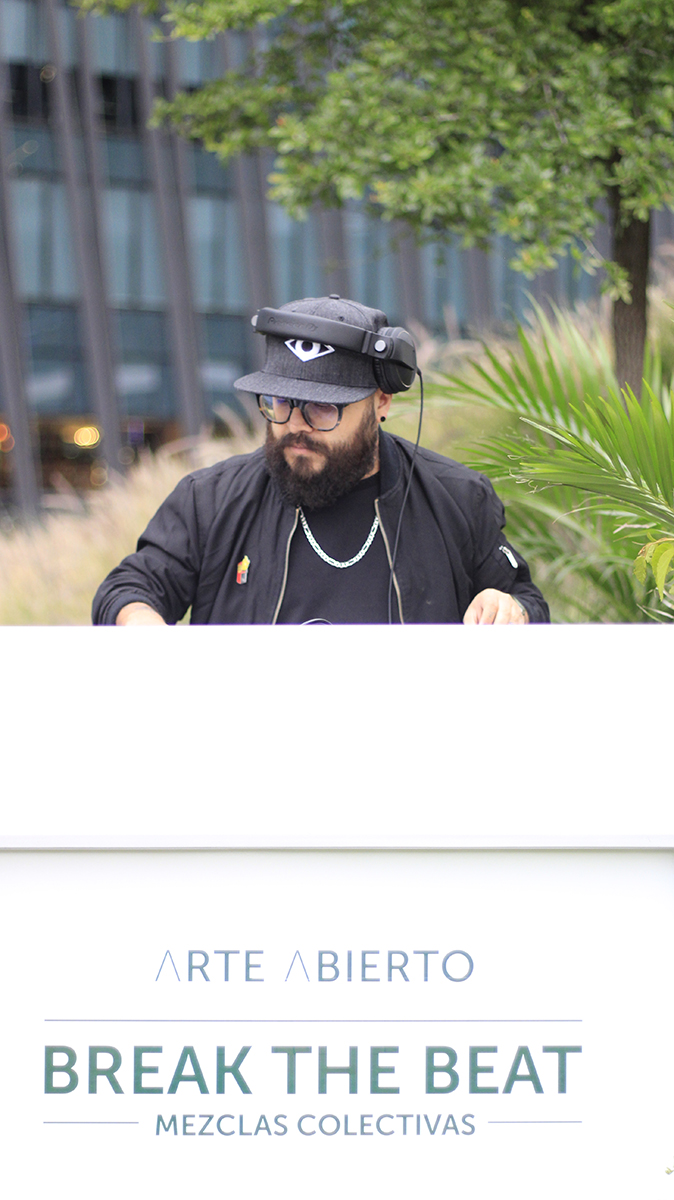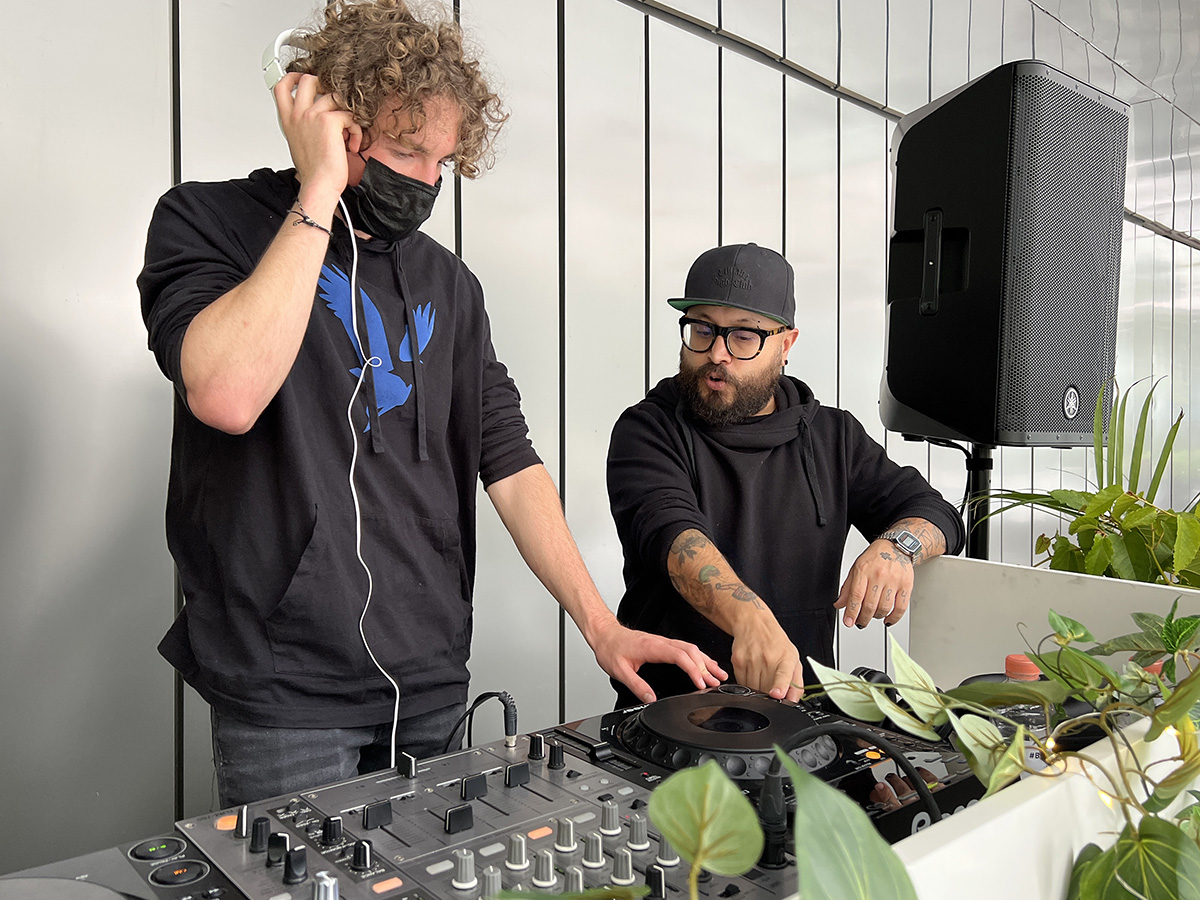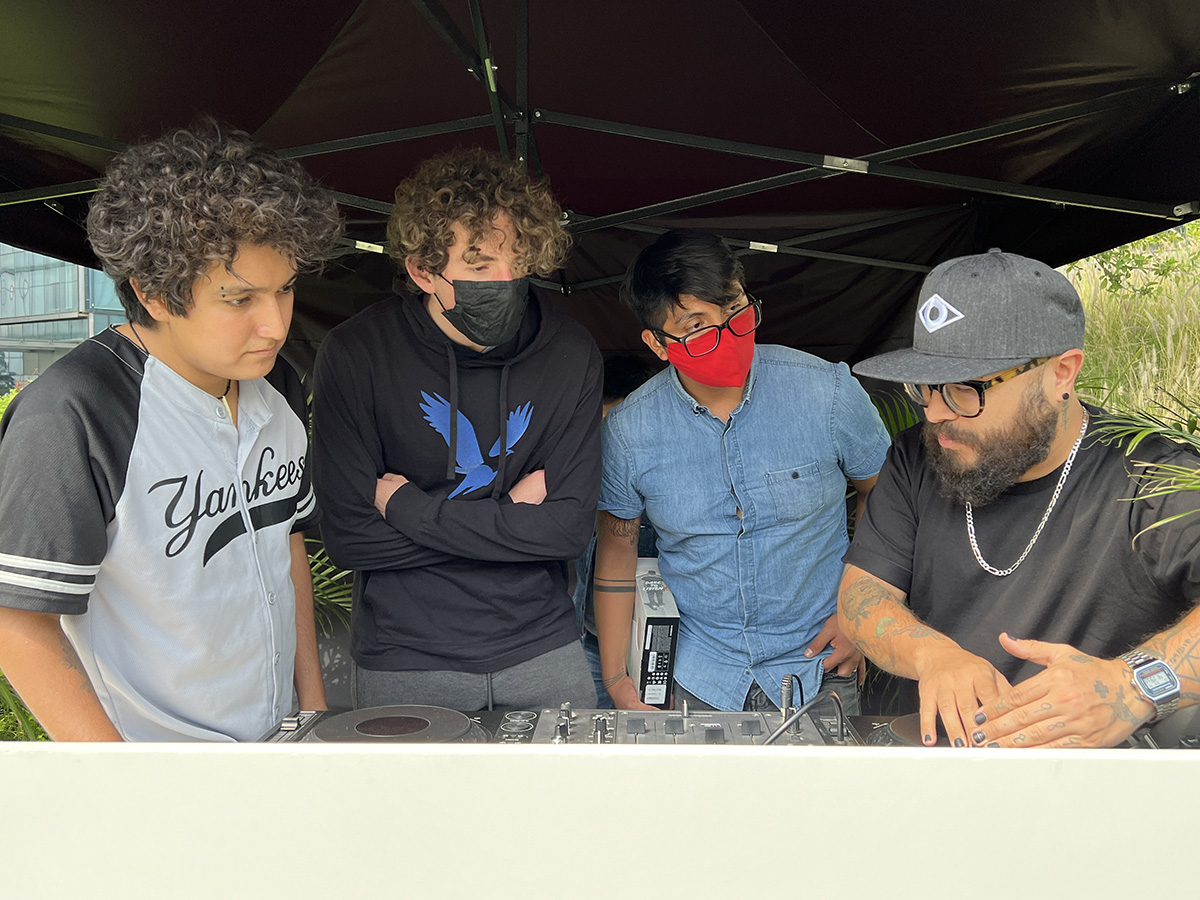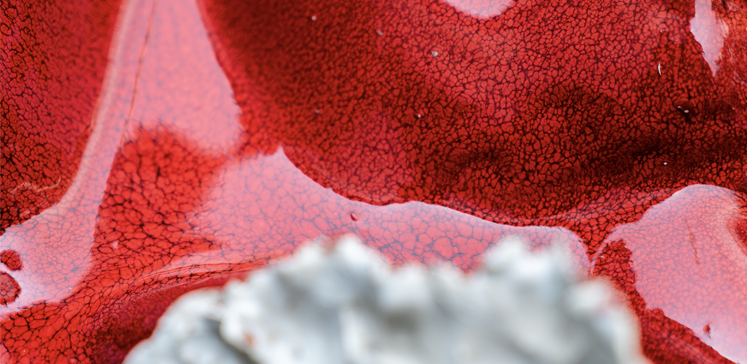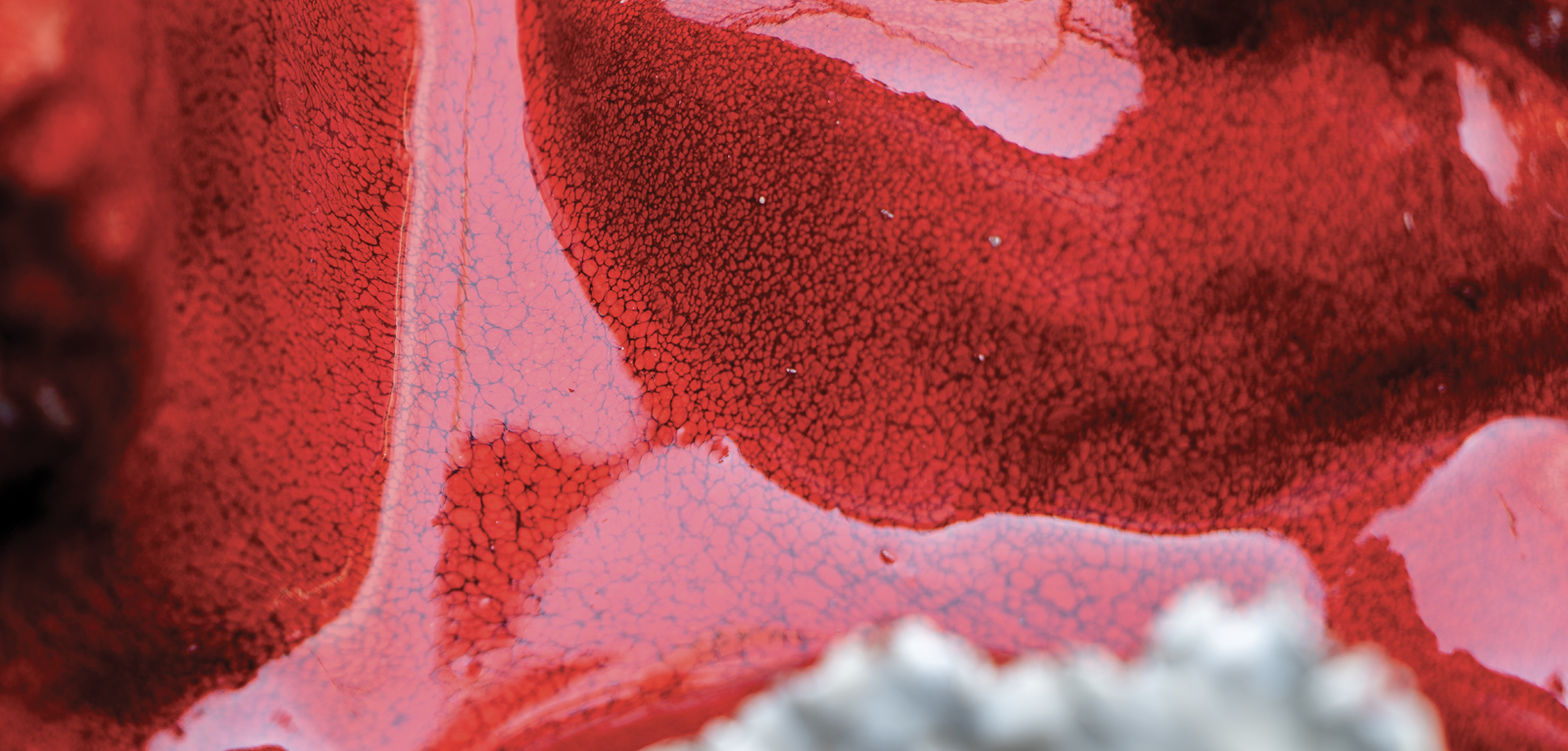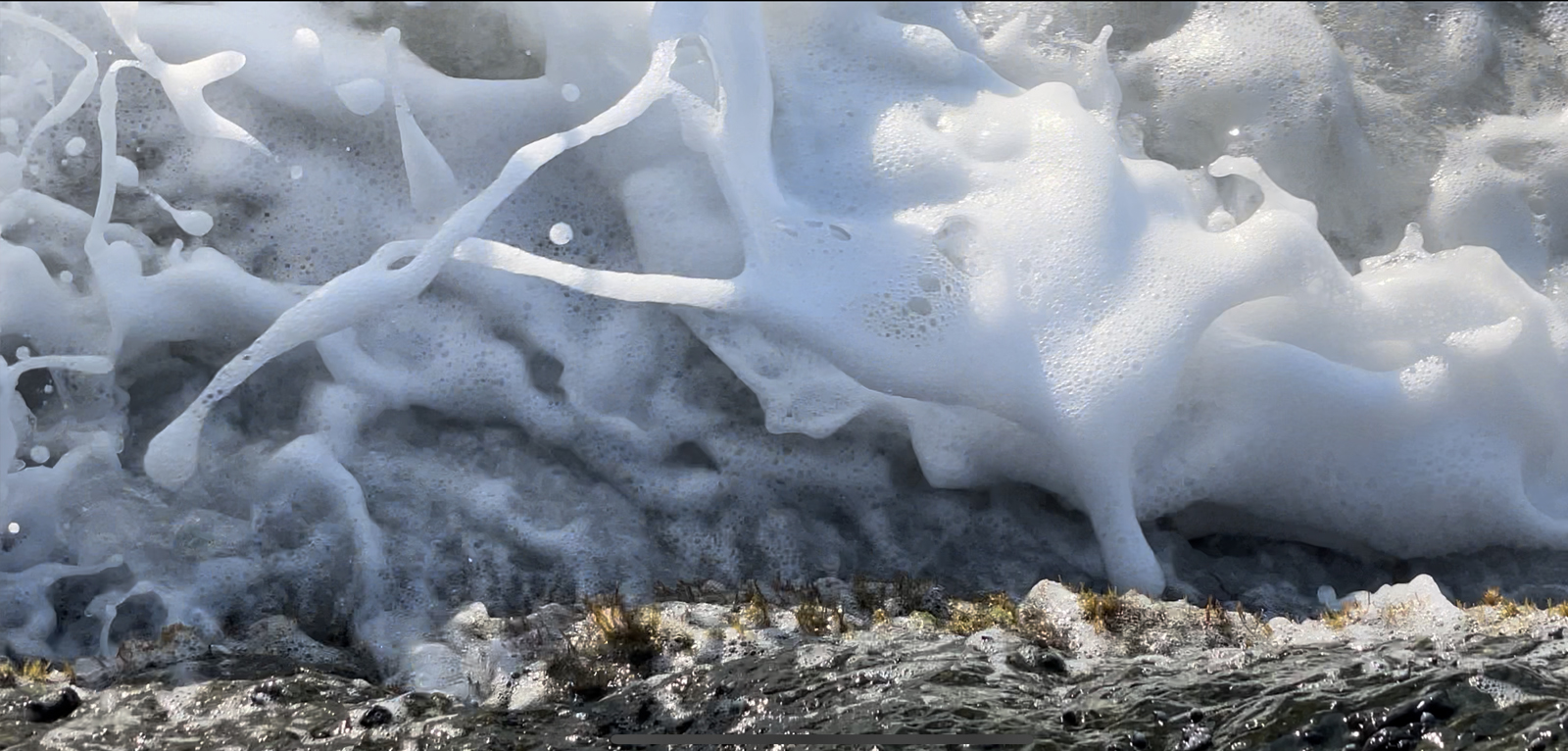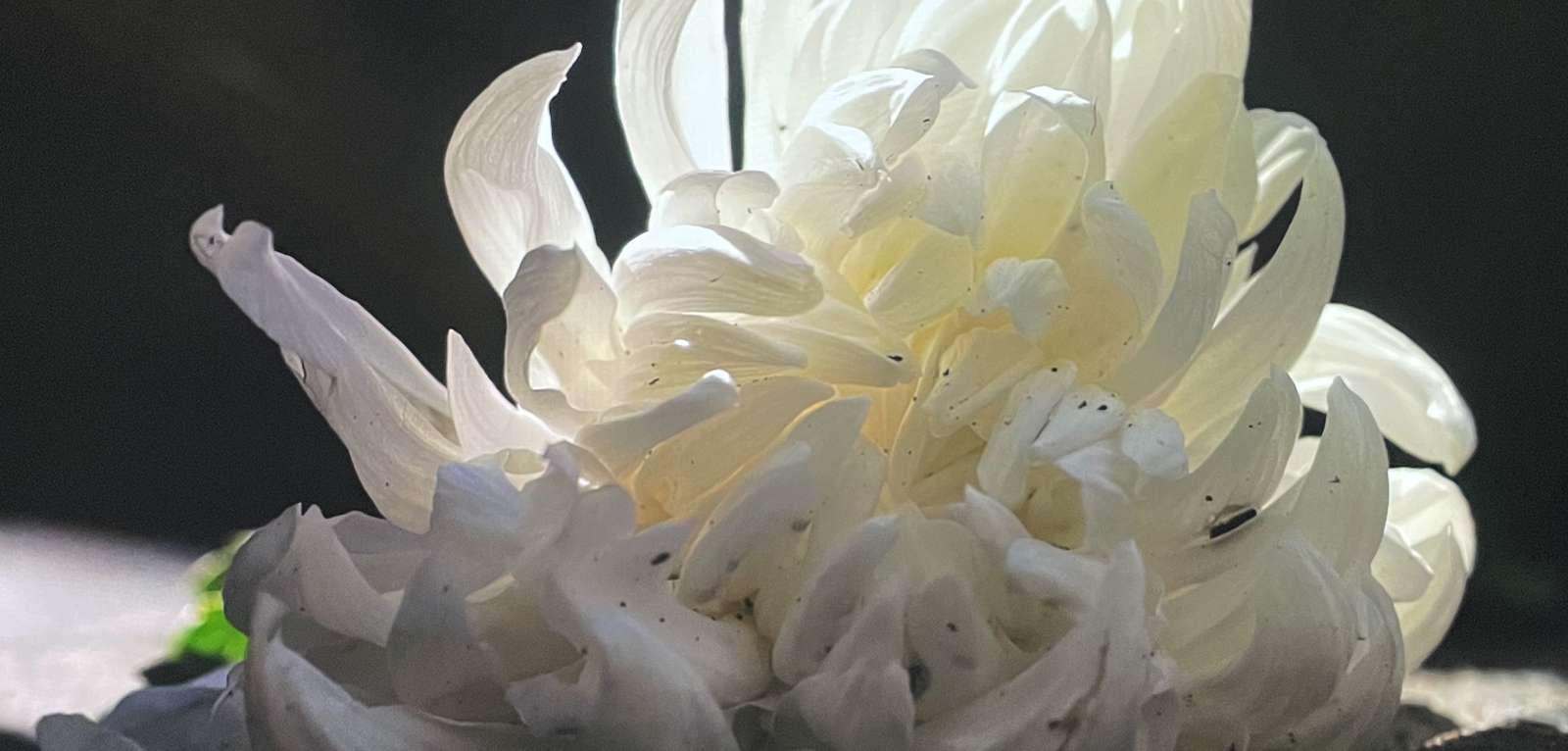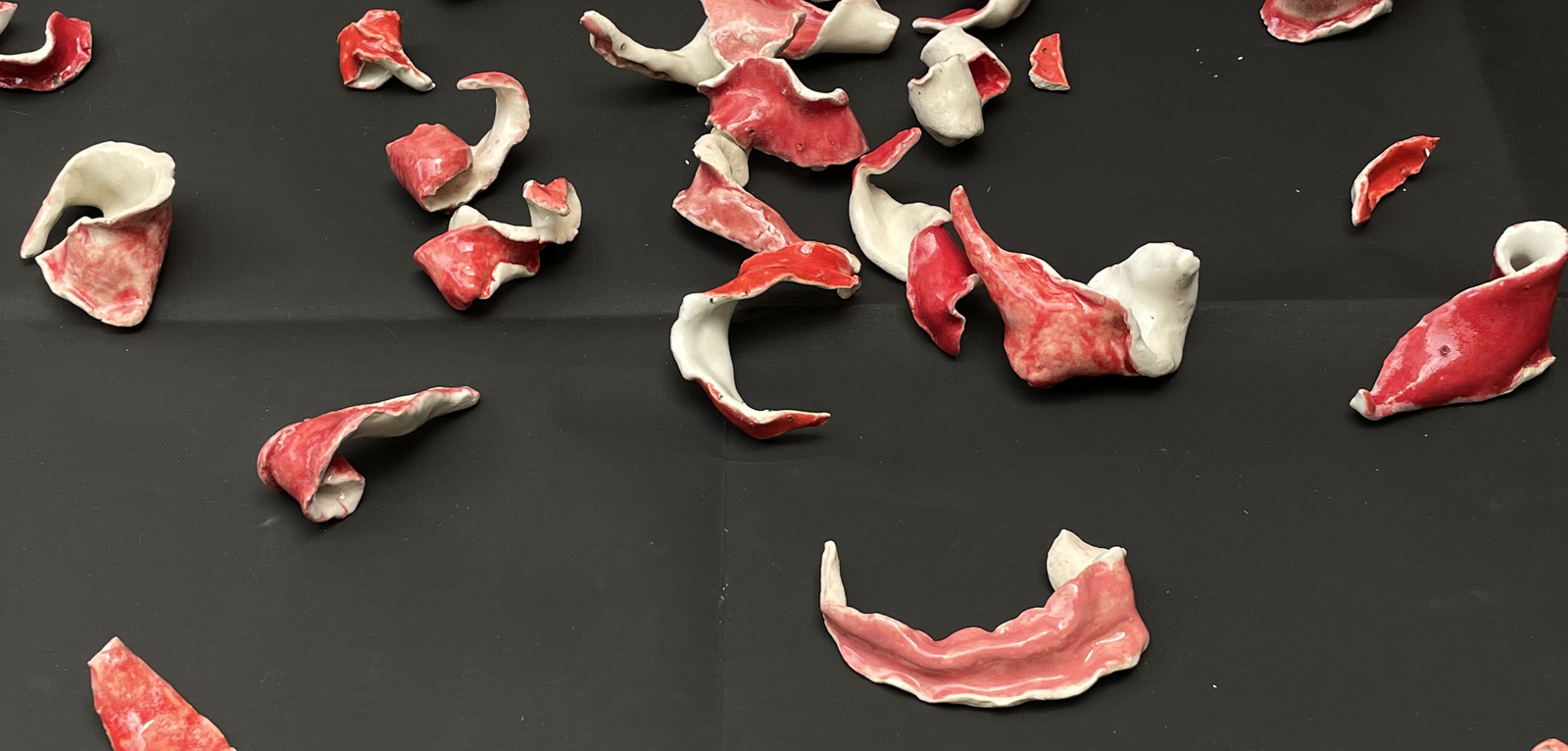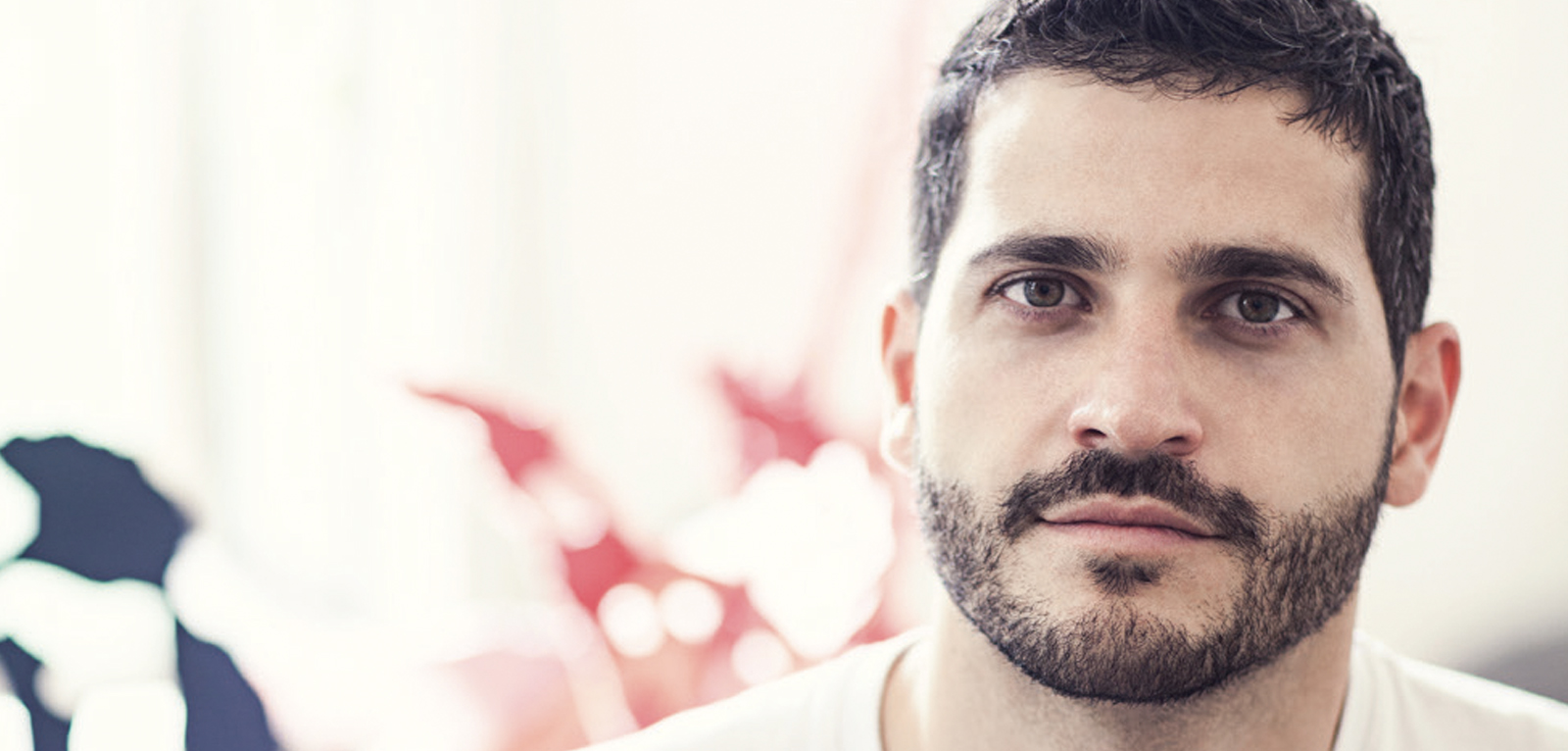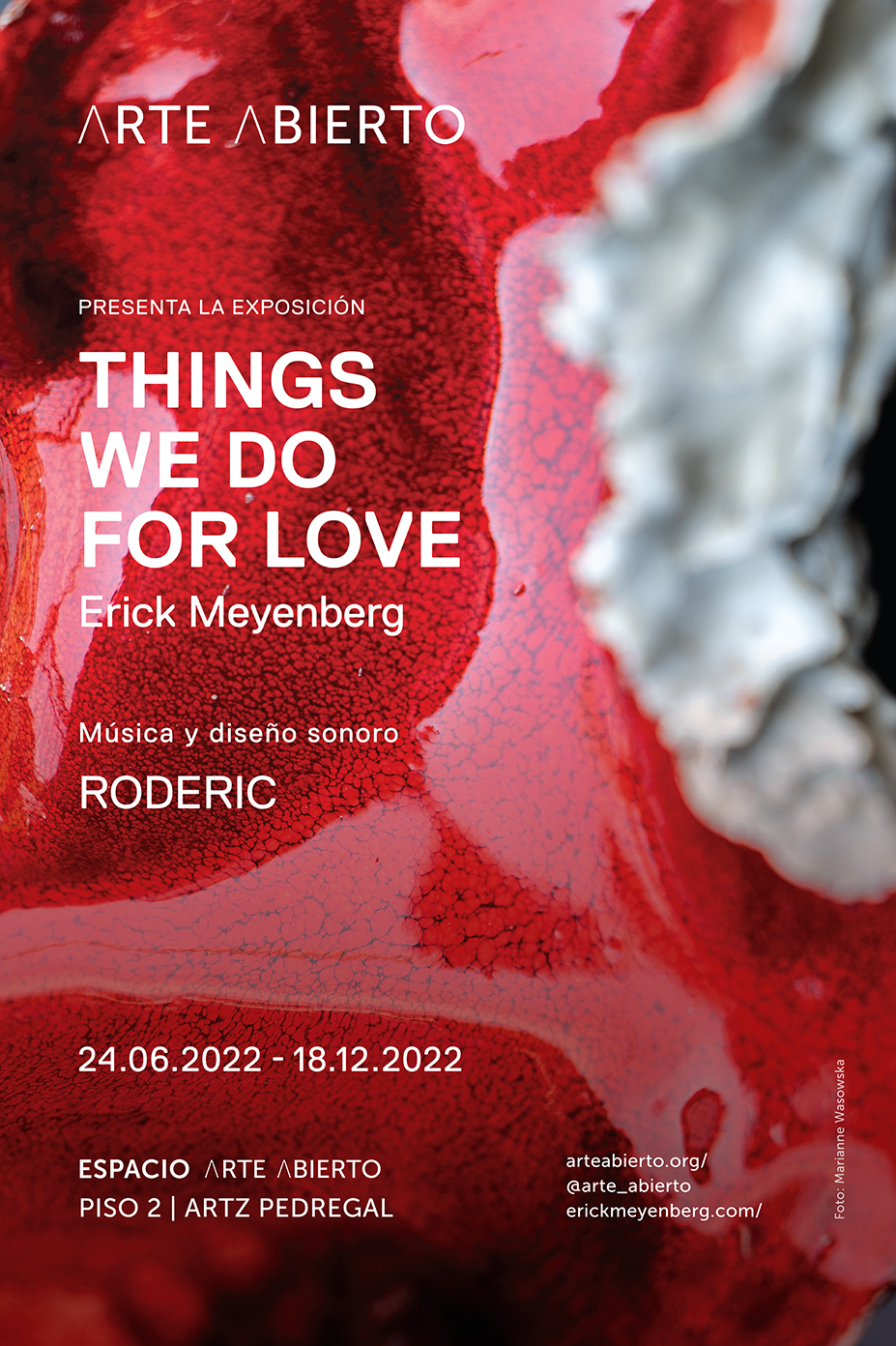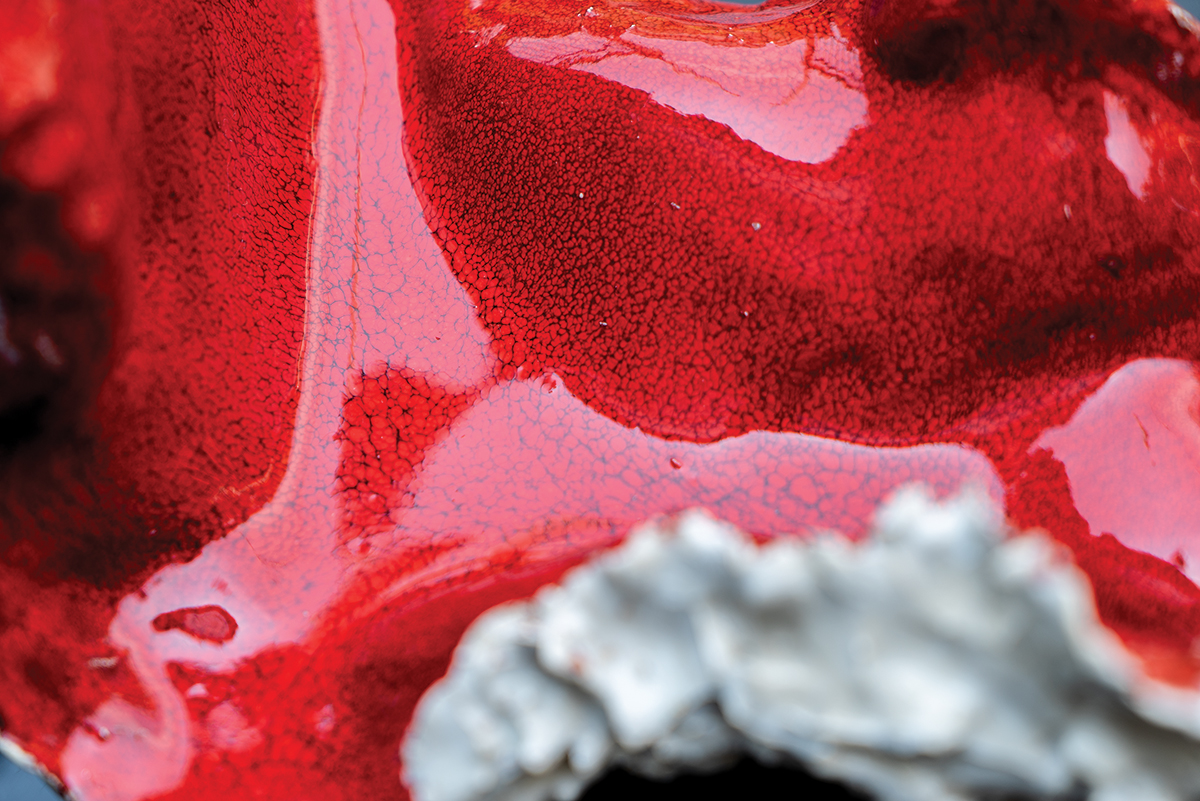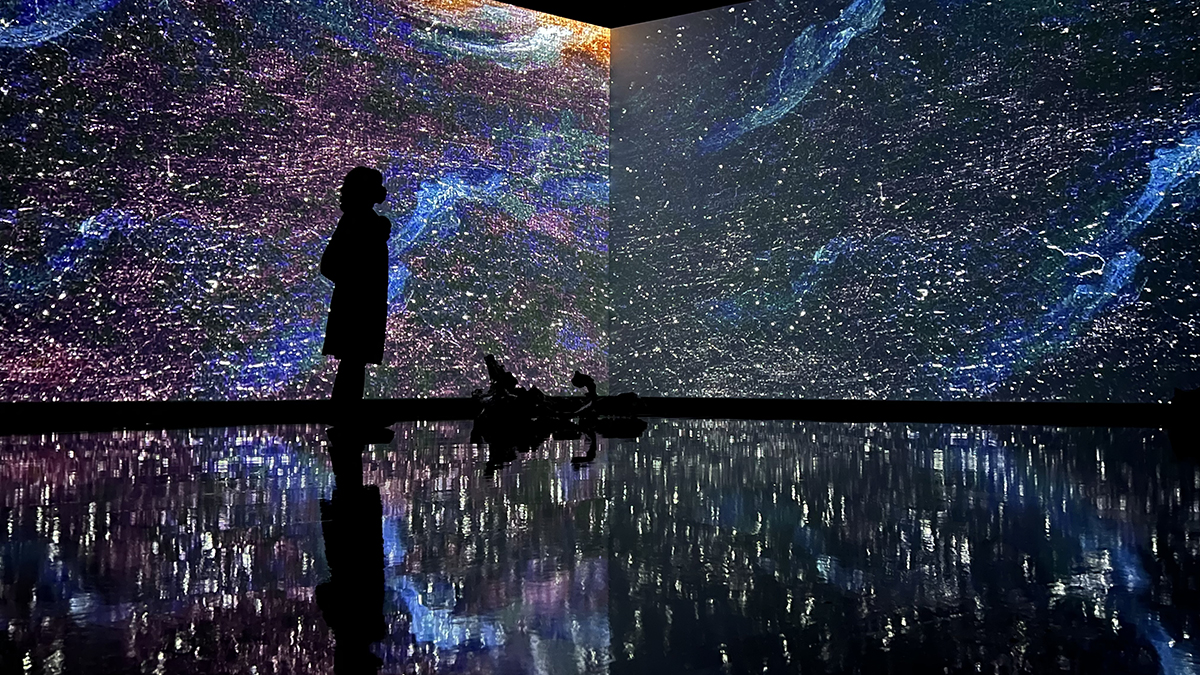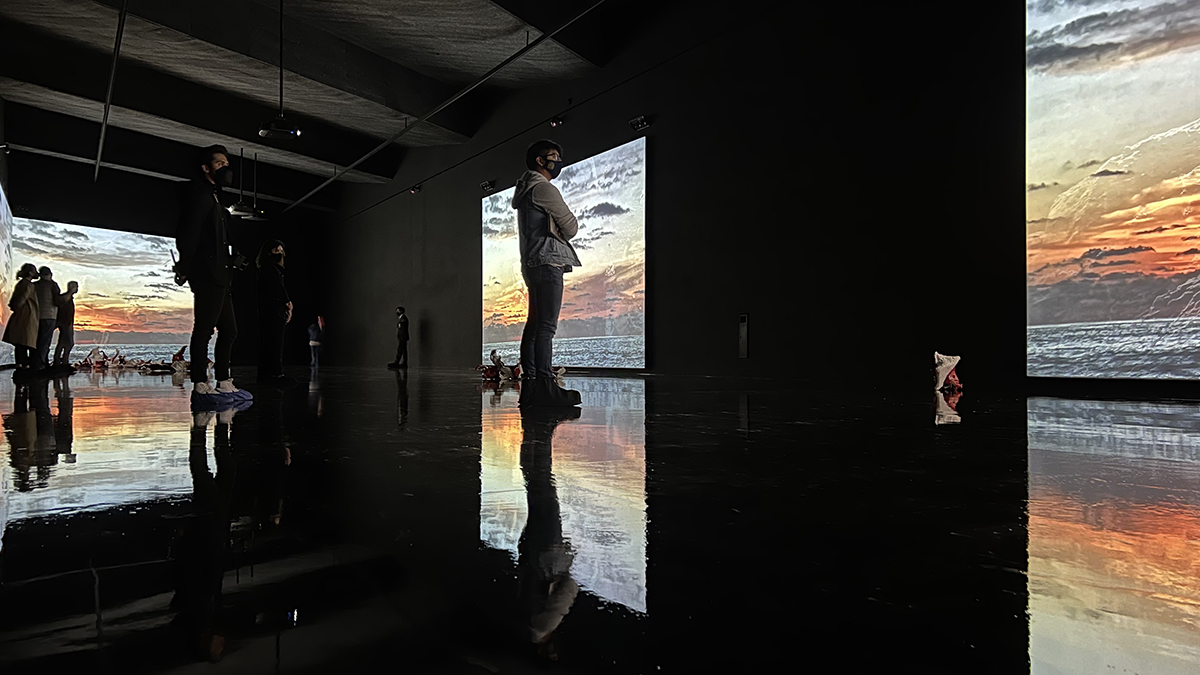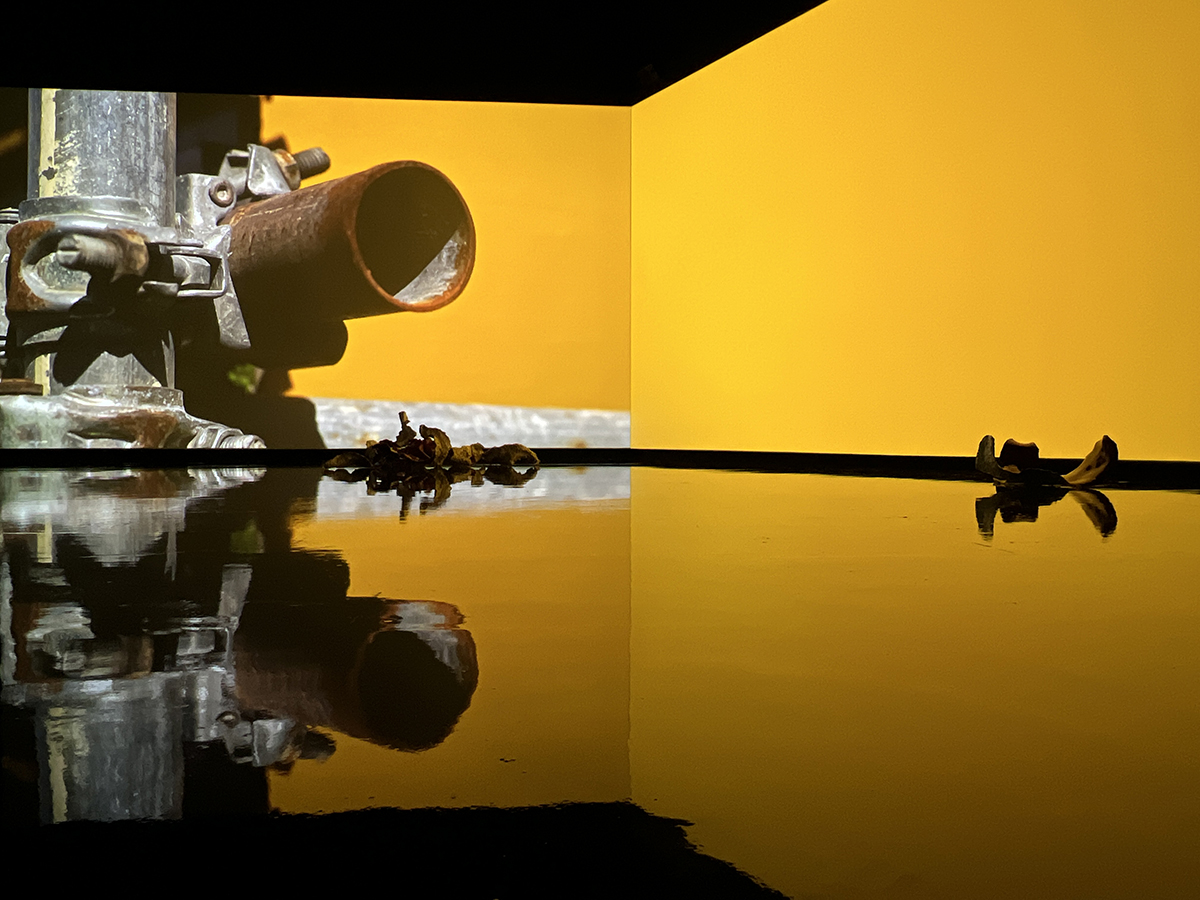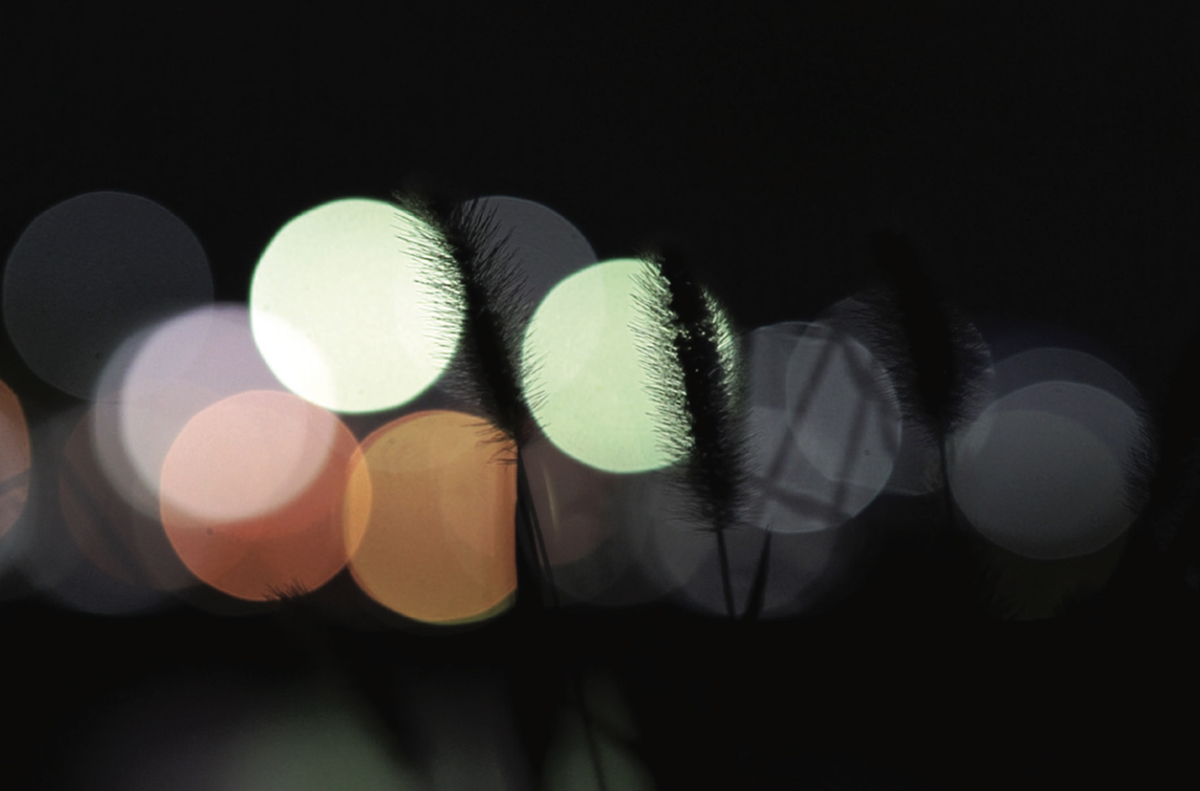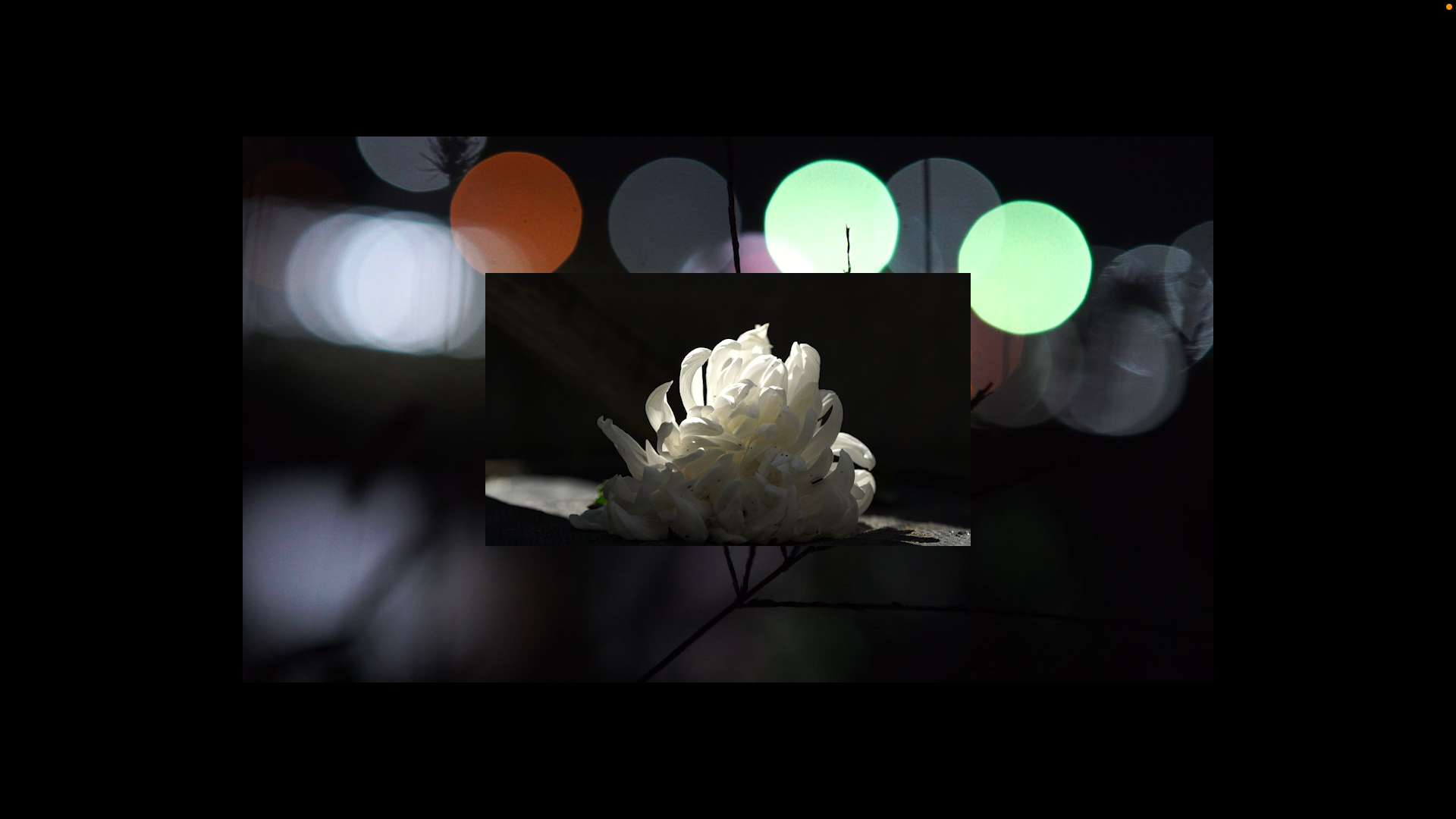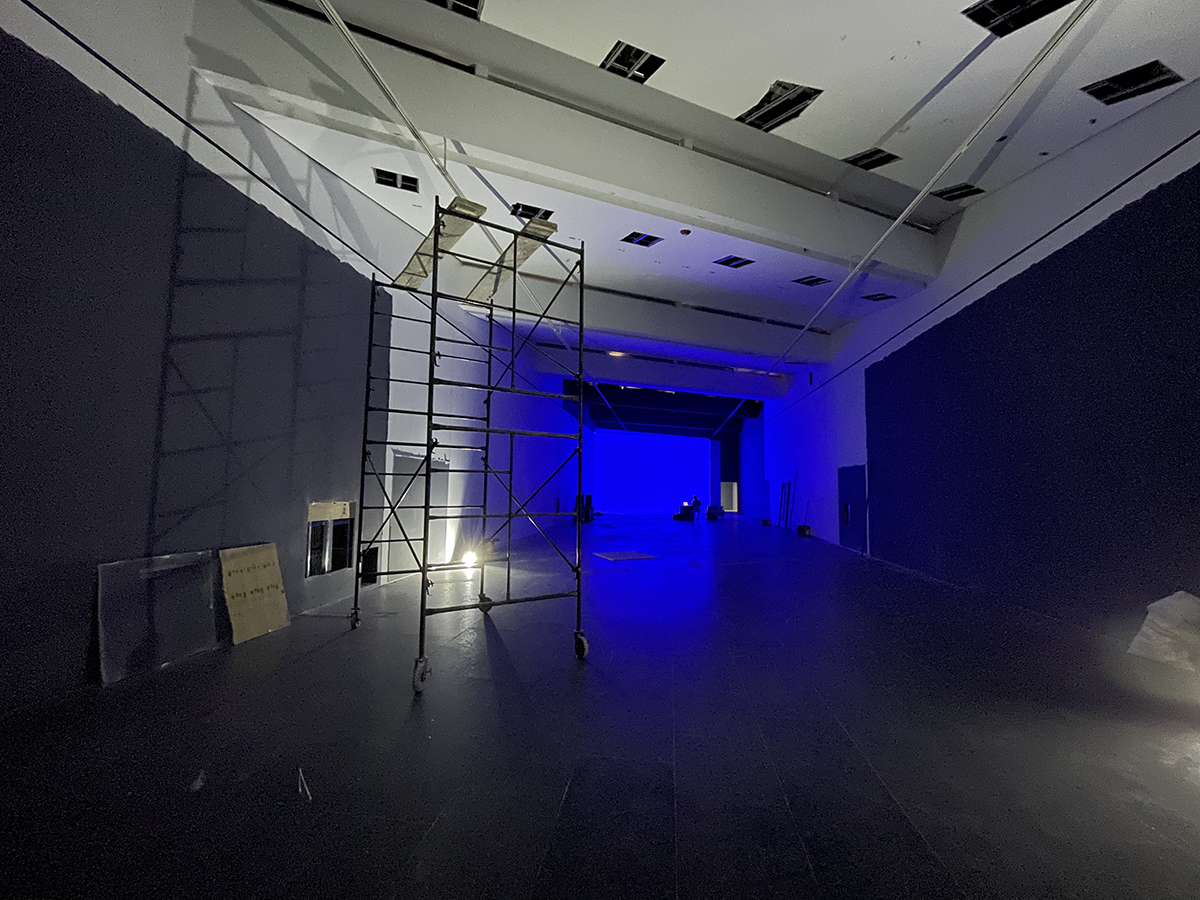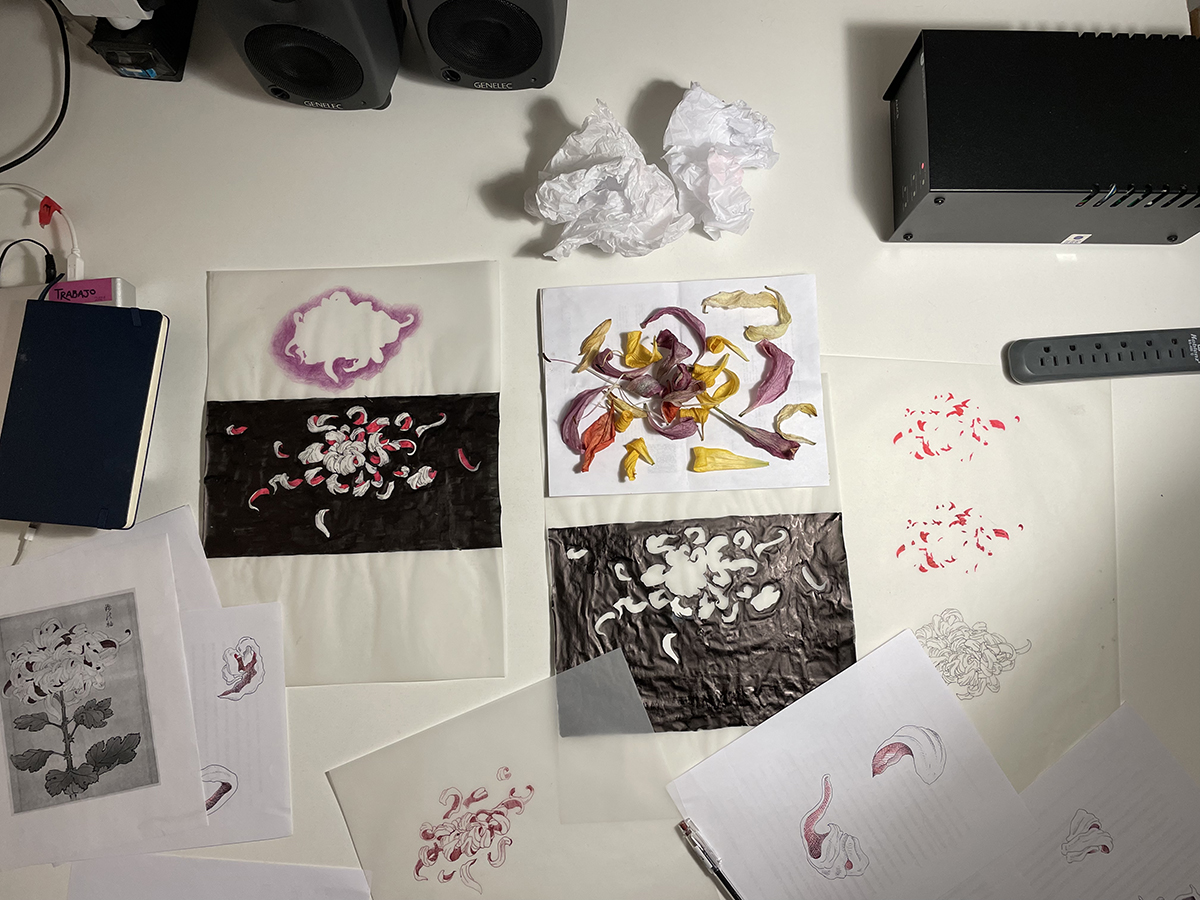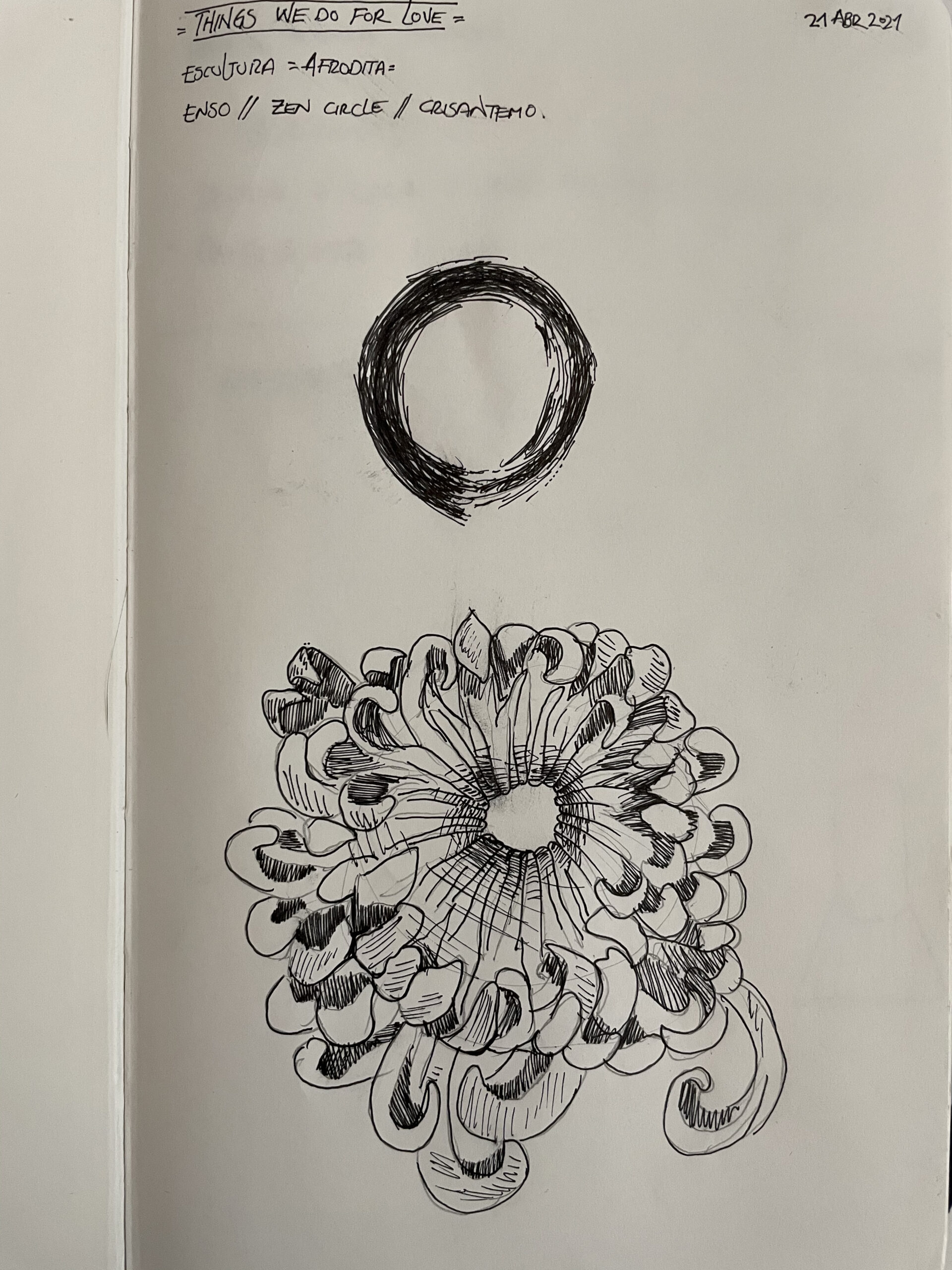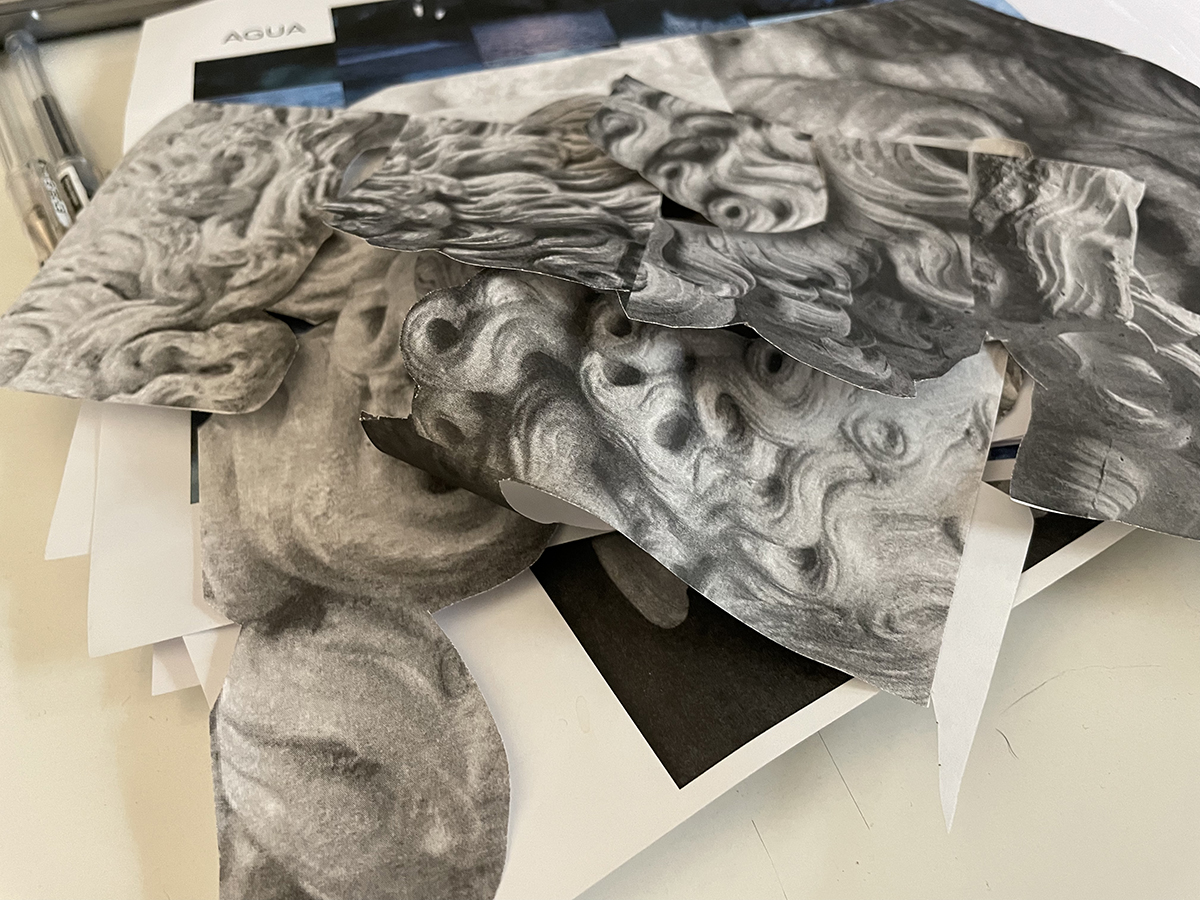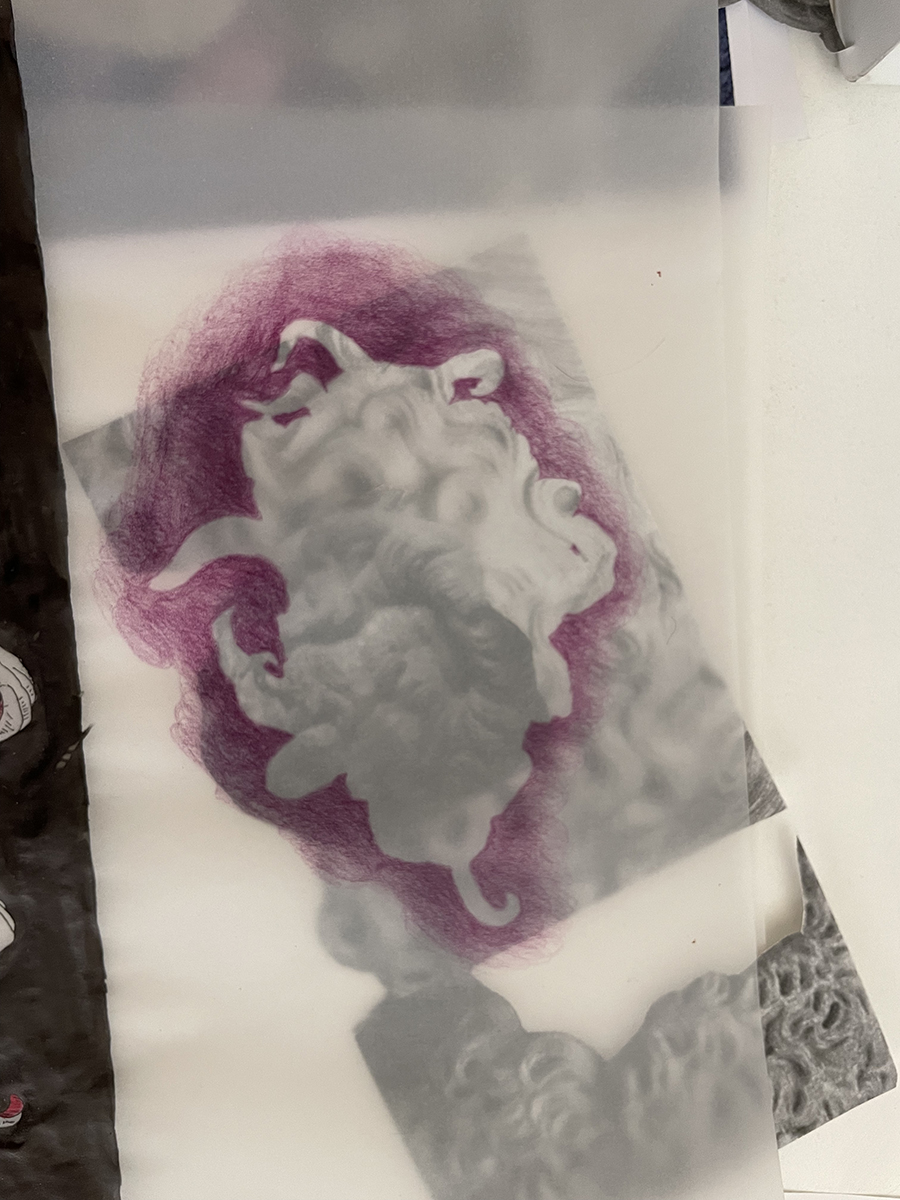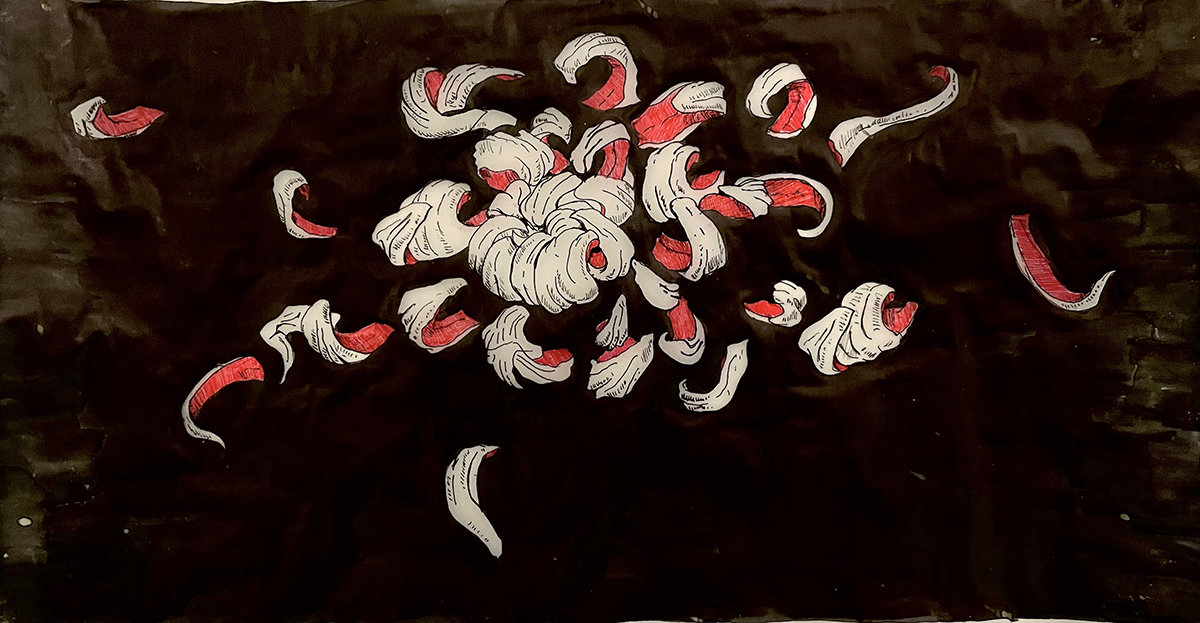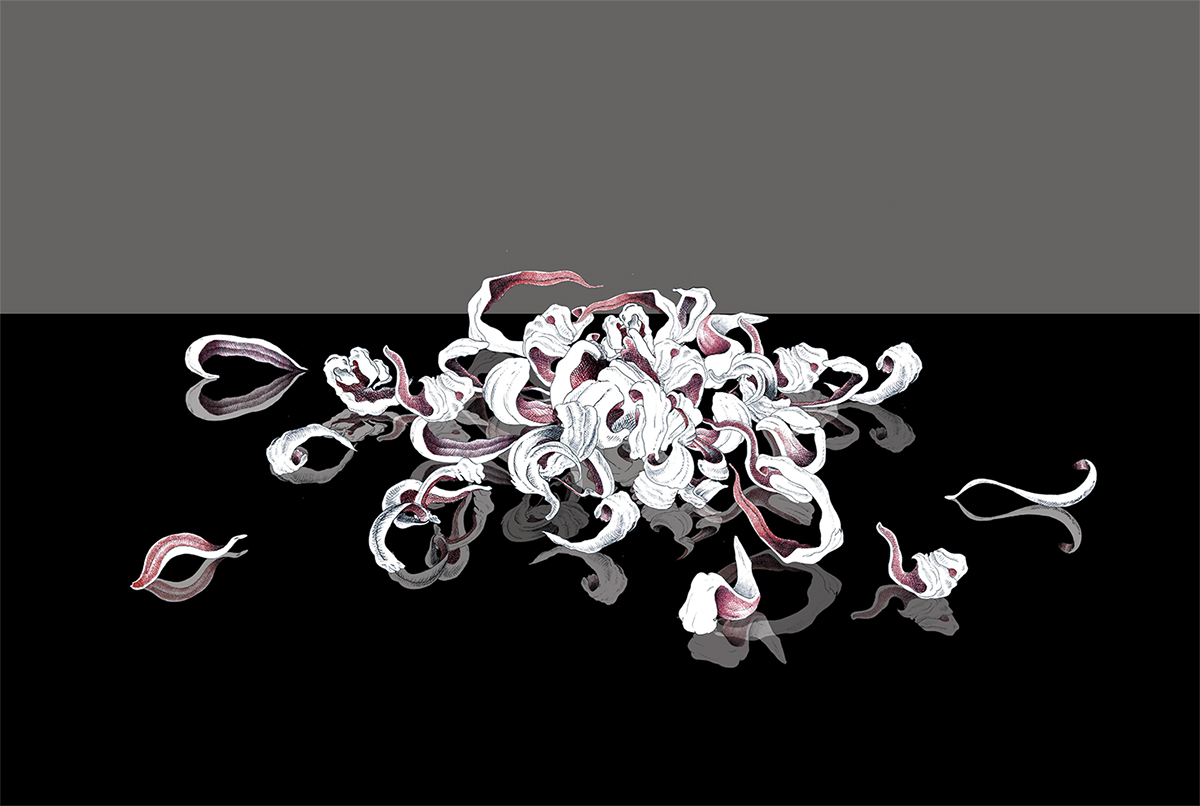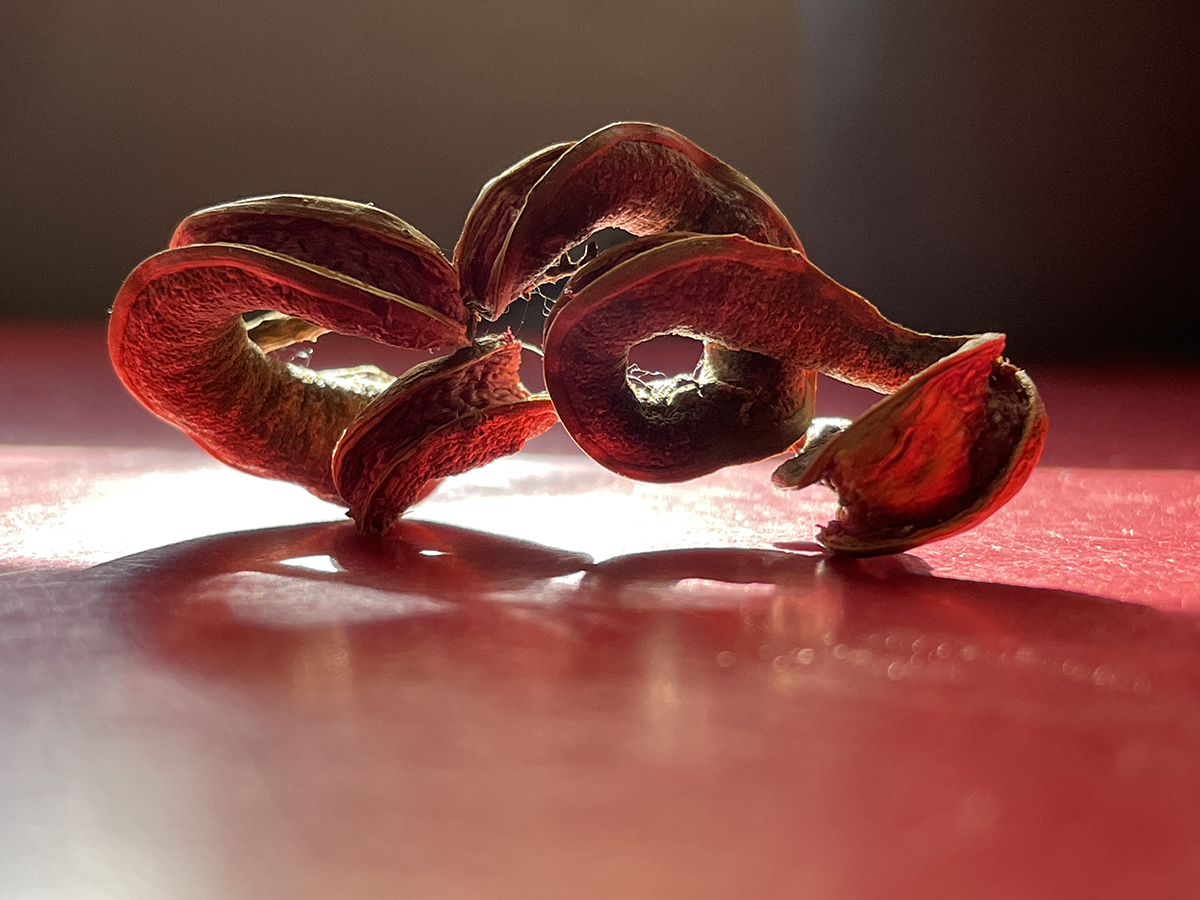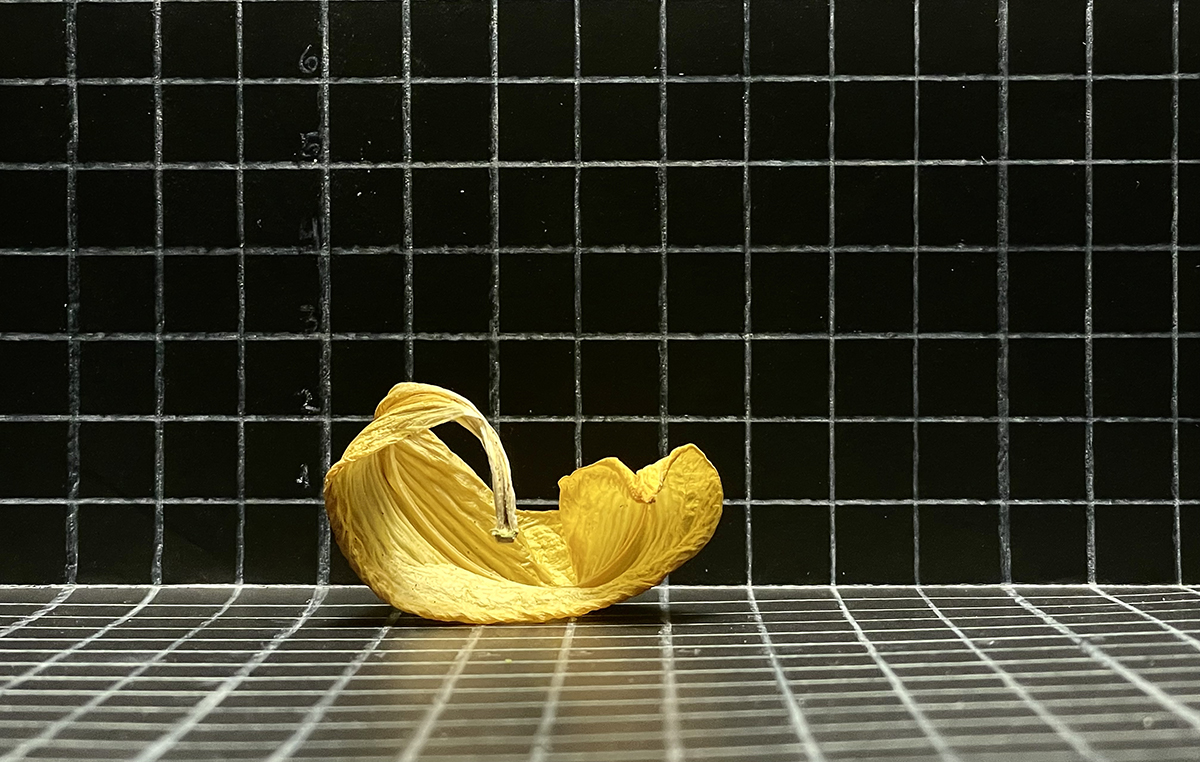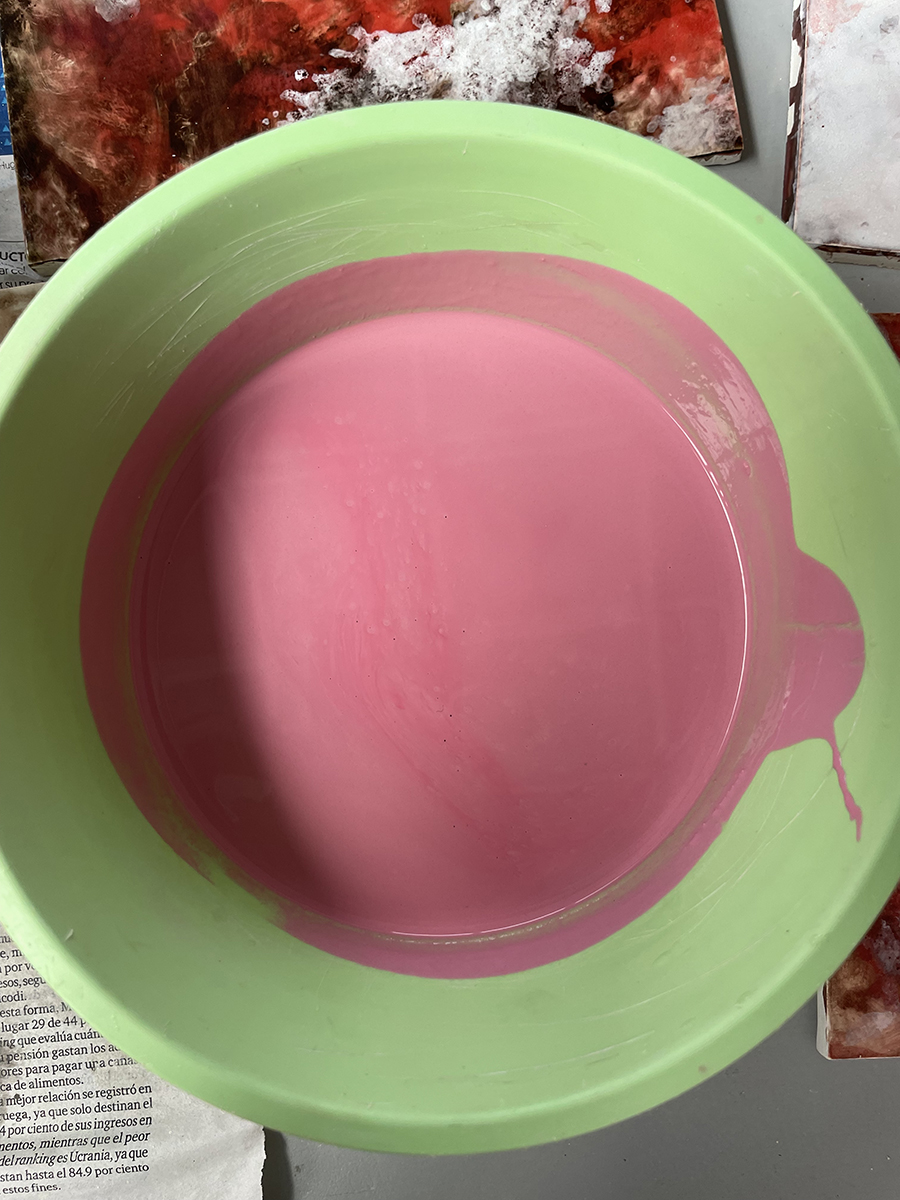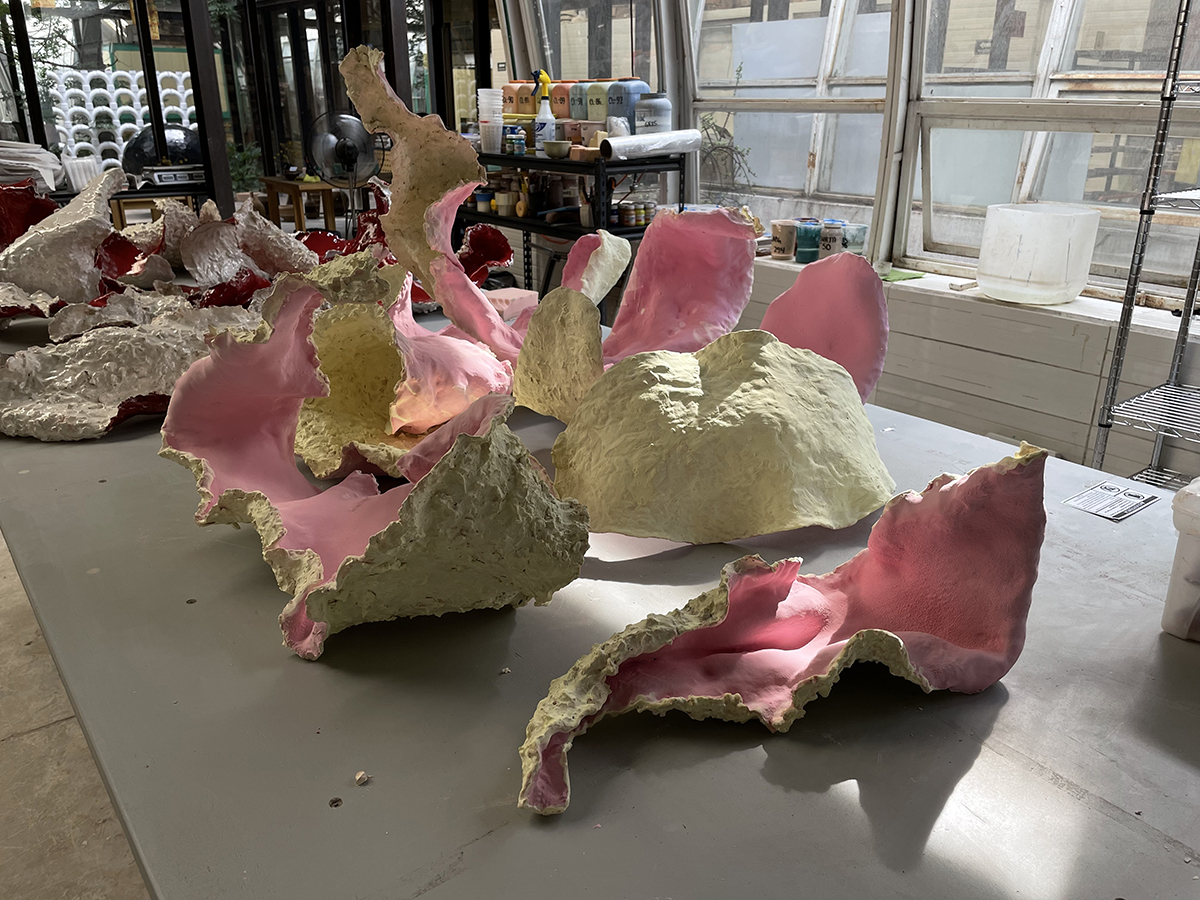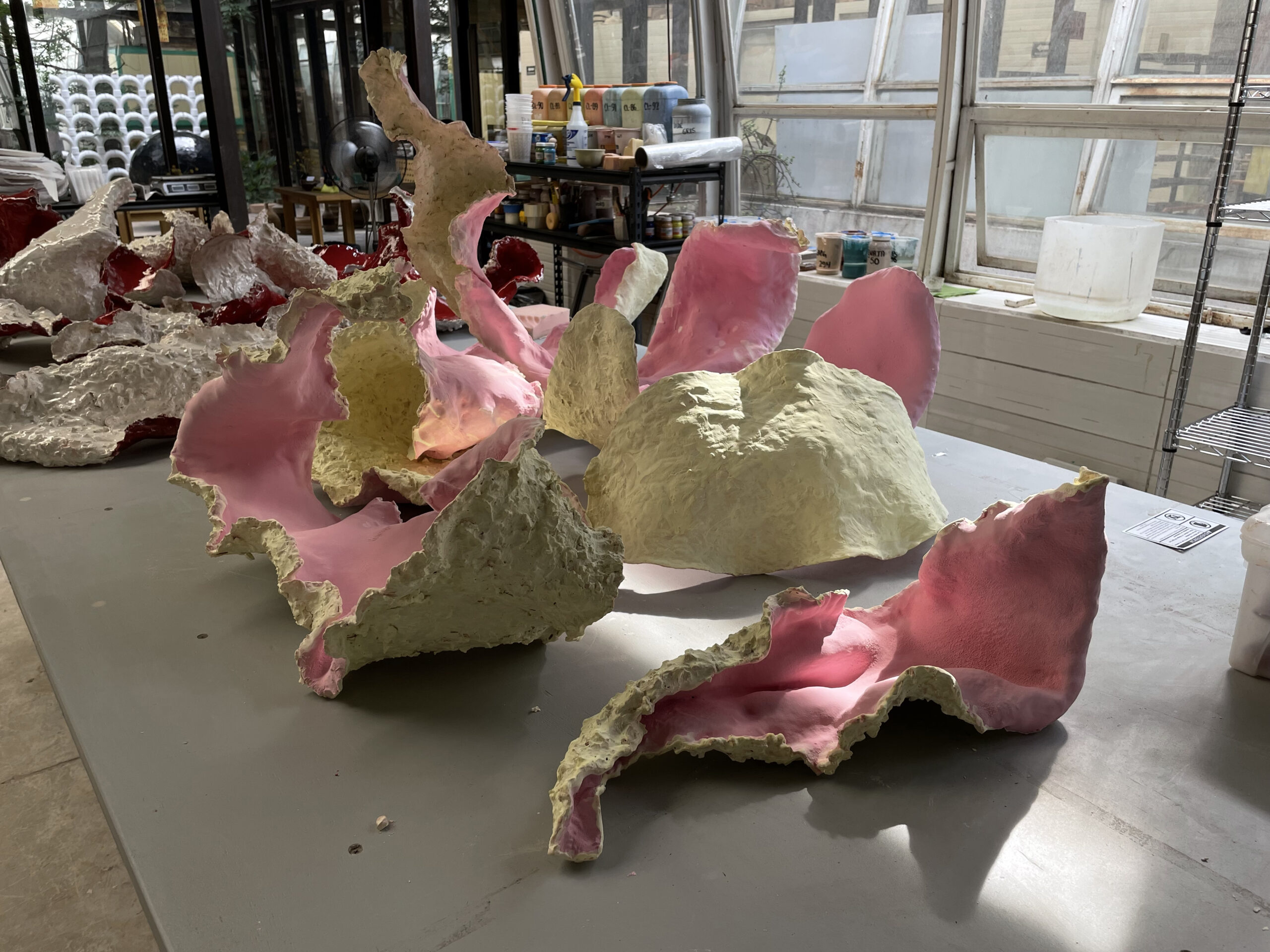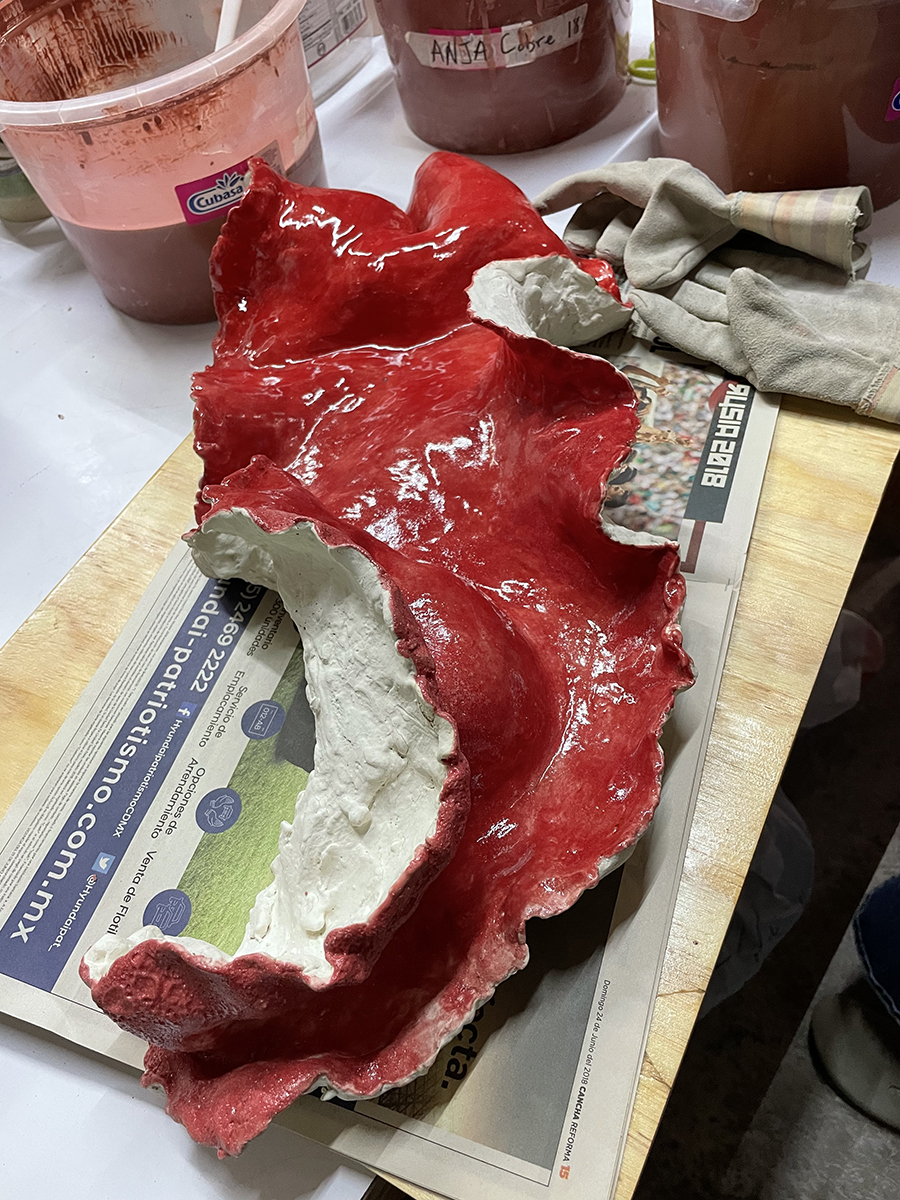19 Sep JUAN JOSÉ KOCHEN – ART AND ARCHITECTURE DERIVES 🗓 🗺
The ideal of the multifamily apartment complex.
A conversation with Juan José Kochen.
We all know some Housing Unit in Mexico City, we have visited them or even lived in them. They are considered a symbol of modernity in our country, but what stories do they hide? And how have they defined the ways of life and the image of the capital?
Join us in our 8th Art and Achitecture Derive, Juan José Kochen will talk about the idea of the multifamily apartment complex in Mexico City.
The term multi-family emerged to identify a grouped housing typology –at different levels– to accommodate homes based on a social unit for the transformation of collective relations in the urban landscape.
Between notions of progress, modernization, “stabilizing development” and the “Mexican miracle”, the Welfare State built houses with squares, parks, gardens, murals, public art and infrastructure to add cities within the city.
How was the multi-family experience? What did we learn and what did we forget? Multifamily homes are the modern utopia of a Mexico without neighborhoods.
>>
The ideal of the multifamily apartment complex.
A conversation with Juan José Kochen.
- Saturday, September 27, 2022
- 13:00h
- At Espacio Arte Abierto, located on the second floor 2 in Artz Pedregal
- Free admission
>>
No registration needed.
>>
Juan José Kochen
Architect and publisher. He studied Architecture at the Faculty of Architecture of the National Autonomous University of Mexico (UNAM), Journalism at the Carlos Septién García School of Journalism and a master’s degree in Analysis, Theory and History of Architecture at UNAM. He wrote for the newspaper Reforma, was editor of Arquine, consultant to the General Subdirectorate of Sustainability and Technology of Infonavit, fellow of the National Council of Science and Technology (Conacyt), of the Graham Foundation for Advanced Studies in the Fine Arts and of the Youth Program Creators of the National Fund for Culture and the Arts (FONCA) on two occasions. He is the author of La utopía como modelo, a professor at the Universidad Iberoamericana and director of the ICA Foundation.
TW @kochenjj
Arte Abierto continues with its new public program “Derivas de arte y arquitectura”, which seeks to renew our gaze on the architectural legacy of Mexico City. From a series of talks focused on rescuing the parallel stories of emblematic architectural projects and public spaces that have witnessed the variable intersection between art and architecture. In this first stage, the program deals mainly with modern architecture, based on a series of talks given by invited curators, architects, artists and urban planners.
With this program, ways of returning to architecture part of its public, experiential, collective character and close to those of us who inhabit the city are tested, recognizing in it its condition as a living archive. From these talks, circumstances, contexts and anecdotes are revealed that have been part of his sensitive memory and that complement his material memory, a relationship that often escapes documentary narratives and academic accounts.
The objective of the drifts is to generate experiences of spatial rediscovery, which allow us to renew our gaze on the legacy of certain emblematic architectural and artistic works, as well as those that have been forgotten.
The derives will be carried out free of charge on the last Saturday of each month, at 1:00 p.m. with a limited capacity.
Arte Abierto Derives :
February 26: Tania Ragasol / Entorno urbano, cotidianidad y arte: La Torre de los Vientos by Gonzalo Fonseca
March 26 : David Miranda / Del Animal Herido y otros eventos escultóricos dentro de la arquitectura moderna
April 23: Gustavo Lipkau y Xavier Hierro / Integración plástica de los edificios del campus central de CU: sus murales
May 28: Marisol Argüelles / La casa-estudio Diego Rivera y Frida Kahlo. Del espacio doméstico a la dimensión de lo público
June 25: Luis Javier de la Torre/ La Ruta de la Amistad MÉXICO68… más allá de 1968
July 30: Aldo Solano/ Architecture for playing in 20th Century Mexico City.
August 27: Christian del Castillo/ Tracing the modern in the architecture of the Historic Center of Mexico City.
September 24: Juan José Kochen/ The ideal of the multifamily apartment complex.



